In pictures: the W* photography desk’s 2019 digest of visual inspiration
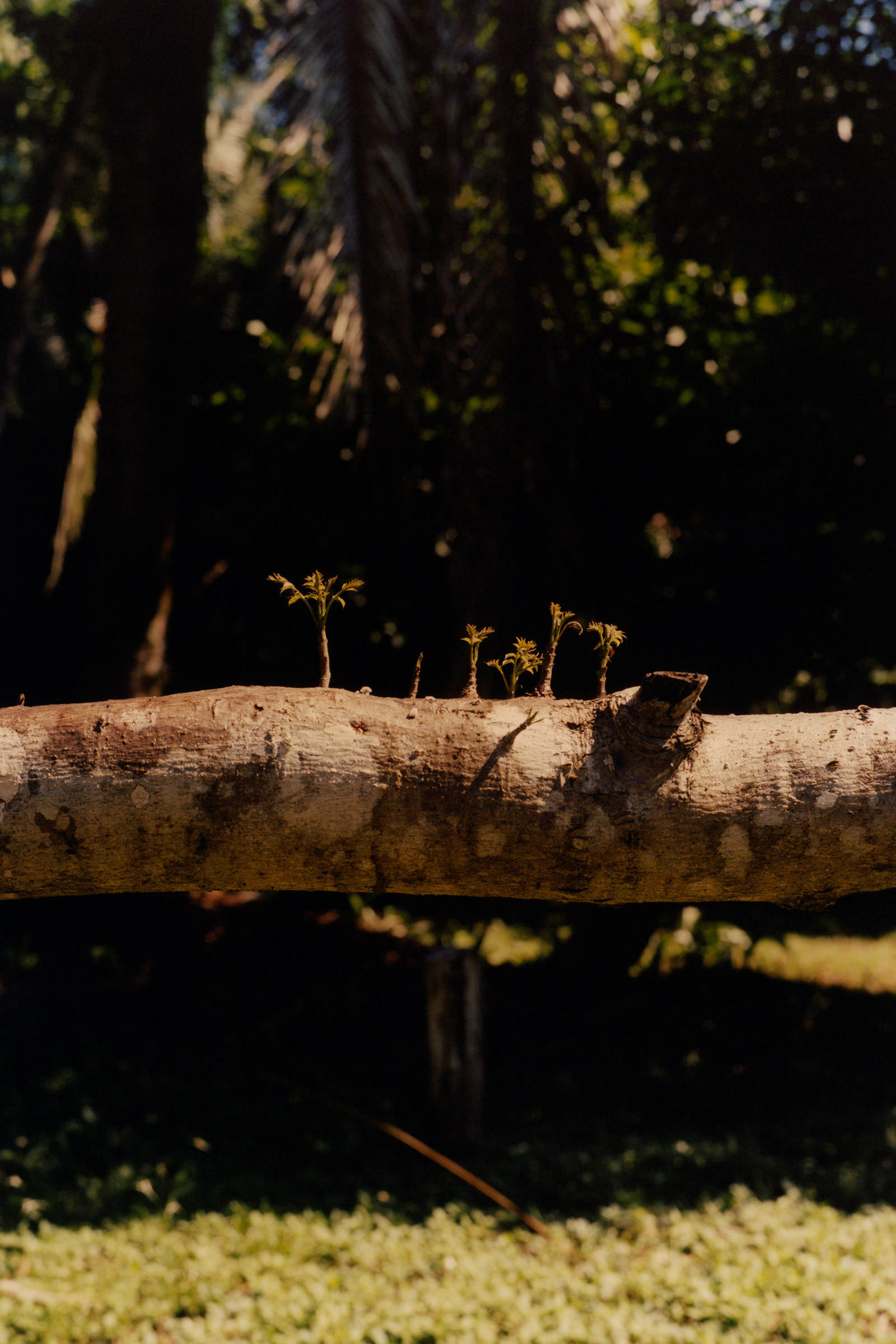
Colin Dodgson’s Deeper Green radiates the environmental intensity of Belize: from ancient ruins and jungles, to deserted tracks and modern ranger stations. Shot on film by the renowned photographer in collaboration with World Land Trust and its ambassador Jonny Lu, the book – carbon neutrally printed, of course – provides insight into the organisations at the front line of sustainability and conservation. Describing an experience within the Rio Bravo Conservation area, Dodgson told Wallpaper* about the image here: ‘I wandered over to what I thought was a dead tree made into a fence post. It was dead of course, but something amazing was happening. From the side of this dead tree there were the tiny sprouts of new trees. New growth. Regeneration. Protected. I took a photograph walked back to the car and realised we had finally arrived and how important the work is that these groups do.’
Writer: Sophie Gladstone

Early in Xiaopeng Yuan’s career, he was often commissioned by Chinese kidswear brands to photograph Western models in American settings. Now, with Loose Joints, the Shanghai-born artist has published Campaign Child – a restructuring of this visual language he came to know so well. Orchestrated glossy photographs include a budgie under clingfilm; a luminous multipack of tissues; and a girl spitting out cherry pips (pictured). These are both reminiscent of yet far removed from their commercial inspirations. Through these imaginative and sometimes absurd settings, Xiaopeng communicates the globally pervasive symbols of Western capitalism and how we validate desire through mass media.
Writer: Sophie Gladstone

Opening 21 November in London, a new exhibition brings together unseen projects from East’s roster of photographers and set designers, who have responded to the theme of ‘Balancing Act’ – often with unusual results. Regular Wallpaper* contributor Leandro Farina’s satisfyingly totemic forms (pictured) were created with set designer Annette Masterman. Photographer Ryan Hopkinson has ventured to the coast for his contribution, with immense graphic sculptures emerging from the sea. Elsewhere, Brea Souders applied experimental techniques using static electricity on found negatives, while Jess Bonham collaborated with set designer Kei Yoshino to convey the juggling act of motherhood and work. Artists Anna Lomax, Rick Guest, Owen Silverwood and Gemma Tickle also feature. By appointment until Christmas at the agency’s new Dalston location.
Writer: Sophie Gladstone
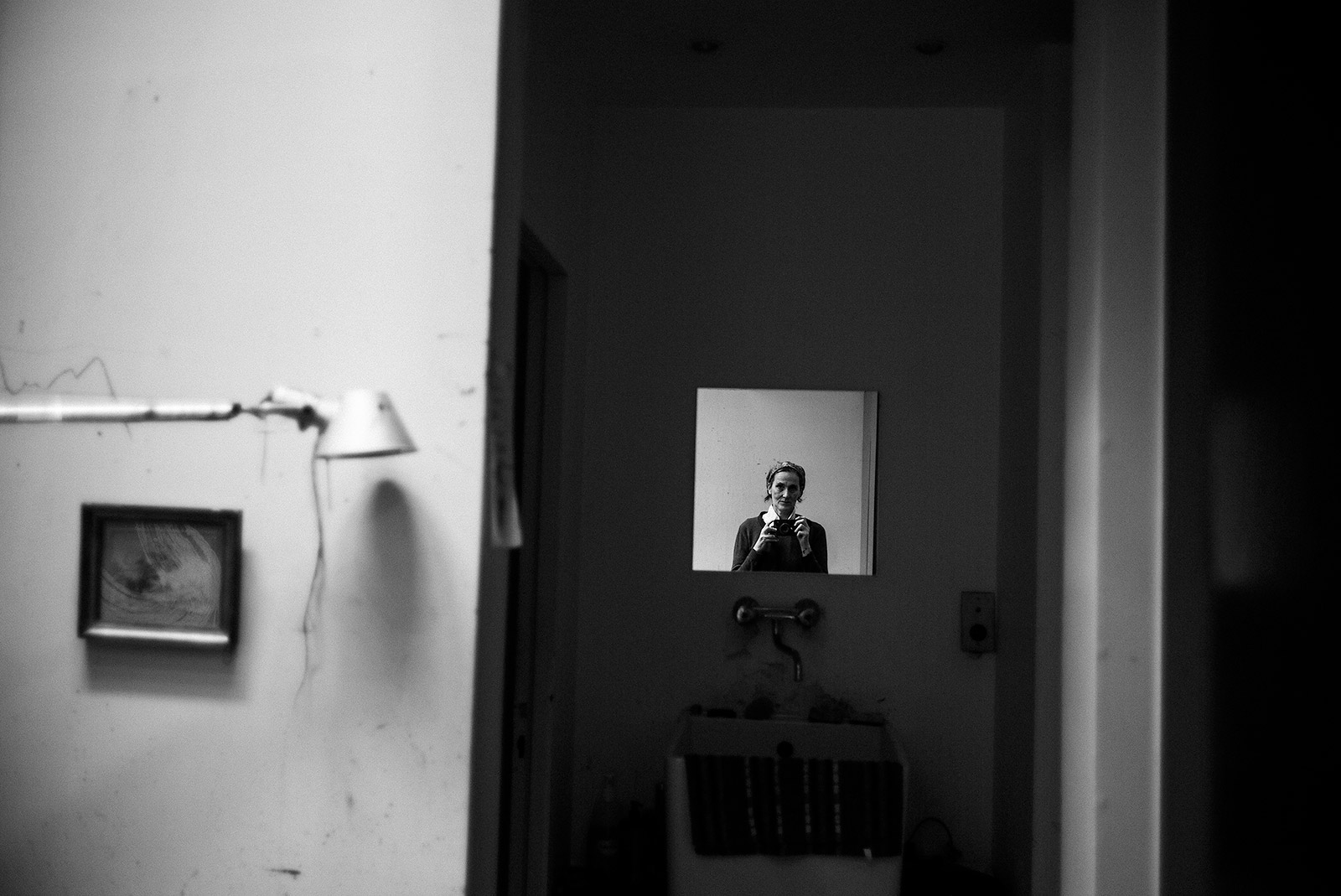
Benjamin McMahon began lending his camera to his subjects to capture themselves after a shoot, questioning portraiture’s authenticity and the photographer’s influence. Actors, politicians, musicians and artists, including French painter Fabienne Verdier (pictured) have all revealed a potentially more ‘honest’ portrait of themselves for McMahon. As the portrait photographer explains, ‘This is my set of self-portraits, none of myself.’ The exhibition ‘Not Myself’ is on view until 17 November at Elephant West, a disused petrol station in London’s White City that has been repurposed as a gallery.
Writer: Sophie Gladstone
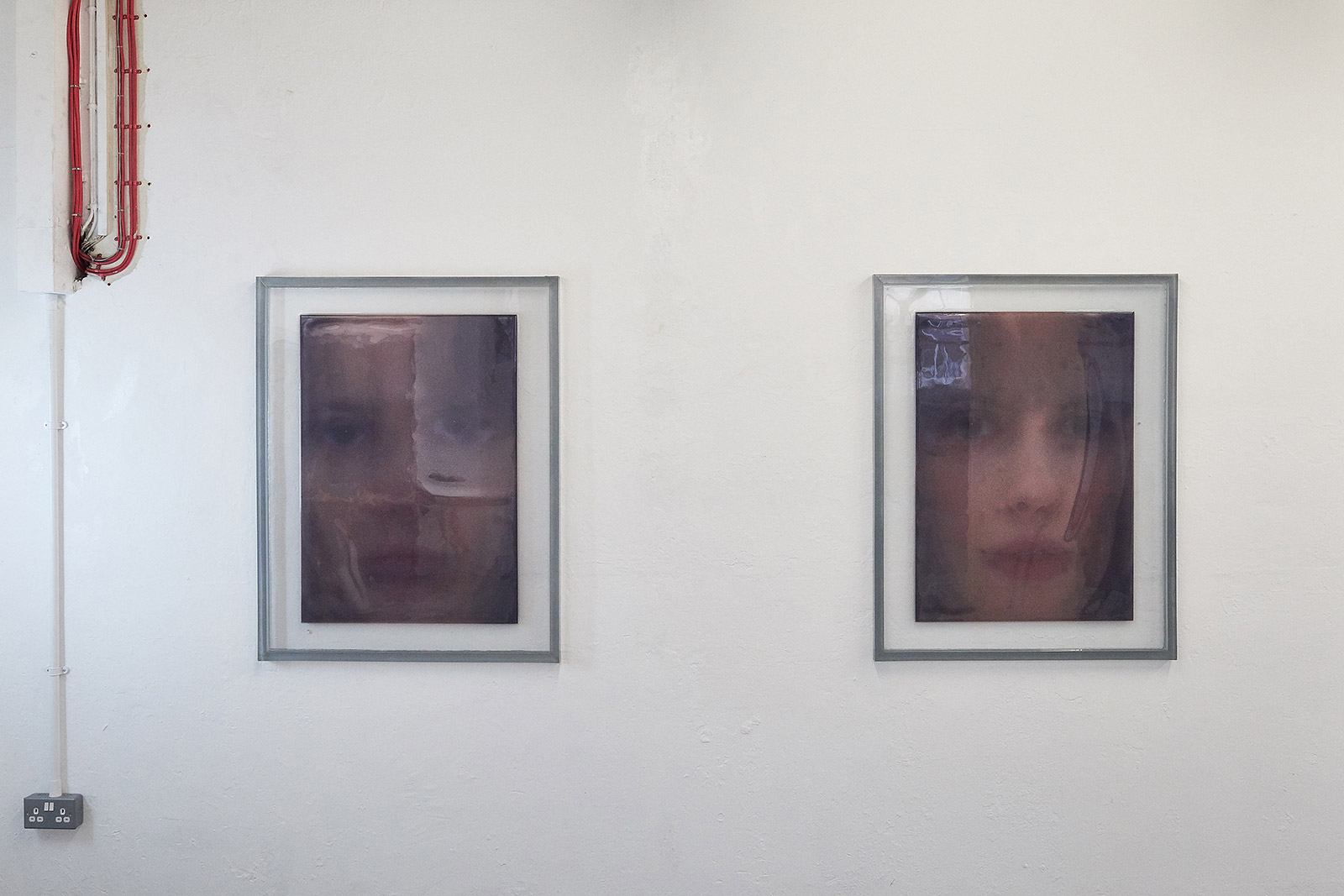
Ever a worthy fascination of contemporary culture, ‘the self’ is interrogated by Sofie Middernacht and Maarten Alexander in the exhibition ‘Between You and Me’, on view until 4 November at London’s Eccleston Project Space. The Belgian-Dutch artist duo have used industrial materials to create obscured and burred portraits of their subjects’ gazes, while chemically treated mirrors disrupt our experience of reflection – you’ll never see yourself, only your fellow visitors. Presented alongside is an installation conceived by Middernacht & Alexander for Leo Gabin’s webcam videos of young women performing. Watching them clean, test beauty products and dance as forms of self-expression becomes a mind-bending take on intimacy versus voyeurism.
Writer: Sophie Gladstone
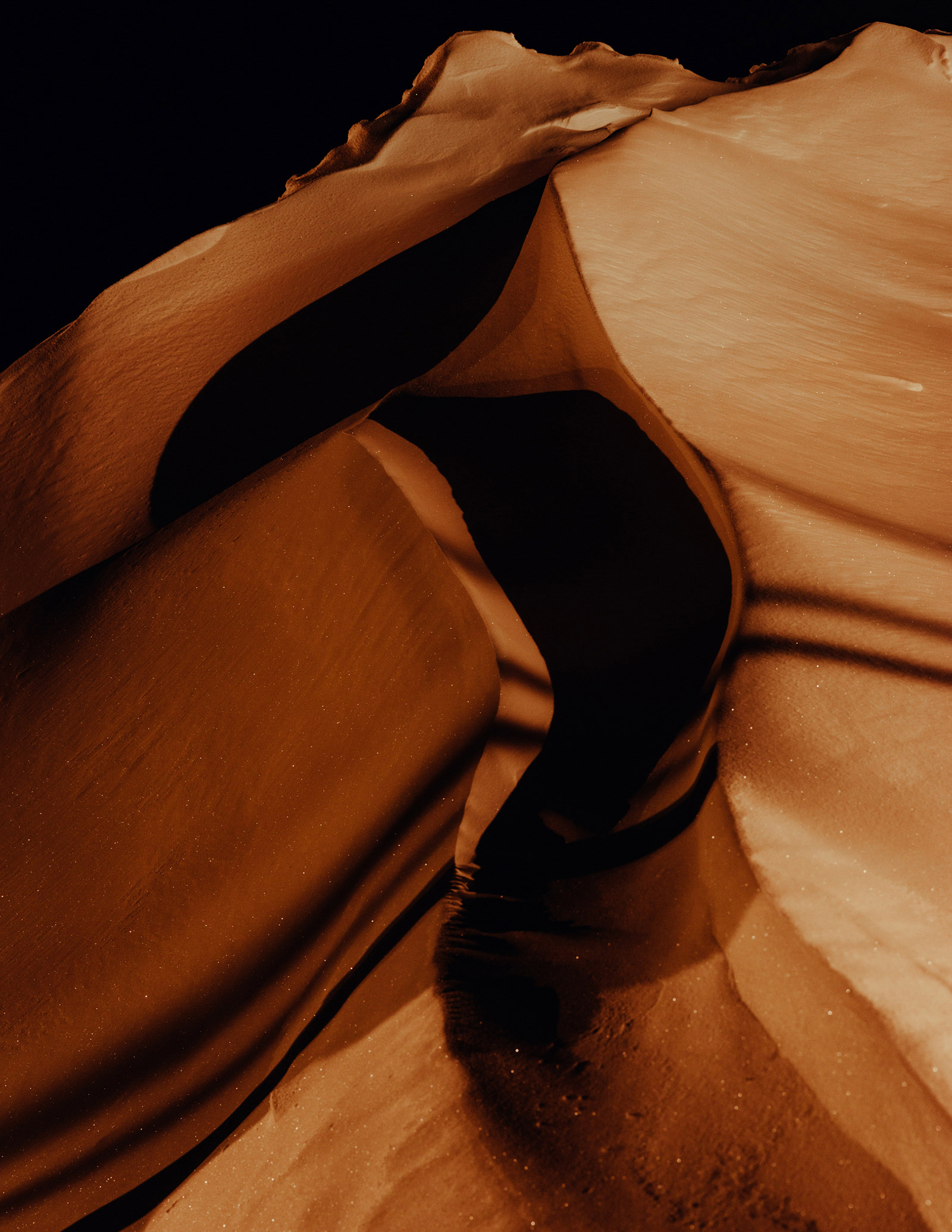
Mark Mahaney explores an otherworldly landscape, blanketed in snow and complete darkness in his latest book, Polar Night, named after the natural phenomenon occuring within the polar circles. In Alaska’s northernmost town of Utqiagvik, artificial lights punctuate this strangely isolated world, while cars and houses are muffled by dense snow, creating sculptural lunar-like forms. Seemingly inhabited by more dogs than humans, Mahaney’s images are a testament to the beauty and endurance of the town, particularly when viewed through the lens of climate change.
Polar Night, $40, published by Trespasser
Writer: Sophie Gladstone
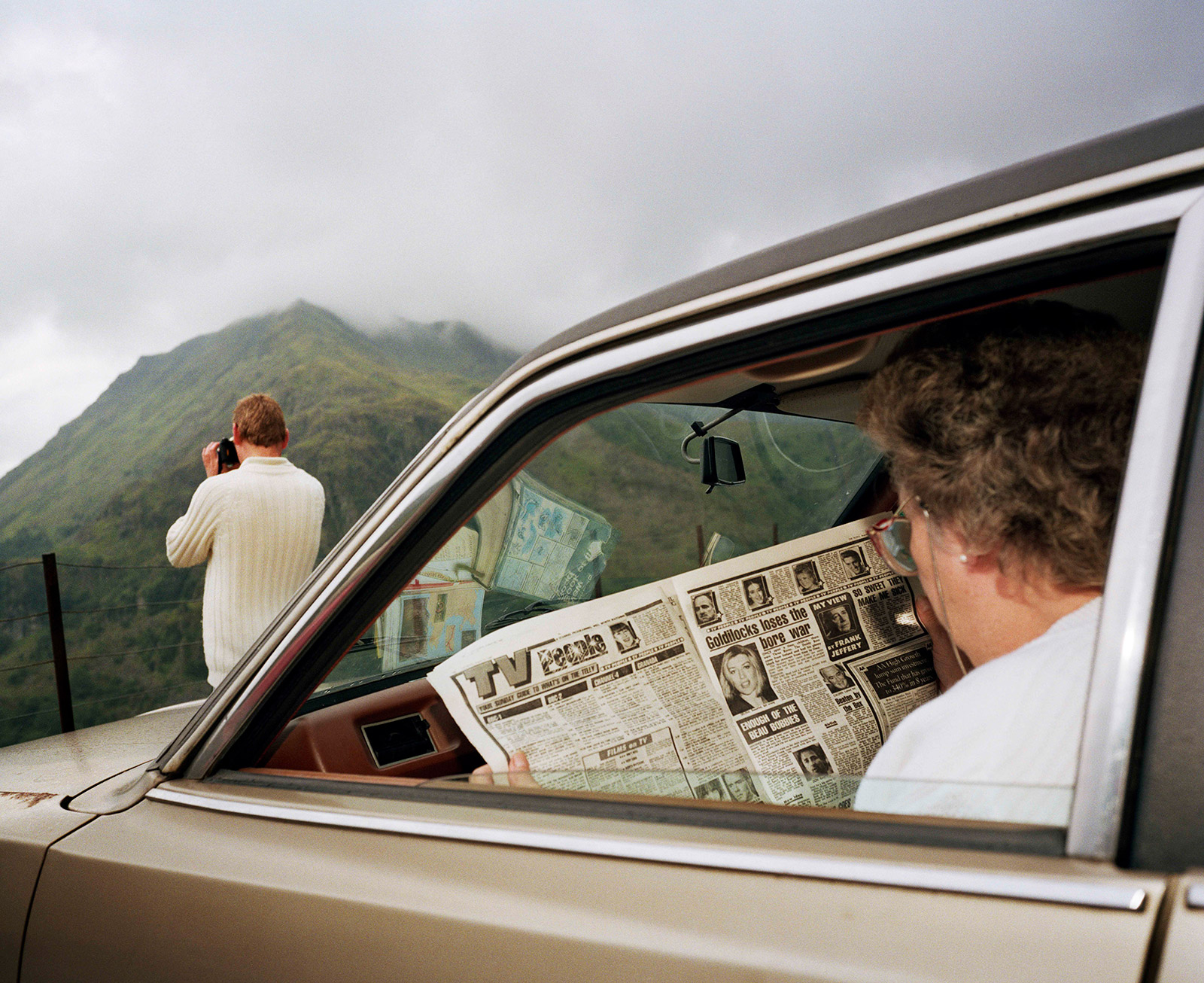
This autumn, the National Museum Cardiff is staging a triple billing of photography greats Martin Parr, August Sander, and Bernd and Hilla Becher. Bringing together 225 images by the late German husband and wife duo, ‘Bernd and Hilla Becher: Industrial Visions’ (26 October – 1 March) presents some of the pair’s renowned typologies and photographs. Elsewhere, the exhibition devoted to Sanders (26 October – 1 March 2020) is drawn from his seminal portrait series, People of the Twentieth Century. Finally, we see Wales through Parr’s lens (26 October – 4 May 2020), in affectionate and humorous photographs of the nation from the mid-1970s to 2018 – many of which have never been exhibited before.
Pictured, Snowdonia, Wales, 1989, by Martin Parr. © The artist / Magnum Photos / Rocket Gallery
Writer: Jessica Klingelfuss
Receive our daily digest of inspiration, escapism and design stories from around the world direct to your inbox.
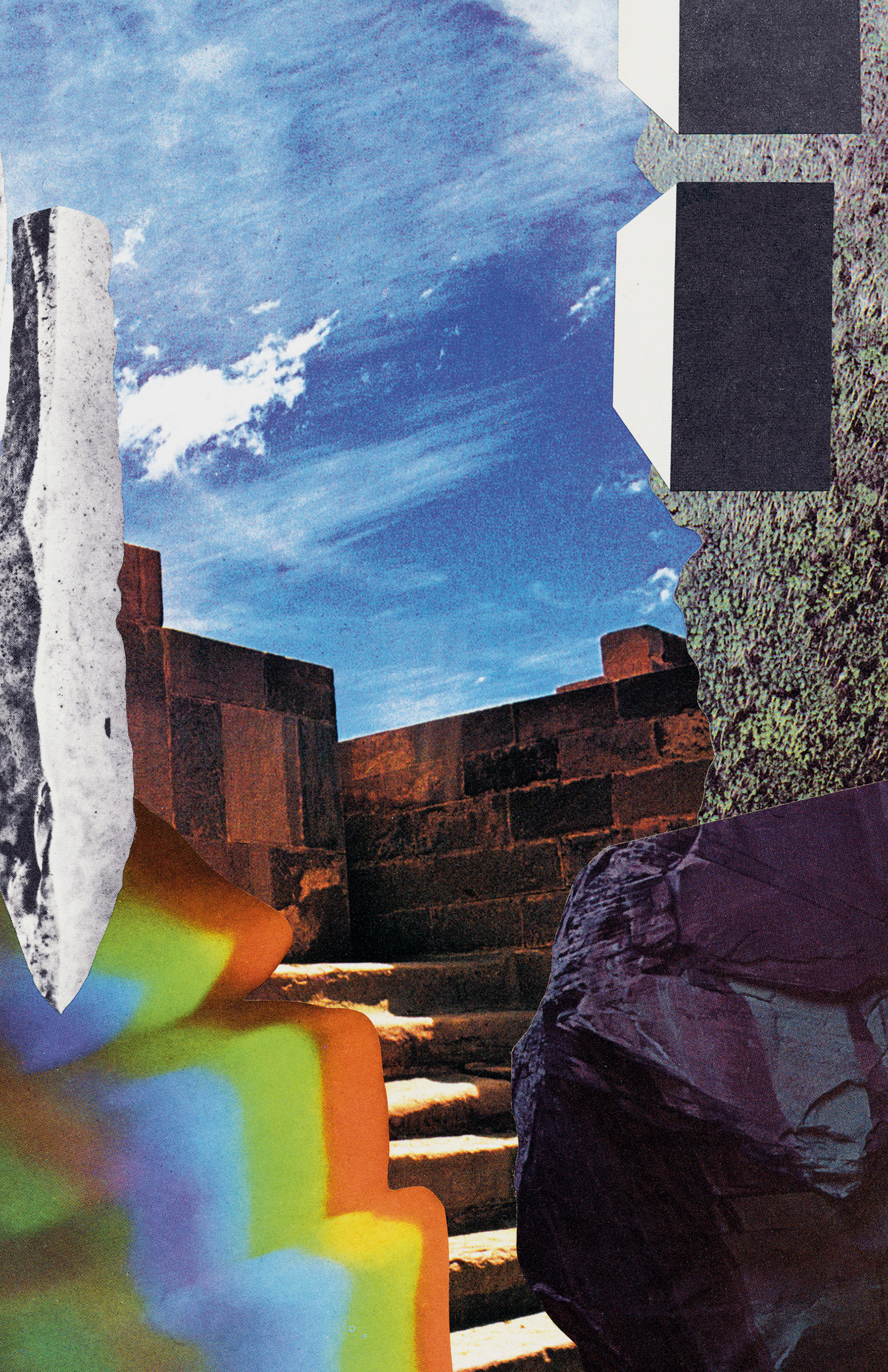
As a writer, curator and photographer, Nicholas Muellner flows between constructing and deconstructing our understanding of imagery and image-making. Lacuna Park: Essays and Other Adventures in Photography, published with Self Publish Be Happy Editions, brings together a decade of his critical works. Reading like a multidimensional exercise in photographic thought, the book successfully takes the form of memoir, fiction, philosophical inquiry, and contemporary and historical criticism. This unusually broad approach makes for a stimulating read, as Muellner is at once humorous, confessional and inquisitive.
Writer: Sophie Gladstone

Curated by Lou Stoppard and Adam Murray, ‘North: Fashioning Identity’ draws on the north of England’s far-reaching influence on art and design. From fashion and music, to architecture and community, the exhibition encompasses the myths, truths and clichés of the north’s cultural impact. The touring exhibition is now on show at its final destination, The Civic in Barnsley, until 21 December. Featuring works by artists Matty Bovan, Alasdair McLellan, Kuba Ryniewicz, Corinne Day, Gareth Pugh, Nick Knight, Glen Luchford, Jamie Hawkesworth and Shirley Baker, the exhibition also includes historic articles from local archives that further tie this show to its location.
Pictured, Tanya Tevaro & Nik Page, Layton Institute Performers, Blackpool, 2008, by Alice Hawkins
Writer: Sophie Gladstone

Behind Karla Hiraldo Voleau’s new book Hola Mi Amol is a curious and sensuous female gaze; she shows us sandy skin and self-portraits, on beaches and in bedrooms. The French-Dominican photographer grew up hearing ‘never date a Dominican’, creating an understandable curiosity about what intimacy for her would be like in the Dominican Republic. Through the brief encounters she documents, we experience her time there as a freeing questioning of sexual and cultural identity. The frank words from Hiraldo Voleau and the men she meets illustrate this – talking sex, love and belonging. This seductive, heartfelt and sometimes humorous book is co-published with SPBH Editions and ECAL/University of Art and Design Lausanne.
Writer: Sophie Gladstone
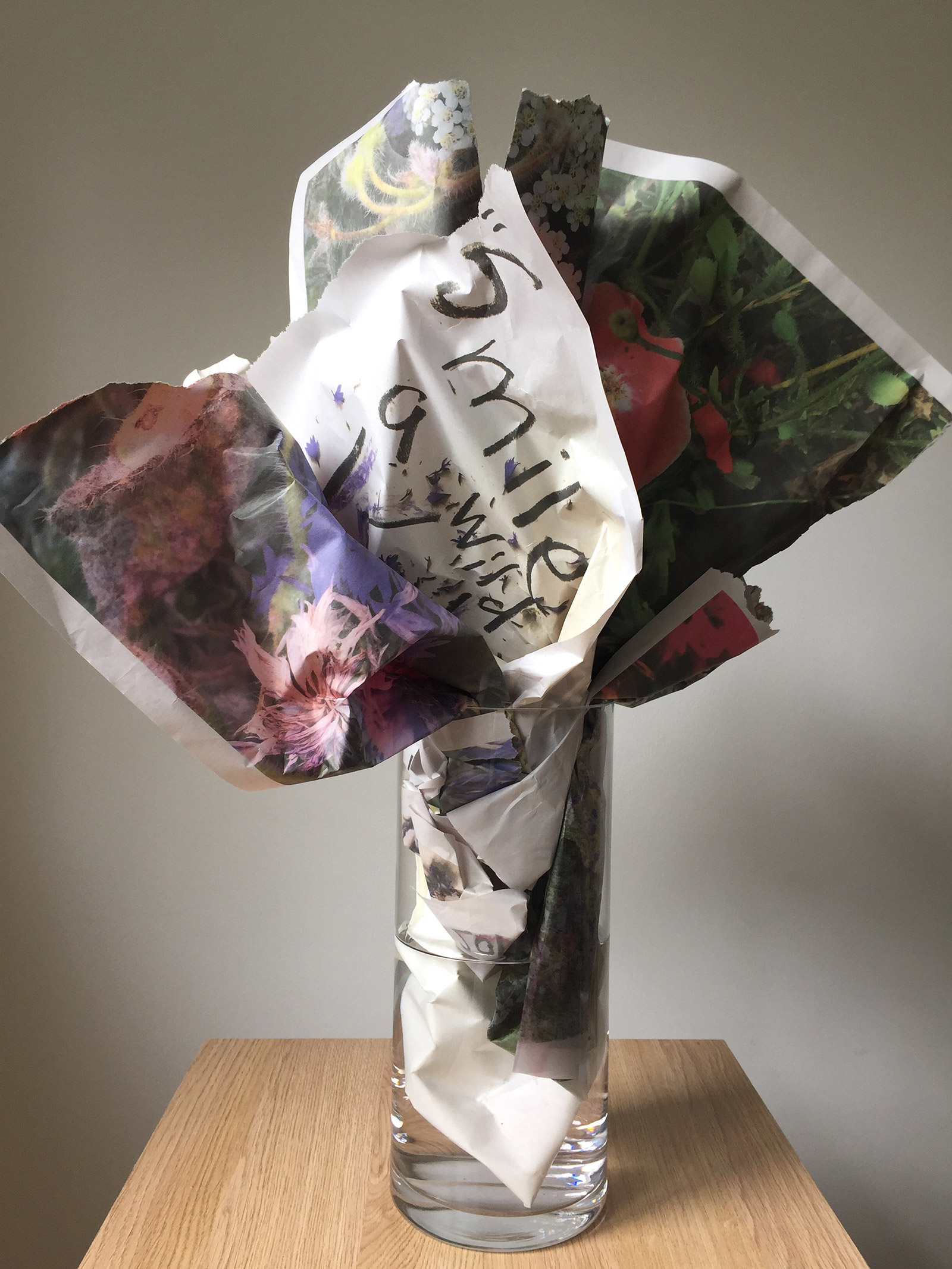
Born in South Africa and raised in the UK, photographer Koto Bolofo is renowned for both his professional and personal artistic practice. His latest creative endeavour – entitled Smile like a wild flower – is a spontaneous series on flowers, charmingly printed on newspaper. Bolofo speaks of the seasonal transitions of these wild flowers, as their seeds travel and form new life elsewhere. This temporality inspires him, bringing to mind colourful scents and sights that only exist for a moment and therefore must be cherished. Intended as a one-off series of limited-edition newspapers, the project has since evolved – a second chapter was shot while Paris’s Seine was swollen, and explores the poetic and painterly inspirations that flow from the river.
Writer: Sophie Gladstone

Captured over six years, Canadian-born photographer Teresa Eng’s China Dream delves into identity fragmentation and the diaspora experience of second-generation immigrants. The recipient of the 2019 Burtynsky Grant, Eng is releasing her darkroom-printed images in book form with the help of a crowdfunding campaign on Kickstarter. Merging memories of her ancestor’s country that she has only explored through temporary visits, with visions of modern-day China’s fast-pace growth, Eng has produced an atmospheric series with a skilfully distilled colour palette that shows the nation’s past and present in flux.
Pictured, Wave (Hair), 2016, by Teresa Eng
Writer: Sophie Gladstone

In the early morning hours of 28 June, 1969, what began as an all-too-common police raid of the Stonewall Inn gay bar in New York metamorphosed into uprising by the city’s LGBTQ community that spanned several nights on the streets of Greenwich Village. The revolt was a catalyst for the rapid acceleration of modern gay rights in the US. Now, the portraits of 15 multigenerational LGBTQ artists and activists – including Pace University professor emerita Karla Jay, pictured here with her partner – are on view at the Alice Austen House in Staten Island, New York, marking the 50th anniversary of the Stonewall riots. Captured by American artist Collier Schorr, ‘Stonewall at 50’ is on view until 8 September.
Writer: Jessica Klingelfuss
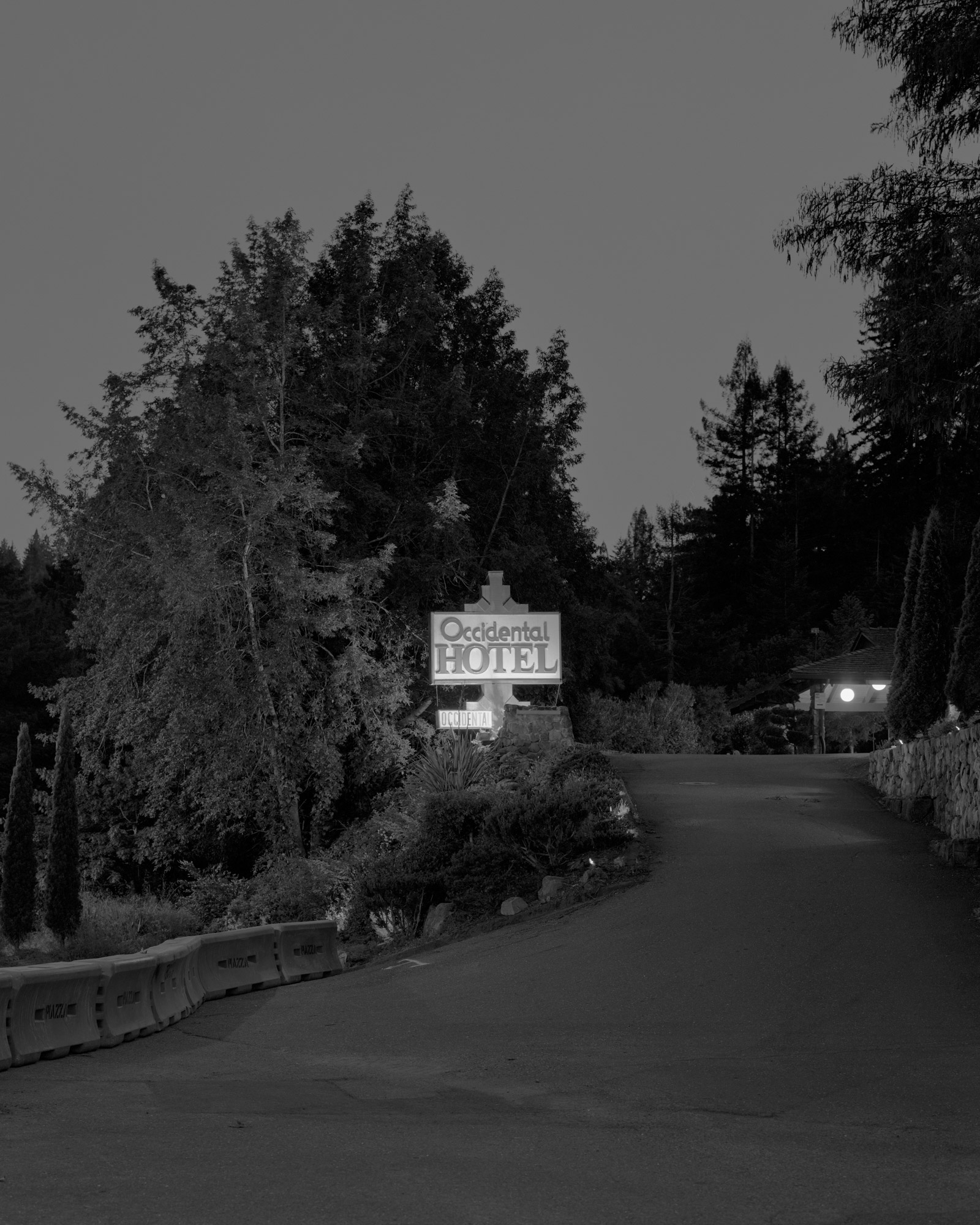
Nestled deep within the redwood forests of Monte Rio, northern California, lies Bohemian Grove – an elite gentlemen’s retreat whose membership list includes prominent business leaders, government officials, and even former US presidents. Shrouded in secrecy, the club has been marred with rumours of devil worship and mock human sacrifice. Nevertheless, this did little to deter Bristol-based photographer Jack Latham, whose series Parliament of Owls – winner of this year’s BJP International Photography Award – attempts to look behind the veil of this clandestine institution. ‘The idea of a context vacuum is a fascinating one,’ says Latham, ‘I think it’s only natural that we would want to fill these voids with theories.’ ‘Parliament of Owls’ is on view at London’s TJ Boulting gallery from 25 July – 17 August.
Parliament of Owls, £40, edition of 1250, published by Here Press. Pictured, Occidental Hotel, 2018, by Jack Latham
Writer: Jessica Klingelfuss
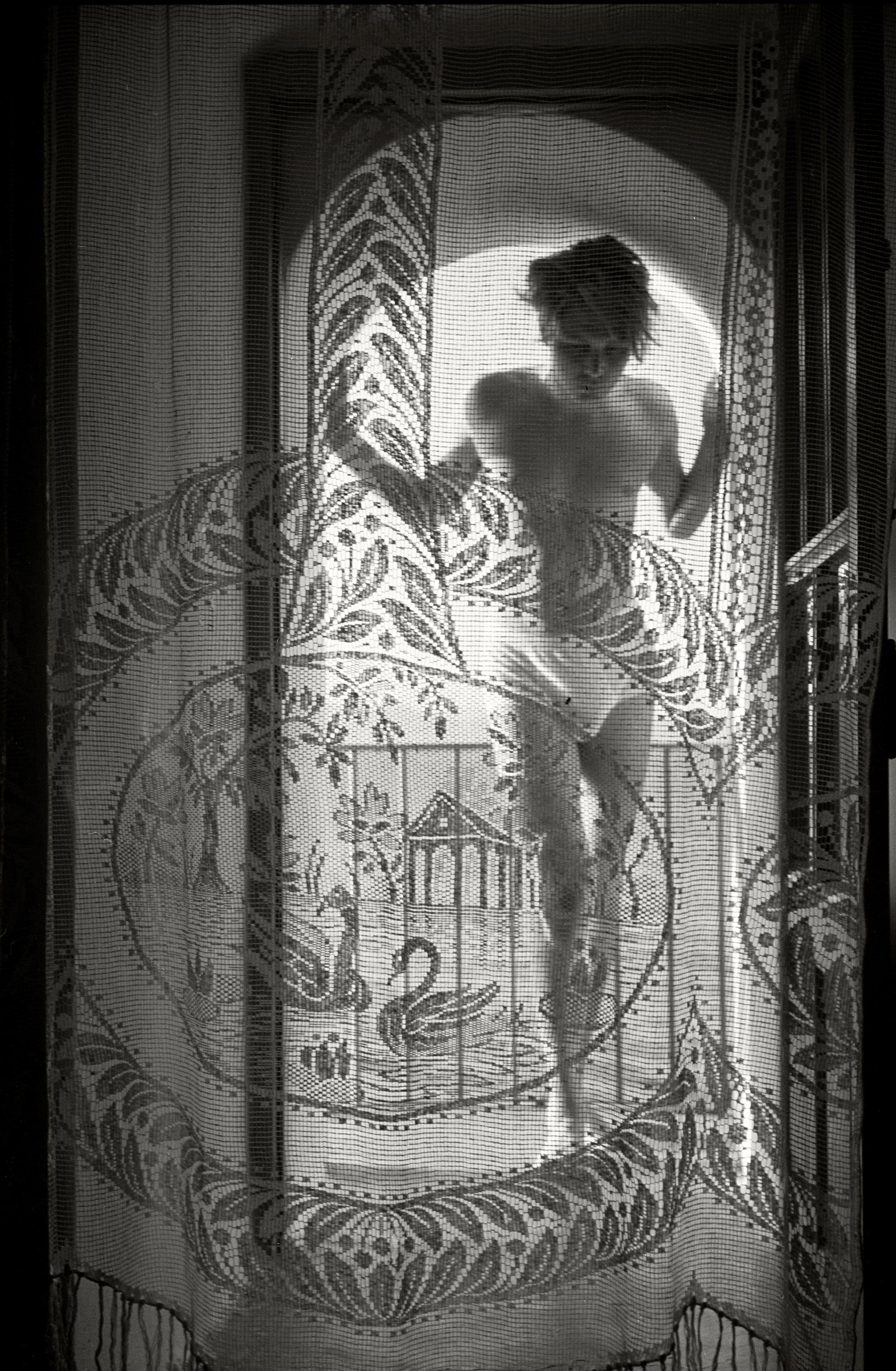
Dreamlike still lifes and homoerotic male nudes by the late German photographer Herbert List are being exhibited at Los Angeles’ Fahey/Klein Gallery. ‘Young Men & Still Lifes’ (27 June – 31 August) is a harmonious appreciation of melodic and sensual form. Born in 1903, List began taking photographs in 1924 with little awareness of art, before going on to be inspired by the surrealist movement and Bauhaus artists, refining his style. As an openly gay man with Jewish heritage, List fled Germany to escape the Nazi police in 1936 and went on to widespread professional recognition in Paris and London.
Pictured, In the Morning, Athens, Greece, 1937, by Herbert List. © The Herbert List Estate. Courtesy of the Fahey Klein Gallery, Los Angeles
Writer: Sophie Gladstone
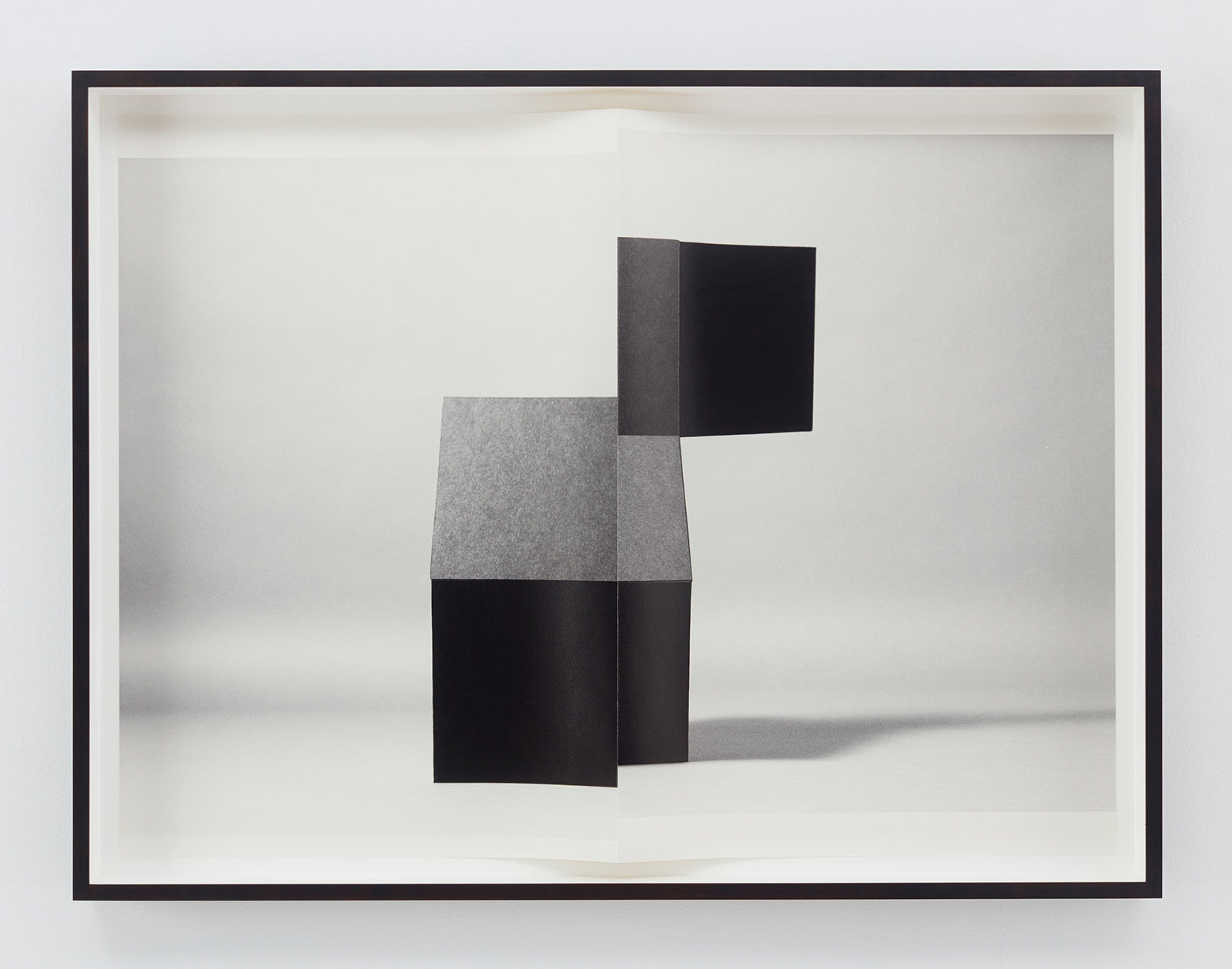
On show at New York’s Simon Lee Gallery, ‘Studio Photography: 1887-2019’ (27 June – 16 August) features works by a Who’s Who of photography, including Robert Mapplethorpe, Man Ray and Eadweard Muybridge, Wolfgang Tillmans, Torbjørn Rødland and Talia Chetrit. Their studio-based works unpick identity within portraiture, sculptural image abstraction, the history of the medium and more. Multi-generational conflicts and commonalities are brought to the fore as studio photography evolves from a specialised art form to an omnipresent aspect of visual culture.
Pictured, A.P. (no. 22), 2017, by Erin Shirreff, archival pigment print. © Erin Shirreff. Courtesy of Sikkema Jenkins & Co., New York
Writer: Sophie Gladstone
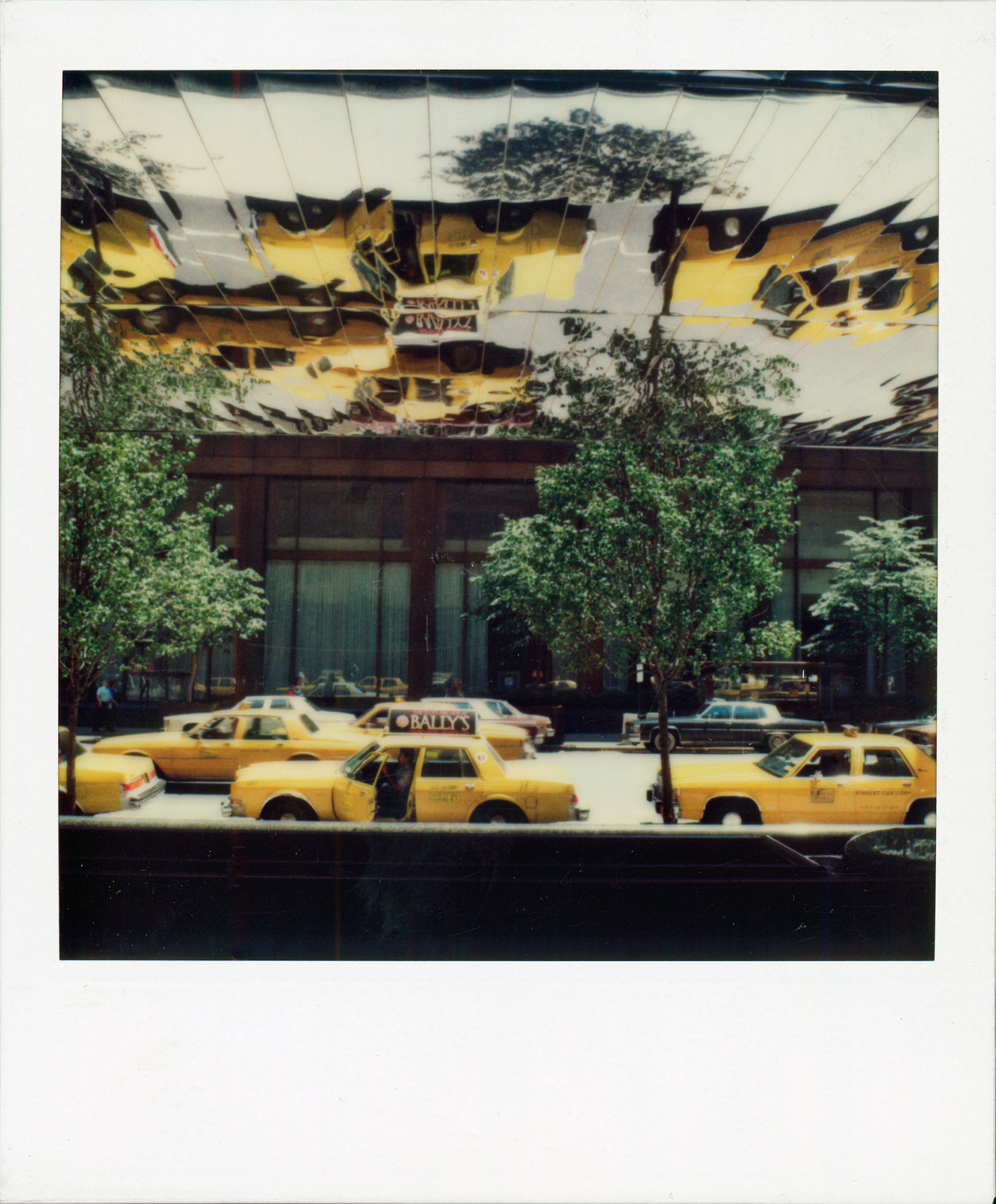
For the 50th anniversary of summer photograhy festival Rencontres d’Arles, Polaroid is celebrating Robby Müller’s inimitable career with a major exhibition at Place de la République. ‘Like Sunlight Coming Through The Clouds’ (1 – 28 July) is dedicated to the Polaroid work of the late Dutch cinematographer. His indelible instant pictures reveal Müller’s impressive control over light and his cinematic flair, emanating a poetic aesthetic that invites viewers to discover a different aspect of his photographic eye.
Pictured, Hilton 6th Ave, NYC, 1986, by Robby Müller, Polaroid 600. © Robby Müller Estate. Courtesy of Annet Gelink Gallery, Amsterdam
Writer: Lea Naudon
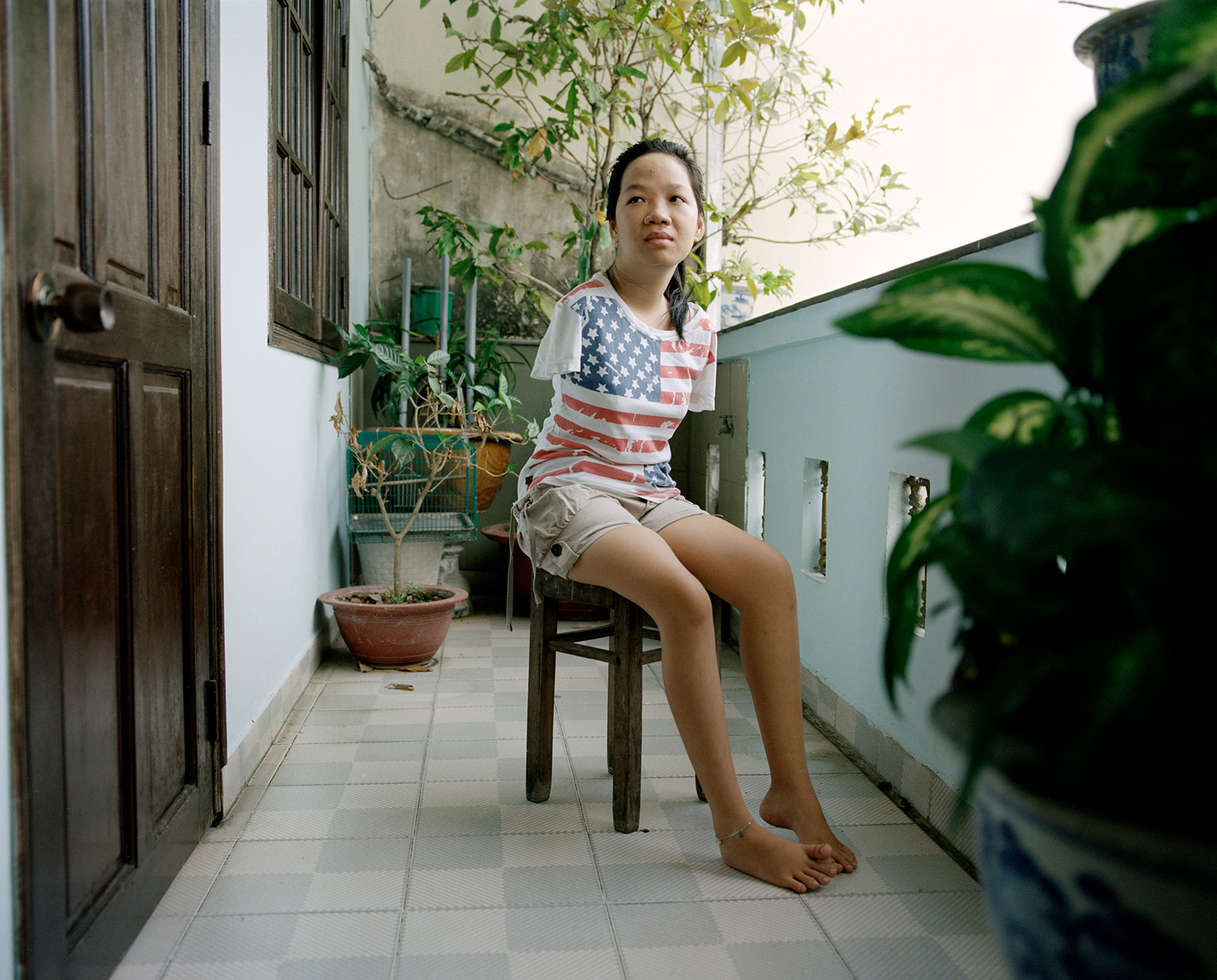
French-Venezuelan photographer Mathieu Asselin’s exhibition Monsanto: A Photographic Investigation (29 June – 31 August) opens at The Ravestijn Gallery in Amsterdam, guest-curated by Sergio Valenzuela Escobedo. Here, Asselin explores the troubling legacy of the biotechnology firm: from the multi-generational health impact of its infamous creation Agent Orange, to the monopolisation of the agriculture industry and subsequent environmental destruction. This body of work is an articulate merging of art and investigation, condemning Monsanto’s relentless pursuit of profit and power regardless of consequence.
Pictured, Thuý Linh, then 21 years old, is a third-generation Agent Orange victim with a genetic malformation, born without arms. She is seen here in 2015 in Ho Chi Minh City in Vietnam
Writer: Sophie Gladstone

Getty Images inaugurates its new London gallery on Olympic Way with ‘The Ages of Wembley’ from 28 June. The exhibition charts the evolution of the area and its community since the 1920s, as it is now a place to live with a community at its heart, depicting the town’s milestone events throughout the years, such as the construction of Wembley Stadium’s now-demolished Twin Towers or the passion of fans supporting their teams. The exhibition provides into insight into the changes that made Wembley Park the world-famous neighbourhood that it is today.
Pictured, a West Bromwich Albion FC fan waves his rattle and cheers as he makes his way to Wembley Stadium for the FA Cup final between West Bromwich Albion and Sheffield Wednesday on 27 April 1935. Photography: SC Smith / Topical Press Agency / Getty Images
Writer: Lea Naudon
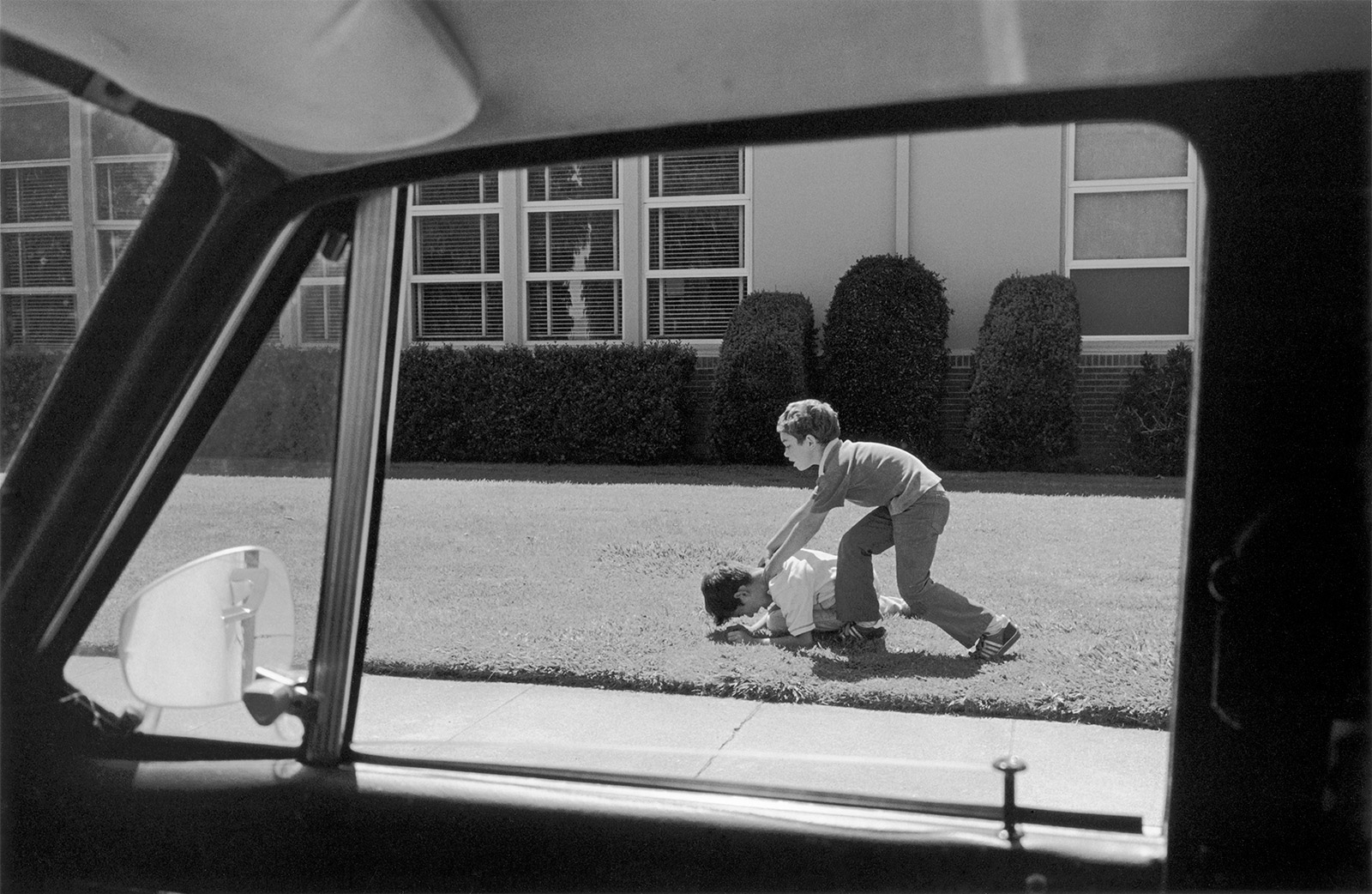
Henry Wessel was renowned for his visual storytelling abilities, stemming from a penchant for noir fiction and film. Now the subject of a retrospective (5 June – 25 August) at Paris’ Maison Européenne de la Photographie (MEP), the late American photographer’s work fittingly unfolds in storyboard form. These images were not originally produced successively: instead, the presentation was inspired by Wessel’s process of returning to his old contact sheets and discovering connections between images captured over his 50 year career. Over a dozen noir writers were commissioned to produced a short story in response to Wessel’s photographs, which are published in an accompanying photobook by MACK.
A Dark Thread, £17, published by MACK. Courtesy the estate and MACK
Writer: Lea Naudon
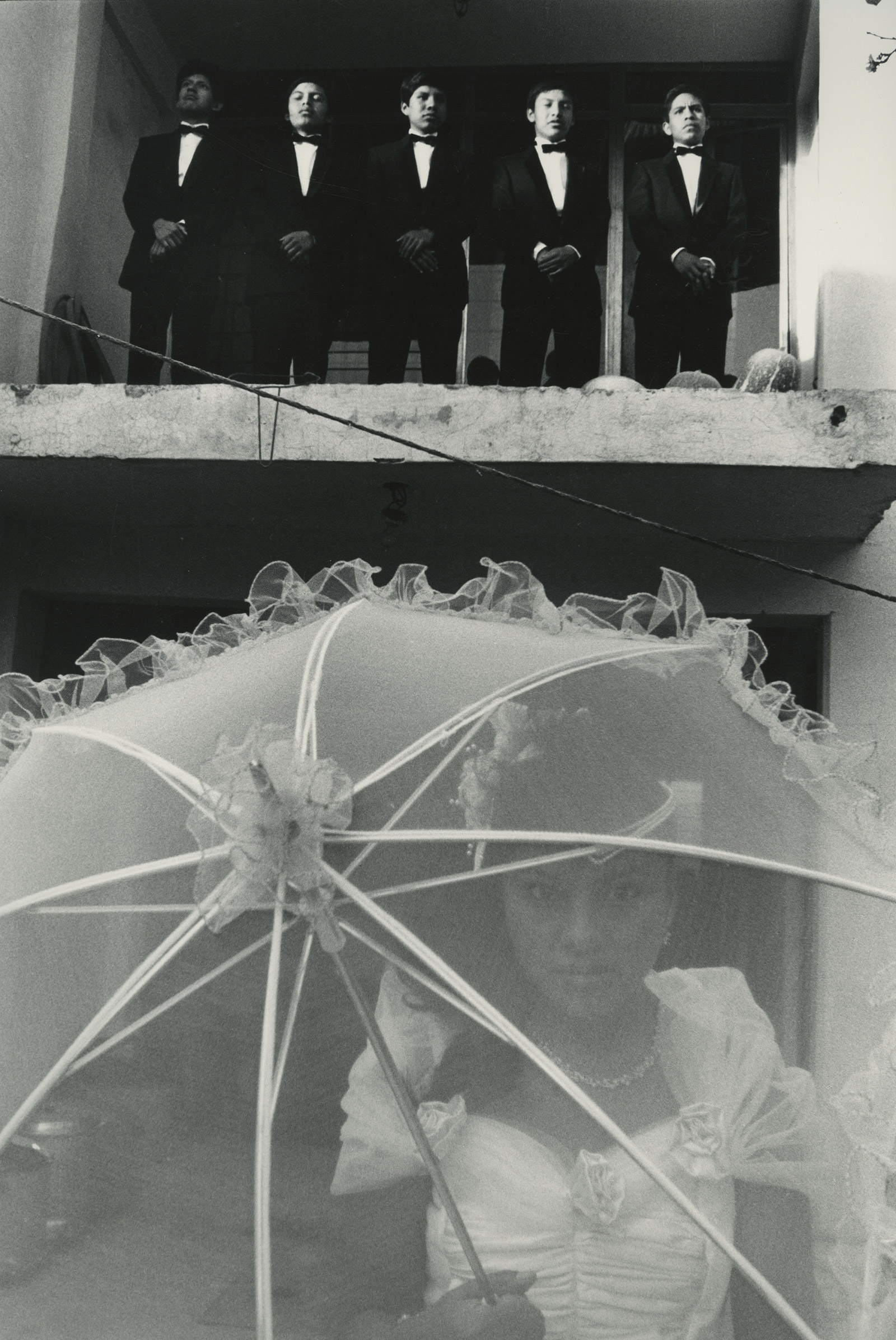
On view at The Photographers’ Gallery in London, ‘Urban Impulses’ (14 June – 6 October) explores half a century of Latin American culture. Divided into two sections, ‘Shouts’ and ‘Pop-ular’, the exhibition features an eclectic array of works, from powerful street photographs to creative collages. ‘Shouts’ depicts the political events that shaped these countries through the lens of more than 70 photographers who captured revolutions, demonstrations and military-led dictatorships. ‘Pop-ular’, meanwhile, is devoted to consumerism and mass media, revealing the richness of pop culture imagery and its role in Latin American societies. ‘Urban Impulses’ highlights Latin America’s unique identity and the struggle of living under state violence and cultural colonisation.
Pictured, La quinceañera en Ciudad Neza, 1989, by Eniac Martinez, from the series Mixtecos. © Eniac Martínez. Courtesy of the artist
Writer: Lea Naudon
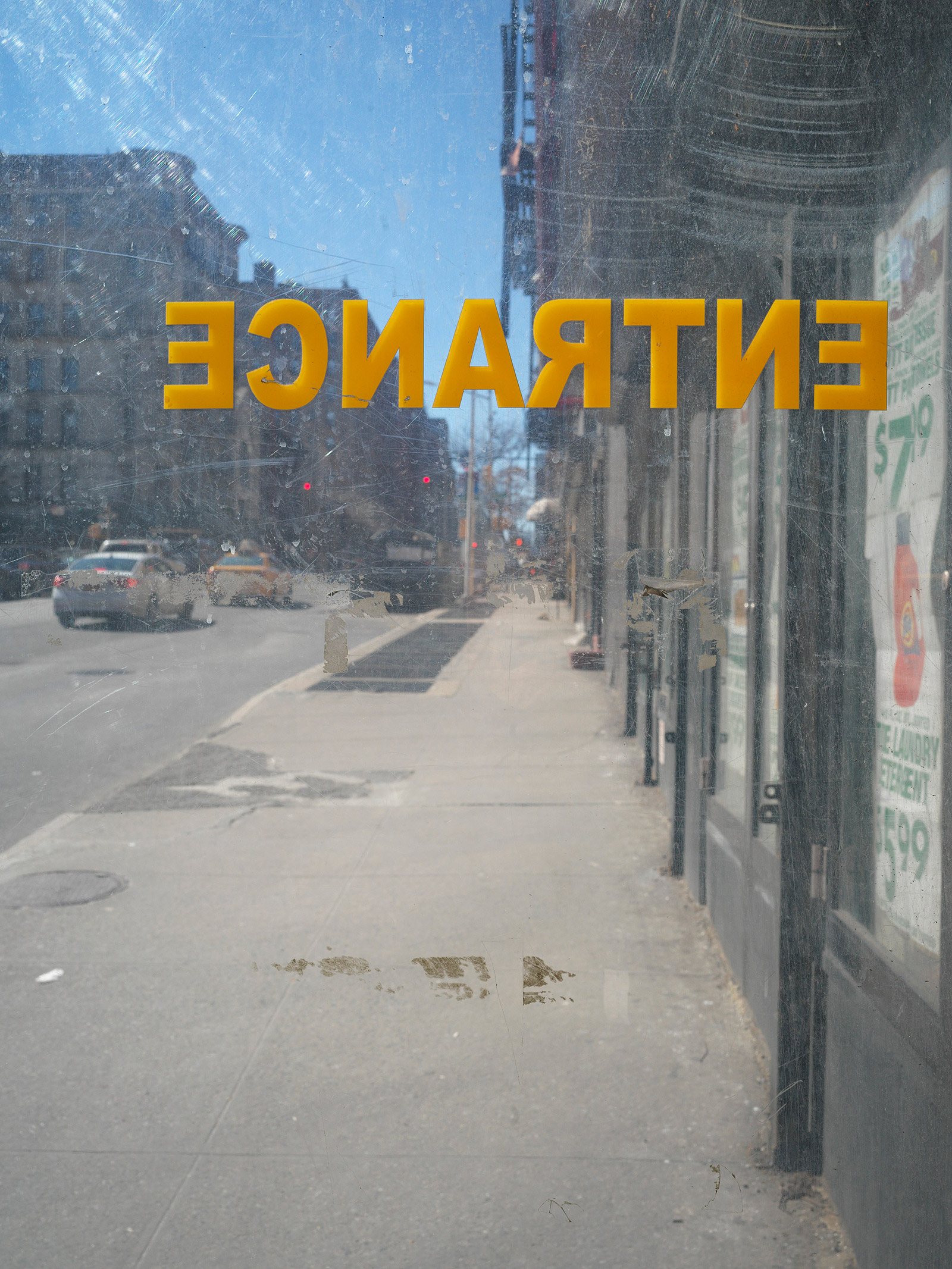
Over the course of his career, Stephen Shore – a bastion of colour photography at a time when it was less widely regarded – shaped an original and authentic vision of America from the 1960s to today. Now, Sprüth Magers presents the American artist’s first solo exhibition in Los Angeles since 2005, featuring three seminal series. Among his earliest bodies of work, Los Angeles, California, February 4th, 1969 was shot over the course of a single day. It defined his intuitive pictorial approach, with Shore stating his desire ‘to communicate a feel of Los Angeles, and to push myself to shake up my own conventions in picture framing’. From ordinary scenes of daily life, such as meals in shabby hotels, to captivating portraits of Andy Warhol, Shore strikes a fine balance between reality and aesthetic.
New York, New York, March 11, 2018 (printed 2019), by Stephen Shore, pigment print. © Stephen Shore. Courtesy of 303 Gallery, New York, and Sprüth Magers
Writer: Lea Naudon

In the 1960s, the Greek National Tourism Organization initiated the Xenia project: a nationwide hotel construction programme intended to breath new life into the country’s devastated economy. The initiative flourished, and became celebrated for its brilliant postwar architecture. In spite of its success, the 1990s marked a turning point: the Xenia project became buoyed down by the financial crash. Now, Athenian art director Nikos Georgópoulos and photographer Polly Brown have travelled back in time to create fictional images of the Xenia Hotels. Through archival referencing and typography, Nikos has shaped a cohesive and detailed visual identity that echoes Xenia’s heyday, as the pictures produced by Polly evoke nostalgia of a long-lost past. Xenia Project is the first instalment in a trilogy of projects, Time travel branding, launching in June 2019.
Writer: Lea Naudon

The 2019 edition of Free Range brings together the work of hundreds of art and photography graduates from the UK’s best and brightest academic institutions, alongside a talks and events programme curated by PYLOT magazine and The Photographers’ Gallery. Ones to watch include UWE graduates Kamila Lozinska (whose work is pictured here), and Izzy De Wattripoint, and Lauren Harris from University of Westminster. With the first two weeks dedicated to photography, and the third to art, Free Range 2019 is the go-to for new and emerging creative talents. The exhibition is more akin to a graduate photography and art festival, and runs from 21 June until 8 July at London’s Truman Brewery.
Writer: Sophie Gladstone
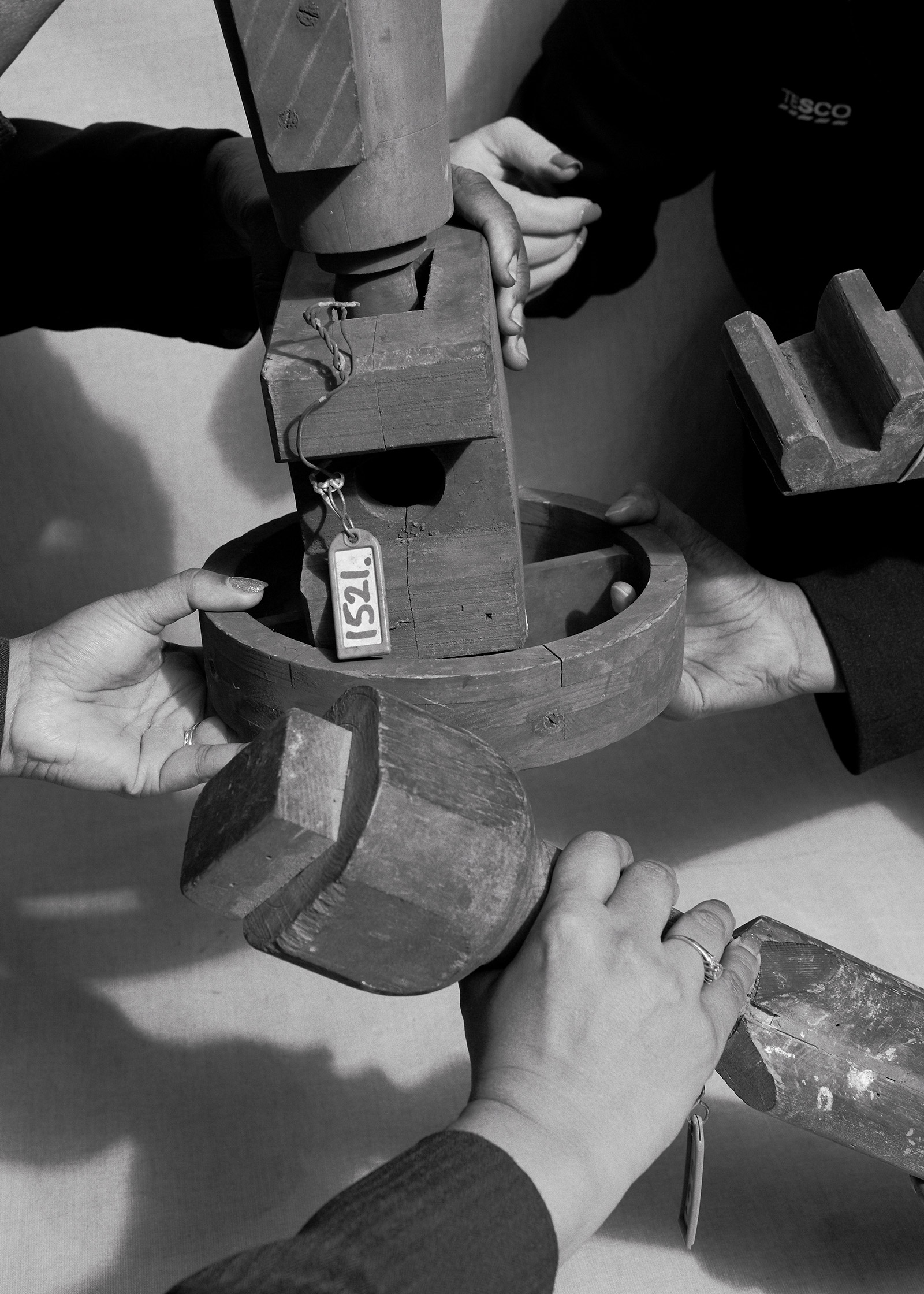
Hidden inside East London’s Grade I-listed House Mill – unbeknownst to most visitors – is a collection of custom-made industrial patterns, which have inspired a new book and exhibition, ‘Pattern Language’ (13 – 23 June), by visual artist Cecilie Gravesen and photographer Robin Stein. The show interrogates the relationship between historical places and contemporary Londoners: Gravesen invited locals to handle the patterns from the world’s largest surviving tidal mill, capturing them as they connected with the area’s industrial heritage.
Writer: Lea Naudon

American photographer Deana Lawson travelled New York to West Africa, by way of Jamaica and Haiti, learning of rituals and spirituality where the body is frequently celebrated through symbolic decorations. Her series of posed – yet surprisingly intimate – photographs are a way for Deana to weave historic, artistic, and a touch of autobiographical references into her work, creating highly informed connections between subject and environment. Lawson’s portraits are on view at the Huis Marseille, Museum for Photography in Amsterdam until 1 September, her first solo exhibition in Europe.
Pictured, Ring Bearer, 2016, by Deana Lawson. © Deana Lawson. Courtesy of the artistand Sikkema Jenkins & Co, New York
Writer: Lea Naudon
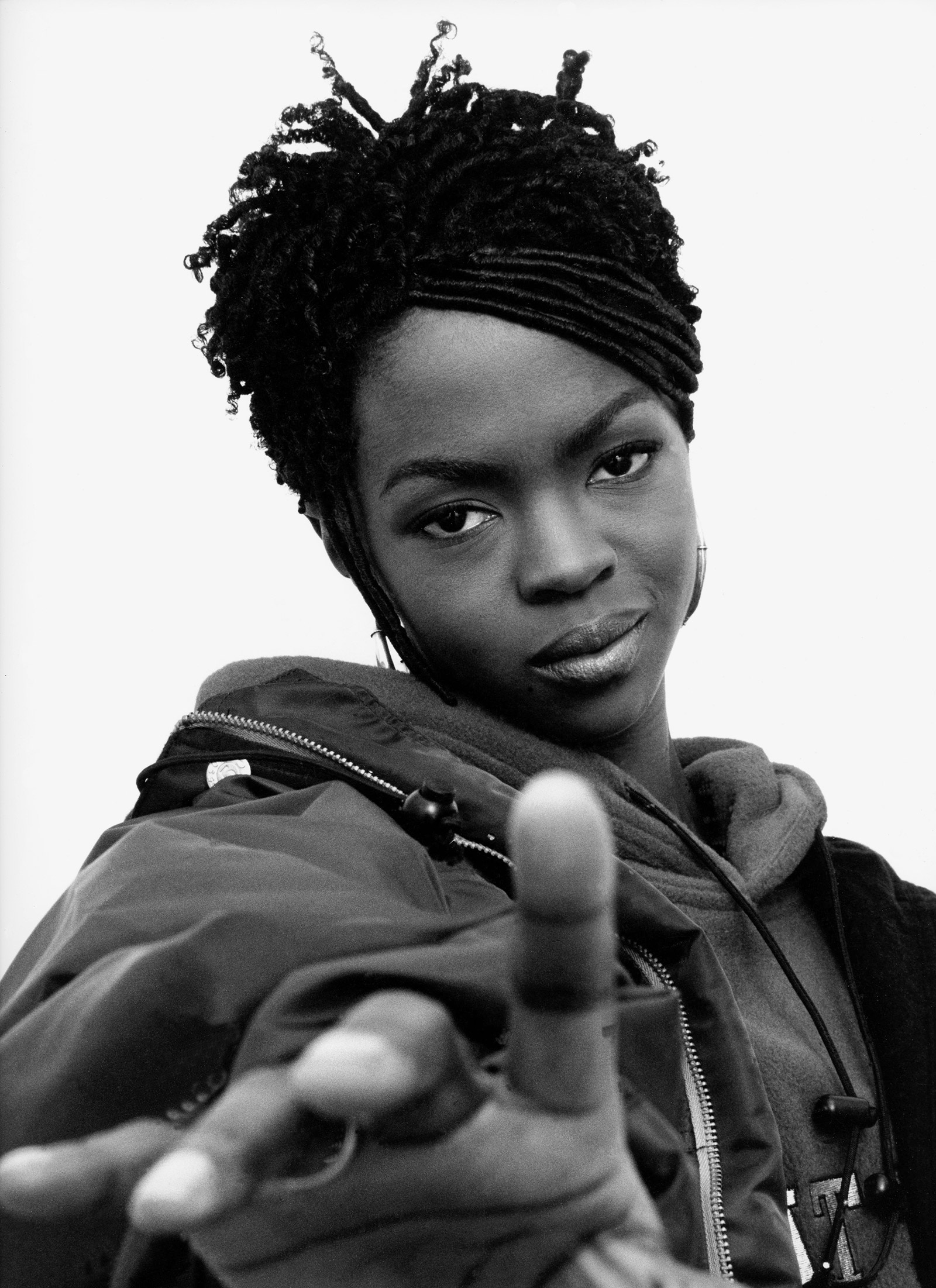
Curated by journalist Vikki Tobak, ‘CONTACT HIGH: A Visual History of Hip-Hop’ (26 April – 18 August) is a deep visual dive into the music genre’s evolution through the lens of more than 60 photographers. Featuring photographs, contact sheets, rare videos and memorabilia, the exhibition sheds new light on hip hop culture, revealing its most pivotal and poignant moments. On view at the Annenberg Space for Photography in Los Angeles (and also available in book form) are powerful portraits of The Notorious BIG and modern phenomenon Kendrick Lamar, alongside street photography of New York.
Pictured, Lauryn Hill and the Fugees, for The Source (1996). Photography: Jayson Keeling
Writer: Lea Naudon

Artists are drawing upon the prescient 1928 tale of Virginia Woolf’s Orlando for Aperture’s summer 2019 issue, and accompanying exhibition. Through works by the likes of Viviane Sassen, Collier Schorr and Carmen Winant, the limitless visual possibilities of gender, perspective and consciousness are explored. Tilda Swinton, who plays Orlando in the film adaption of the book, serves as guest editor and curator, pulling together this striking testament to inclusivity and open-mindedness. ‘Orlando’ is on view at Aperture’s New York gallery until 11 July.
Pictured, Derek Jarman, Still from The Garden, 1990, by Liam Daniel. © Basilisk Communications Ltd
Writer: Sophie Gladstone
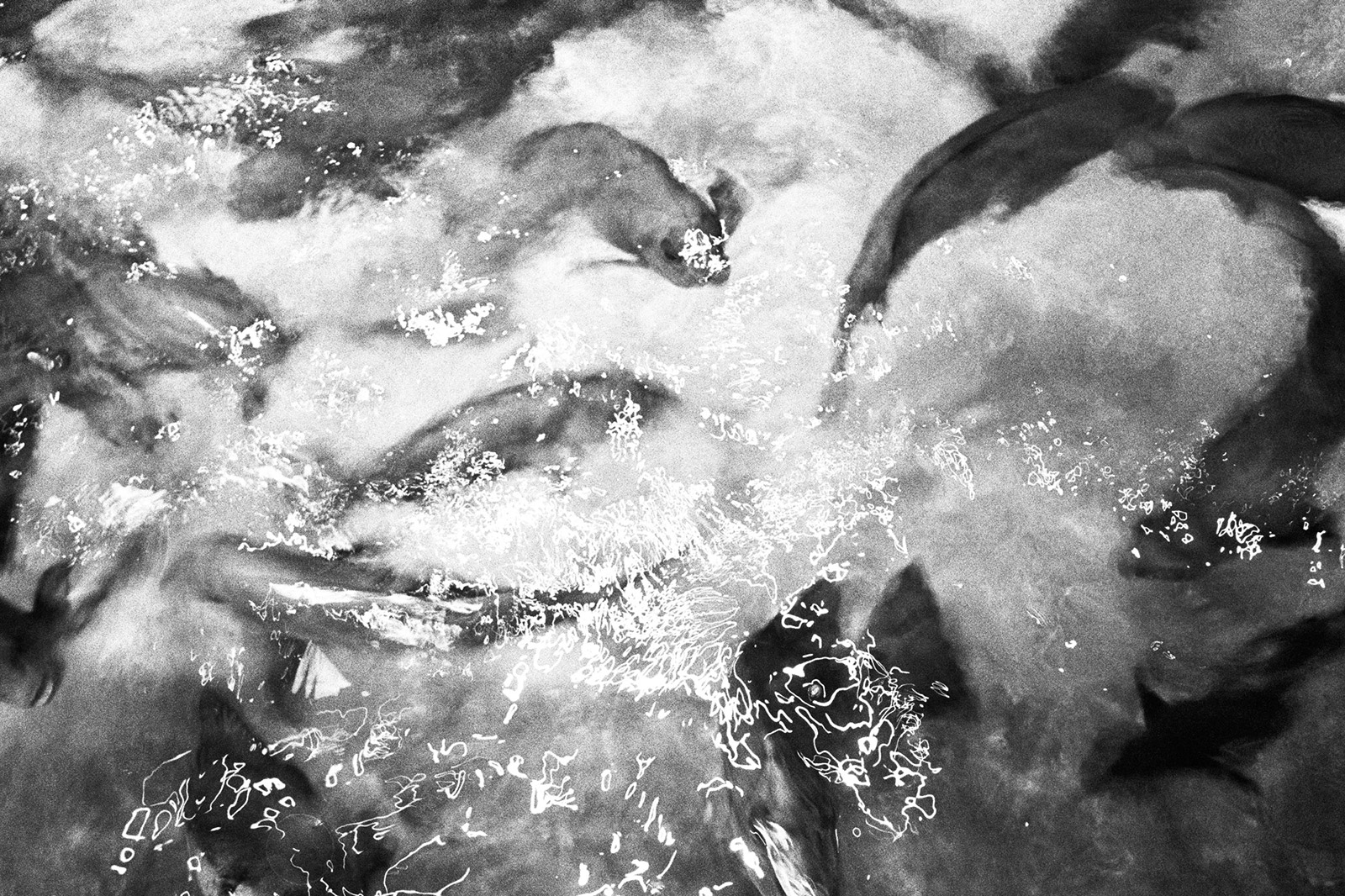
The question, not the answer, is the focus of emerging photographer Toby Wong’s Fundamental Inquiry, pictured. Carried mainly in a self-published book of the same name, the project is also on view at Hong Kong’s Lumenvisum from 24 May – 23 June. Wong is inspired by existentialism: photography becomes a tool through which the Chinese photographer explores essential characteristics of Being and the everyday, from the meals we eat to the chairs we sit on. While this is a recent series, Wong has long questioned our existence, aware it is answerless yet indisputable.
Writer: Sophie Gladstone

The relationship between Andy Warhol and Jean-Michel Basquiat was both creative and tumultuous, evidenced in the a book recently published by Taschen. Drawing from Warhol’s extensive archive, hundreds of never before seen photographs of Basquiat are paired with excerpts from The Andy Warhol Diaries. Produced in collaboration with The Andy Warhol Foundation and Jean-Michel Basquiat’s estate, the tome gives a fascinatingly honest insight into the lives of the legendary artists and their highs and lows, with cameos by Madonna, Keith Haring, Grace Jones and Whoopi Goldberg.
Warhol on Basquiat. The Iconic Relationship Told in Andy Warhol’s Words and Pictures, £50 published by Taschen. Pictured, Jean-Michel Basquiat outside the Mary Boone Gallery on West Broadway, March 9, 1985. © The Andy Warhol Foundation for the Visual Arts, Inc
Writer: Sophie Gladstone

A non-conforming study of desire and gender might be the best description of Harley Weir’s latest book Father, published by Idea. Weir explains: ‘It’s hard to know what you fully desire as a woman when almost everything sexual you have seen was made by a man. I always wanted to make the kind of things that I found sexy so I could feel that desire was mine too.’ This gap in representation is closed through a diverse series of portraits, nudes, still lifes and particularly alluring full body photograms – all the result of collaboration with Weir’s subjects.
Father, £45, published by Idea
Writer: Sophie Gladstone

Opened at The Ravestijn Gallery in Amsterdam, ‘Skulptura’ (18 May – 22 June) by Koen Hauser presents a malleable approach to photography. The Dutch artist combines digital rendering with physical craft to create his photographic forms, thereby constructing tension between the two- and three-dimensional with an unfufilliable desire for tangible experience. Also on show are clippings from old books, displaying source material alongside his works provides insight into the connections formed in Hauser’s sharp mind. We start to understand his biomorphic visual language, one that references animism, spirituality and mythology.
Pictured, Skulptura, Le Soleil d’Airain, 2019, by Koen Hauser. © The artist. Courtesy of The Ravestijn Gallery
Writer: Sophie Gladstone

Paul Smith by Rottingdean Bazaar is a witty, limited-edition photobook collaboration between the eponymous British designer himself and the fashion duo behind Rottingdean Bazaar. On the cover is a £9.99 supermarket-style price tag and a library’s Dewey decimal system label, both serving as charming self-aware details. The pages inside offer a creative mix: a still life and poetry story, a feature on drama school students costume-styled in Paul Smith S/S19, and a portrait series of 12 people across England who are all named Paul (or Paula) Smith, each dressed in designs by Sir Paul Smith.
Paul Smith by Rottingdean Bazaar, £9.99, published by Paul Smith, limited edition of 500. Photography: Lucy Alex Mac
Writer: Sophie Gladstone
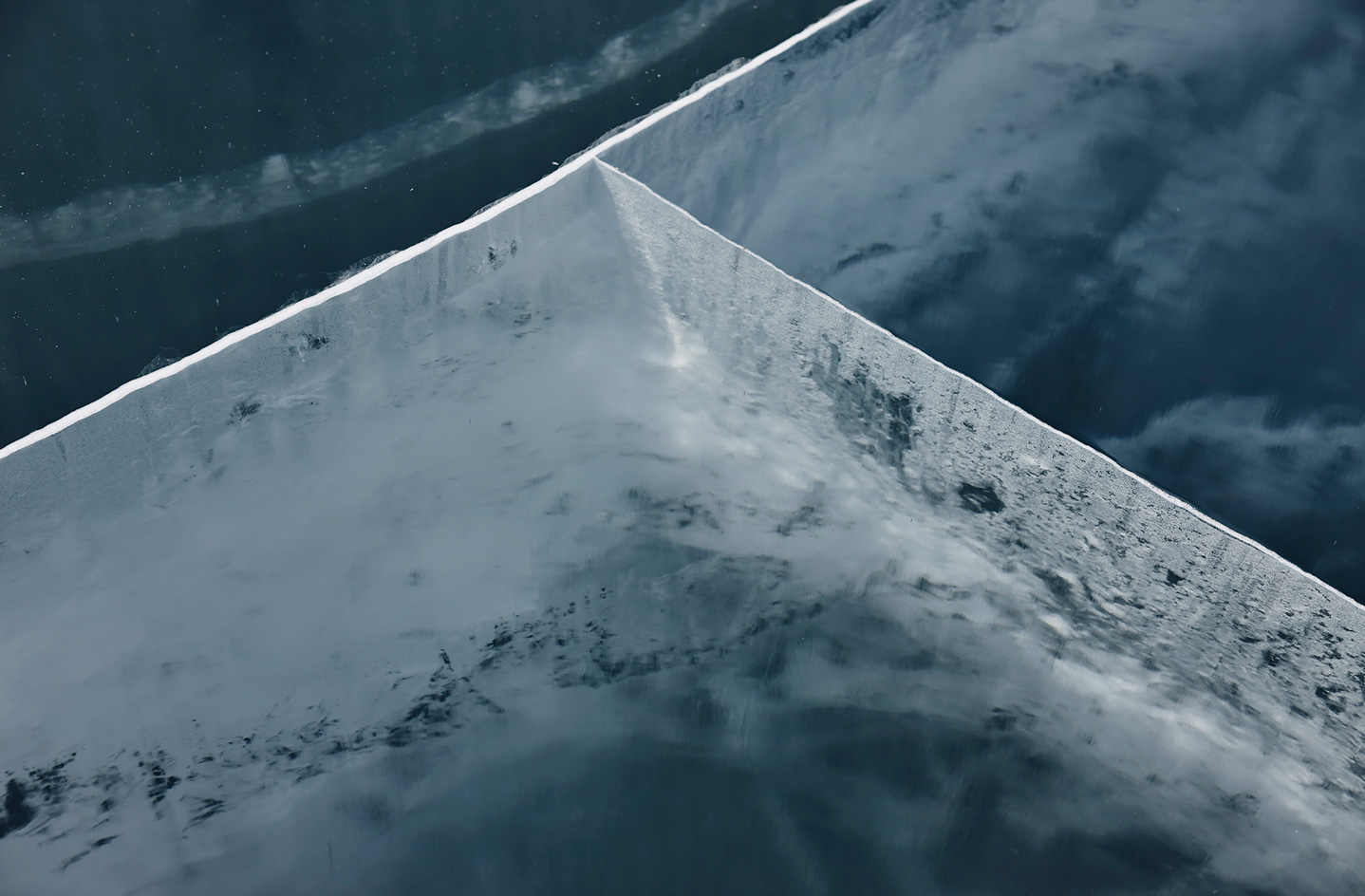
Opening 26 May and on view until 9 June at OFR, a gallery and bookshop in Paris, is Patricia Schwoerer’s exhibition ‘Lake Baikal’. Shot during her journey in Russia last year while temperatures were below -25°C (-13°F), the photographs reflect the intense experience of such harsh conditions. Schwoerer describes being totally disconnected, ‘as if in another world’, as she tried to focus on the ever changing landscape. There is something awe-inspiring about the ice as it turns into a new graphic sculpture every winter, creating abstract forms under the lakes surface.
Writer: Sophie Gladstone
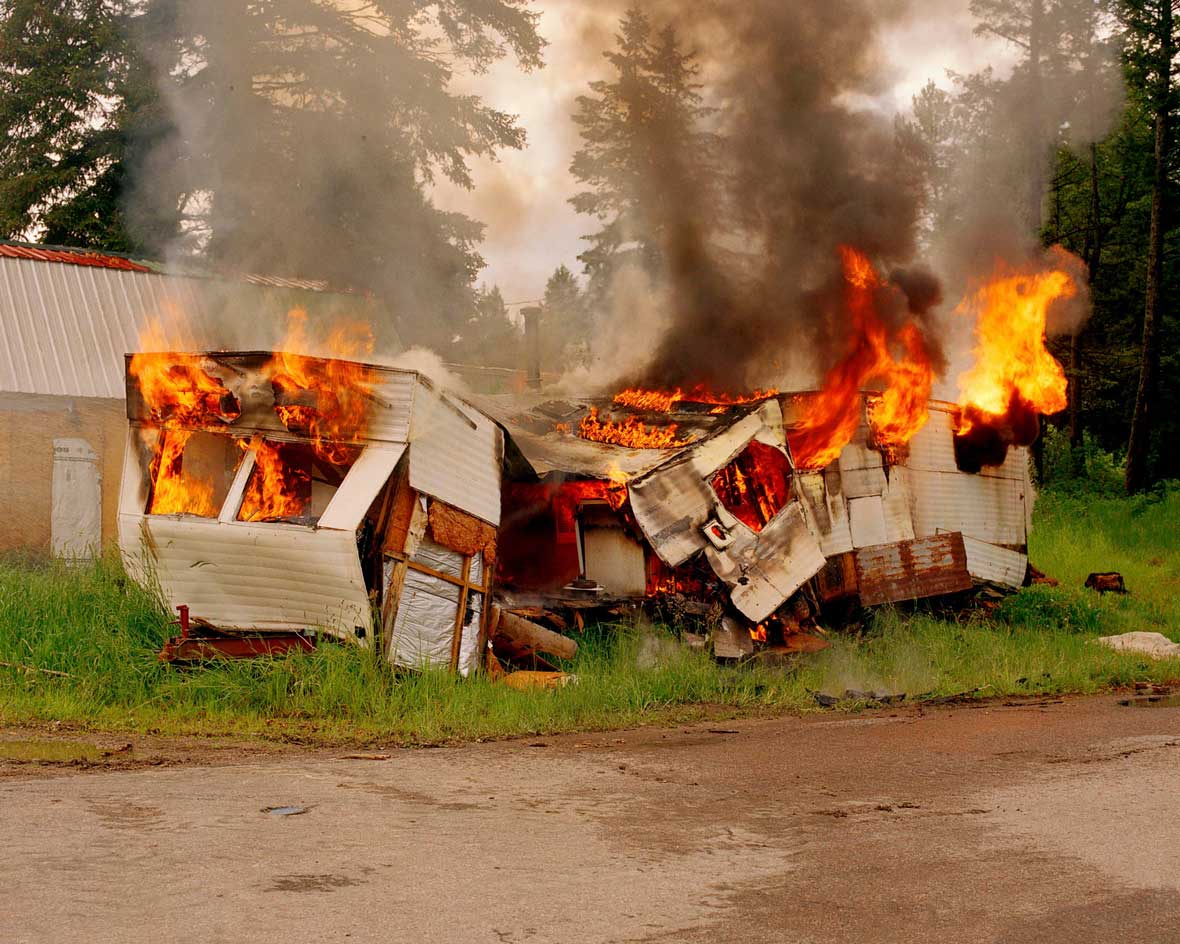
‘Playing for Keeps’, an exhibition of works by American photographers Molly Matalon and Caroline Tompkins, is now on show at Micamera in Milan until 29 June. Curated by Jamie Allan Shaw, their individual works convey a contemporary female perspective of romanticised America. Tompkins (pictured) reforms the masculine experience of American landscape and the open road, exploring a female-shifted form of freedom. Meanwhile, Matalon communicates a domestic gaze, one heavy with enigmatic temptation and sexuality. A dialogue forms between their images as they contemporise and expand the narrative of Americana, addressing power dynamics and ownership.
Writer: Sophie Gladstone

For Antwerp-based Katrien de Blauwer, collage is an all-encompassing method that allows her to stretch broadly across imagery as she forms unexpected connections. Composed from images taken from old magazines, her photographs reveal a narrative, while remaining open to interpretation through de Blauwer’s exclusion of faces or gazes. On view from 18 May until 15 June at Galerie Les filles du Calvaire in Paris, her solo exhibition ‘Love me tender’ marks the launch of de Blauwer’s new photobooks – Why I Hate Cars, and Dirty Scenes (both published with Libraryman).
Pictured, Love me tender 74, 2018, by Katrien de Blauwer. Courtesy of Galerie Les filles du Calvaire
Writer: Sophie Gladstone

A lucky few will recognise their own experience in School of Art, Matthew Finn’s latest book published by Stanley Barker. Shot in 1997, the images convey a sense of hope and excitement that emerged under the new Labour government to a soundtrack of Brit pop. Remembering the freedom he experienced, Finn says, ‘It was last decade before cell phones and social media, we discussed, argued and tried things out, not because we were told to but be cause we wanted to. Everything seemed possible.’
School of Art, £30, published by Stanley Barker
Writer: Sophie Gladstone
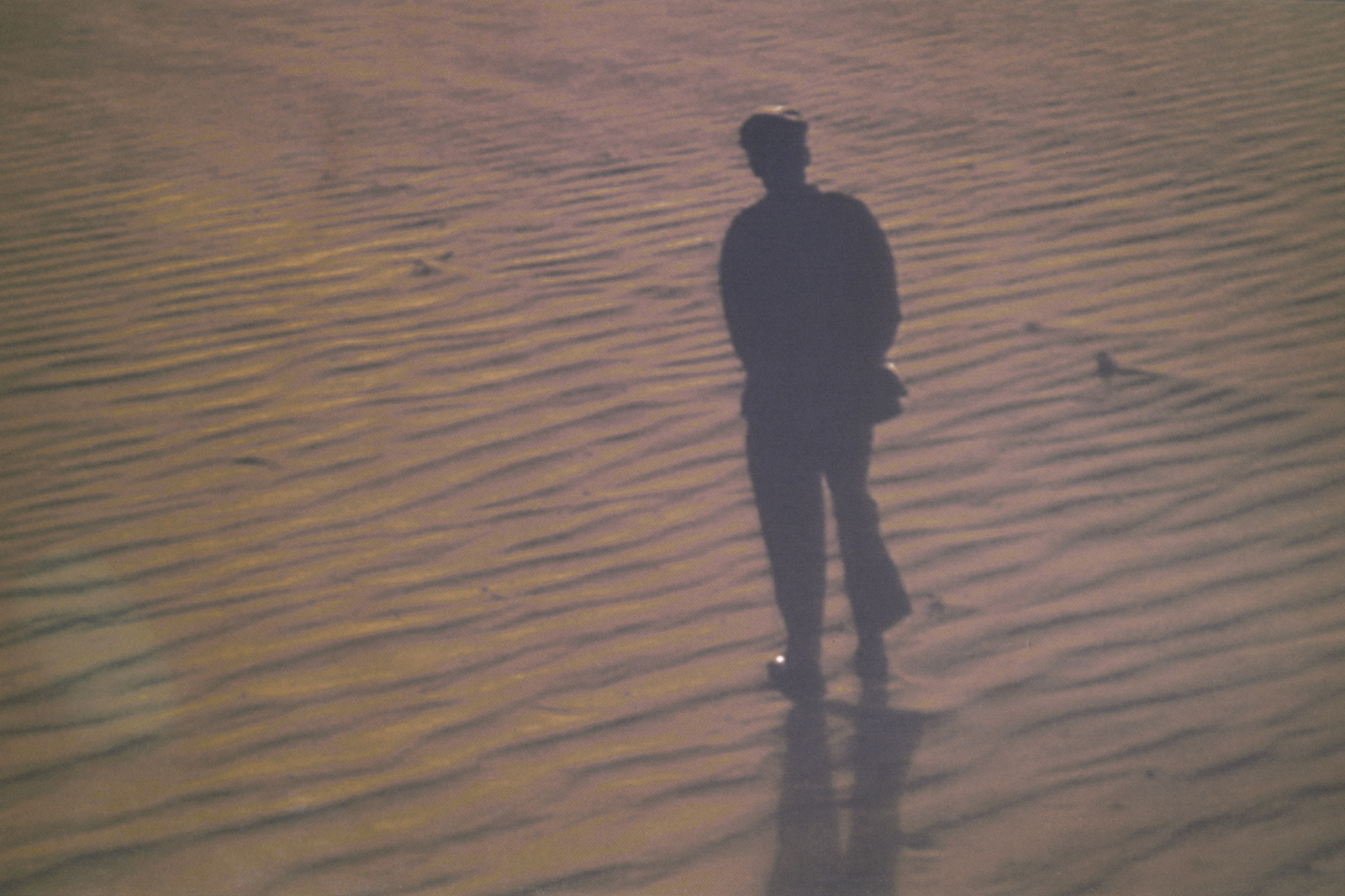
As part of Peckham 24, an exciting photography festival showcasing over 25 international contemporary artists, Baud Postma will be exhibiting Photographic Memory (pictured). Drawing a link between the desert landscape’s constant state of flux and the fluidity of memory, the series touches upon construction, authenticity and artifice. Images of the Sahara from Postma’s personal archive, film stills from Lawrence of Arabia and long exposures of time-lapse footage form a multi-dimensional experience. Another highlight of Peckham 24 is For Those Who Could See Beyond The Surface, an exploration of history, ritual, and the strangeness of the everyday curated by Emma Bowkett. The festival opens Friday 17 May at Copeland Park, London, and runs until Sunday 19 May.
Writer: Sophie Gladstone
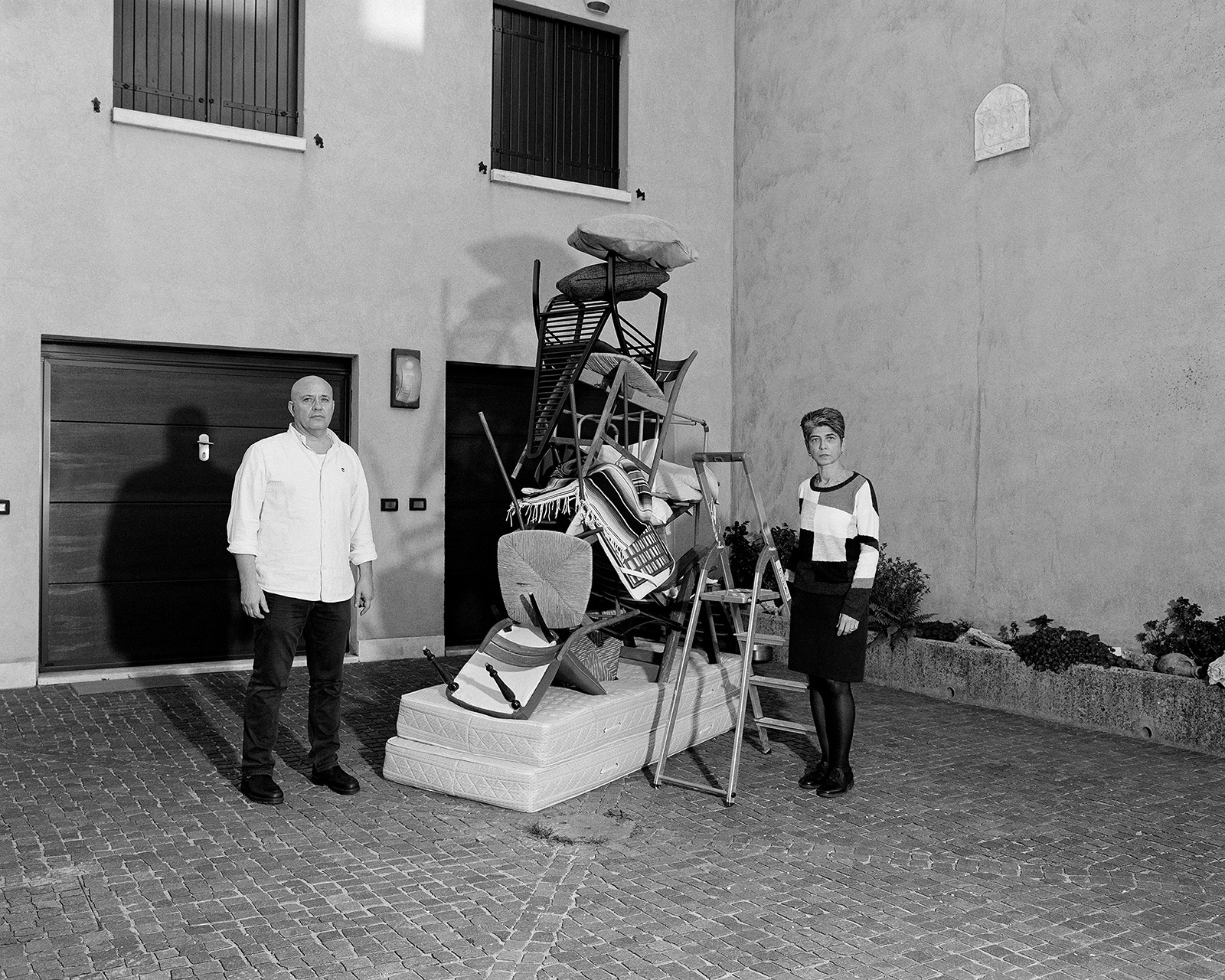
Following a competition that attracted over 400 submissions, three talented artists are being published in the Paper Journal Annual 2019, a photobook series selected by Paper Journal’s founding editor-in-chief Patricia Karallis and editor Giada De Agostinis. Rodrigo Sombra’s project Insular Night: Invisible Gardens explores Cuba’s insularity, and the way in which Cubans perceive and experience margins. Cherry Ave by Kovi Konowiecki is a poetic look at the part of California he grew up in, combining portraiture and still life to document home. While Eleonora Agostini’s A Blurry Aftertaste (pictured) utilises photography, sculpture and performance to consider the domestic space and it’s power dynamics.
Writer: Sophie Gladstone
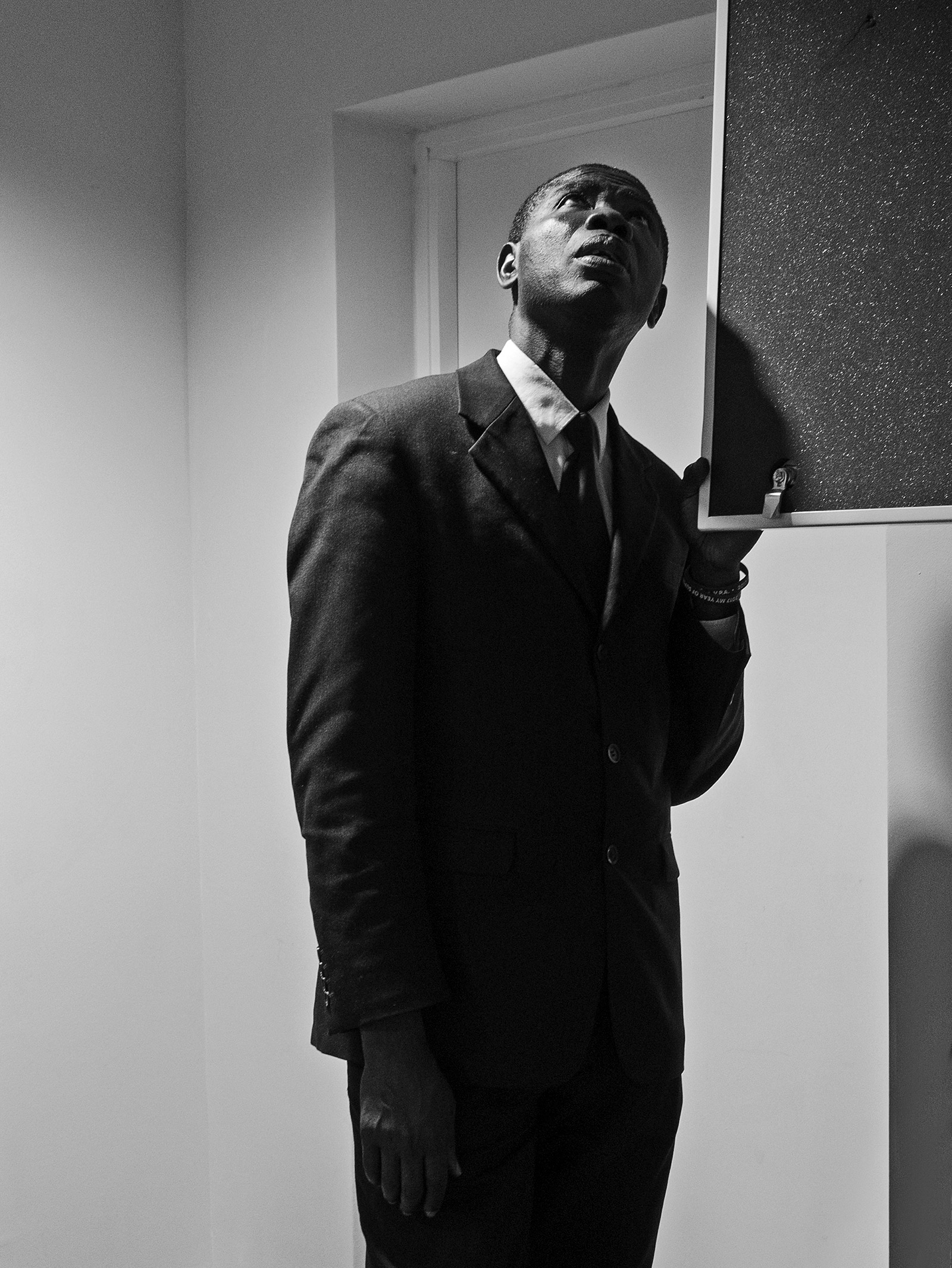
Jack Davison’s monograph Photographs is an emotive, experimental sequence of both staged and spontaneous images. The self-taught photographer works with a painterly method – one that’s dense with tension and mystery, enhanced by the recurring motifs of hands and eyes. Here, the boundary between perception and imagination blurs and shifts, just as his image-making switches between defining and dissolving. Published and designed by Loose Joints, the book tells a cinematic story of Davidson’s excavations into photography. Read our profile on Davison here.
Photographs, £40, published by Loose Joints
Writer: Sophie Gladstone

Curated by Carrie Scott and opening on 14 May at London’s The Store X, ‘Found: A Harold Feinstein Exhibition’ brings to light previously under-appreciated works by the late American photographer. What sets Feinstein’s work apart was his direct presence and involvement; in keeping with his close empathetic connection was his physical proximity, creating images that celebrated humanity in all it’s vivid forms. The exhibition brings together vintage and contemporary silver gelatin prints, while visitors may listen to audio of Feinstein’s voice and watch exclusive footage from the documentary Last Stop Coney Island: The Life and Photography of Harold Feinstein. ‘Found: A Harold Feinstein Exhibition’ is on view until 19 May.
Pictured, Smooch Baby Face, 1987, by Harold Feinstein. Courtesy of Harold Feinstein Trust and Carrie Scott
Writer: Sophie Gladstone
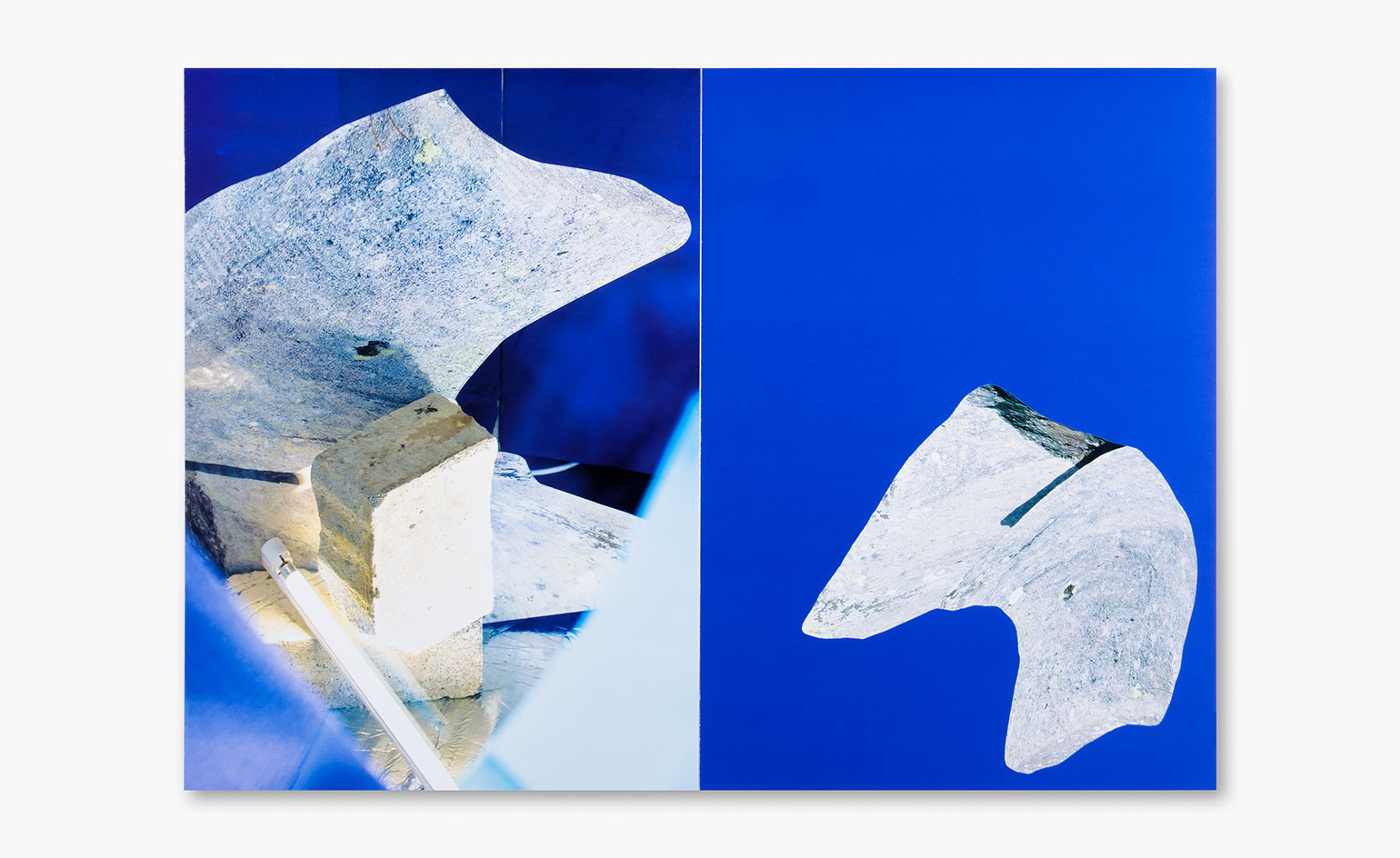
In Property by British artist Felicity Hammond, digital renderings of ostensibly perfect contemporary living environments are sculpturally merged with images of the chaotic and polluted reality of urban life. Although in book form, the collaged and cut-out pages exist as sculptural objects; revealing the gap between an ideal future realm on screen, and the actual multi dimensional environment of now. Hammond communicates a sense of constant growth, a powerful vision for living in times to come and the consequential conflict with our current urban realm.
Property, £40, published by SPBH Editions
Writer: Sophie Gladstone
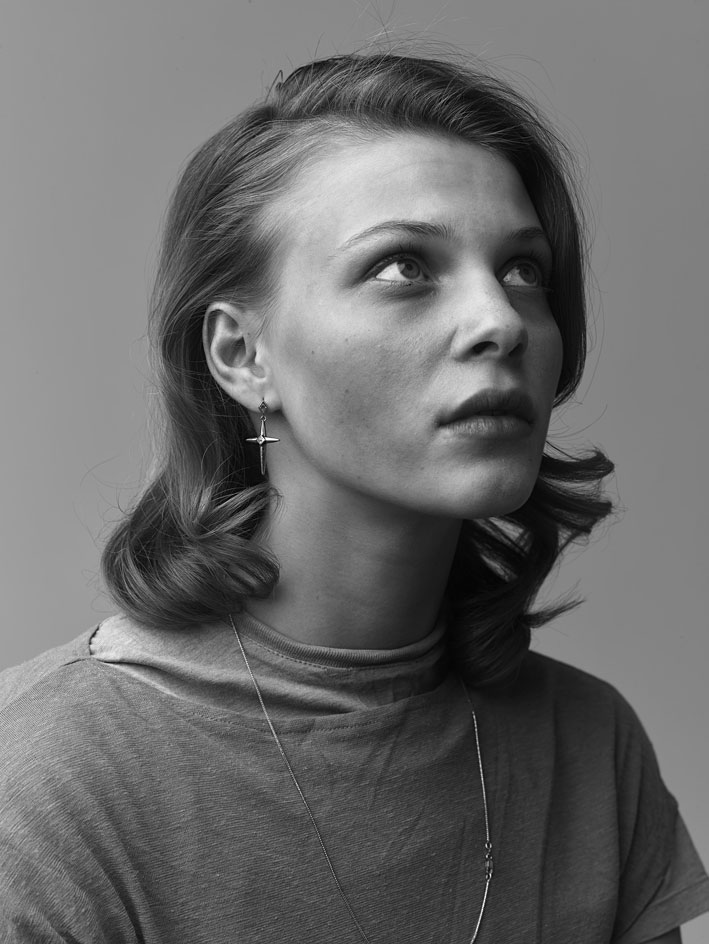
As part of the resistance against Nazi occupation in Italy, explosives were placed at the Venetian headquarters of the National Republican Guard, killing 13. In retaliation to those responsible, the German military shot 13 Italian prisoners the next day. Recently published with Gnomic Book, photographer Jason Koxvold’s book Calle Tredici Martiri (Alley of the Thirteen Martyrs) is a reimagining of his grandfather Aldo Varisco’s role in the resistance. Combining Koxvold’s atmospheric photographs with Varisco’s memoirs and archival imagery, the project probes the futility of photography as fact during tenuous times – present and past – of capitalism, fascism and consumerism.
Calle Tredici Martiri, $42, published by Gnomic Book
Writer: Sophie Gladstone
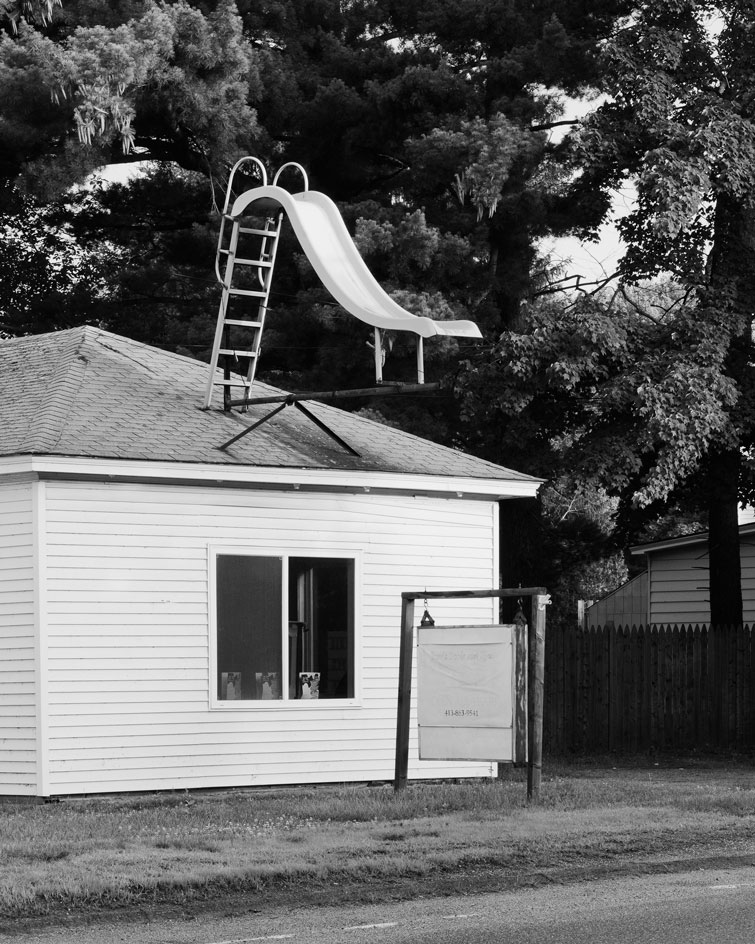
Referring to a rhyming scheme in which words fit closely but not exactly in sound, Slant could not be a more apt title for Aaron Schuman’s recently published book with MACK. It communicates the slight skew between the book’s humorous newspaper clippings of police reports in Amherst, Massachusetts, and Schuman’s curiously uneasy photographs taken in the same small town. Connected with the image pictured is ‘3:06 a.m. – Police located four men near a home under construction at the intersection of Mill and State streets, with one of the men holding a wooden stake. The men told police ‘they were trying to find adventure’. They were sent on their way.’
Slant, £30, published by MACK
Writer: Sophie Gladstone

Reaching from London to New York, East represents an exciting roster of creative artists. Now, to celebrate the work of ten of its photographers, the agency has curated ‘Closer’, an exhibition at its new Stoke Newington location in London. Artists included are David Abrahams, Francesca Allen, Linda Brownlee, David Brandon Geeting, Emma Hardy, Agnes Lloyd-Platt, Ryan Lowry, Cait Oppermann, Ilaria Orsini and Benjamin Vnuk. Together the artists cover a spectrum of the concept of closeness, from the more tangible physical proximities to a subject to more abstract themes of relationships, emotional intimacy, integration and loss. ‘Closer’ is on view by appointment only from 9-11 May.
Pictured, Ha Ha Happiness, by Ryan Lowry
Writer: Sophie Gladstone
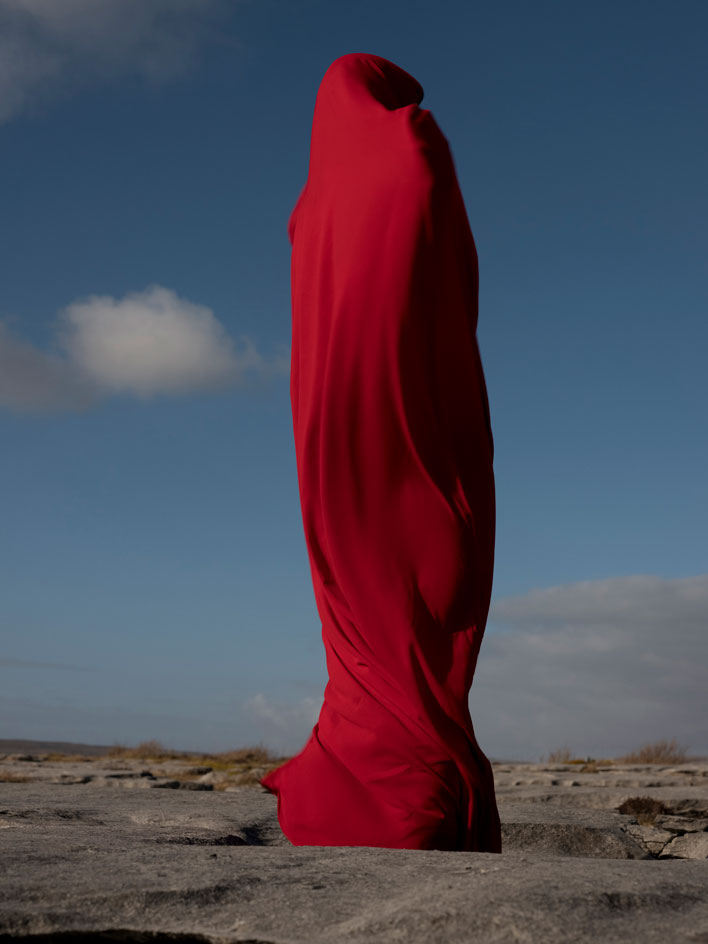
London’s Michael Hoppen Gallery is bringing together four bodies of work by Irish photographer Eamonn Doyle, from 1 May – 15 June. Featured works range from black and white depictions of Dubliners roaming the city as dynamic giants in ON, to colourful capturings of its elderly inhabitants with a flattened focus on their poise and clothing in i. Also shot in Dublin, State Visit catalogues the graphic markings made by security prior to Queen Elizabeth II’s visit to the city. Meanwhile in K, Doyle’s latest work, otherworldly landscapes are intervened with by inserting a fluid figure of fabric into the scene. Concurrent to this is a solo exhibition of Doyle’s work at the RHA in Dublin.
Pictured, K12, 2018, by Eamonn Doyle. © The artist. Courtesy of Michael Hoppen Gallery
Writer: Sophie Gladstone

After first moving to New York as a model, Ethan James Green soon found himself more drawn to photography and was subsequently mentored by the late photographer David Armstrong. In Young New York (recently published by Aperture), models, artists, nightlife icons, queer youth, and gender binary are portrayed in a way only possible through Green’s sensitivity and connection. The black-and-white portraits are simple in their composition but complex in their character, working as a redefinition of beauty that does not subscribe to fads or trends.
Ethan James Green: Young New York, $45, published by Aperture. Pictured, Dara, 2017, by Ethan James Green. © The artist
Writer: Sophie Gladstone
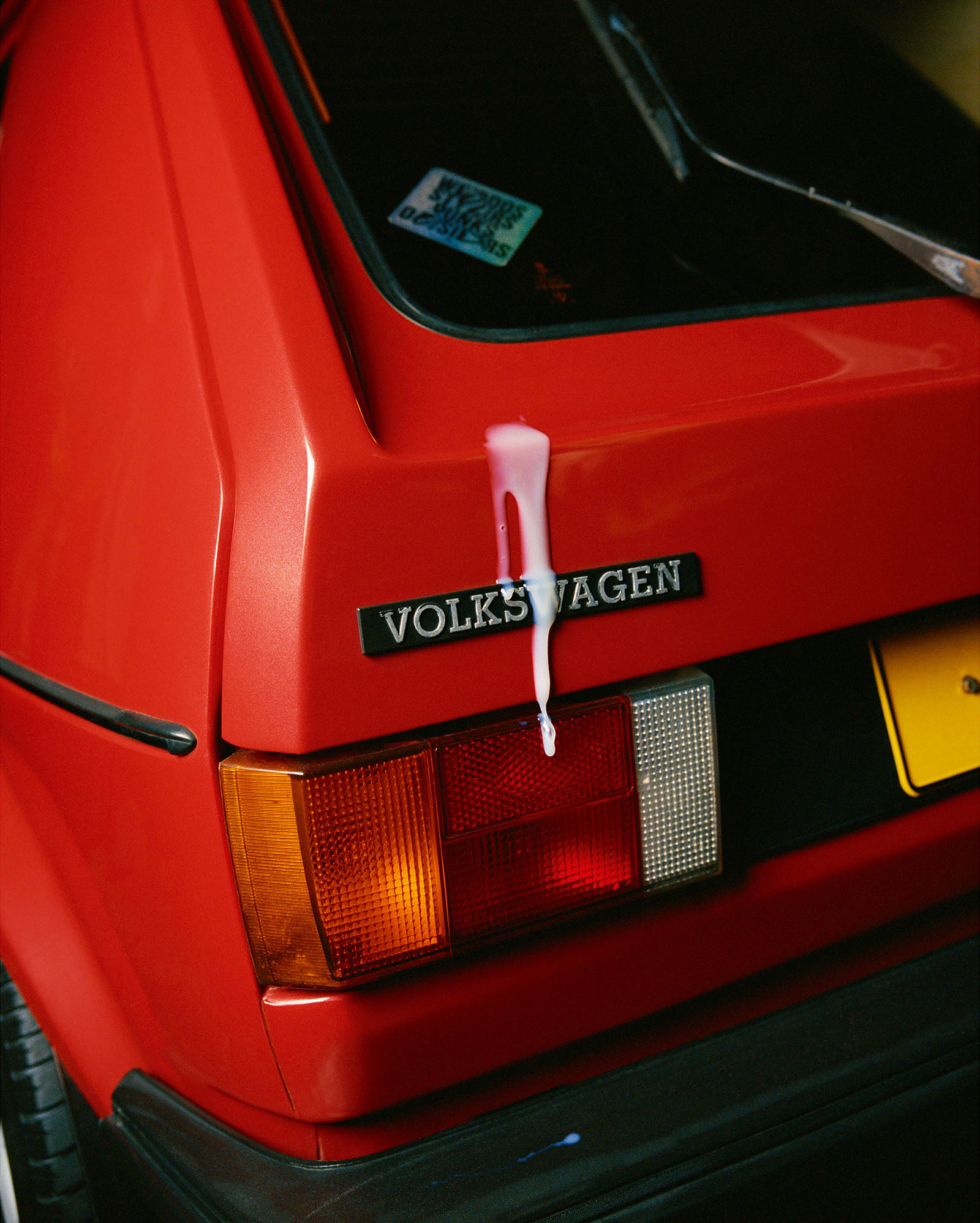
The 26-year-old Spanish artist Coco Capitán is taking her first major museum exhibition in Europe in stride. Spanning six years of her image-making, ‘Busy Living’ challenges fashion and commercial photography norms through Capitán’s statuesque studies of Olympic swimmers and personal visual diaries told through trips across America and China. The project – which has been published as a book by artist-run publisher Loose Joints, and with an essay by director Simon Baker – showcases Capitán’s multifaceted approach to her practice as she incorporates writing, painting and installation in an attempt to decipher the codes of our everyday. ‘Busy Living’ is on view from 6 March – 25 May at Maison Européenne de la Photographie in Paris.
Busy Living, £35, published by Loose Joints
Writer: Jessica Klingelfuss

The Brooks Press was established in September 1898 by FW Brooks in Wirksworth, a small quarry town on the edge of the Peak District. Passed down through the Brooks family for three generations, the imprint published a wide range of material from travel guides to poetry and self-improvement books. Now, some 40 years after it ceased trading, Chris Brooks is reviving the family business with his first publication. For over a decade, the photographer has been returning to his childhood home in Derbyshire to retrace the provenance of his family’s printing press through a series of evocative large-format portraits and landscapes that he has combined with archival material and pages of letterpress in The Brooks Press of Wirksworth.
The Brooks Press of Wirksworth, £40, published by The Brooks Press
Writer: Jessica Klingelfuss
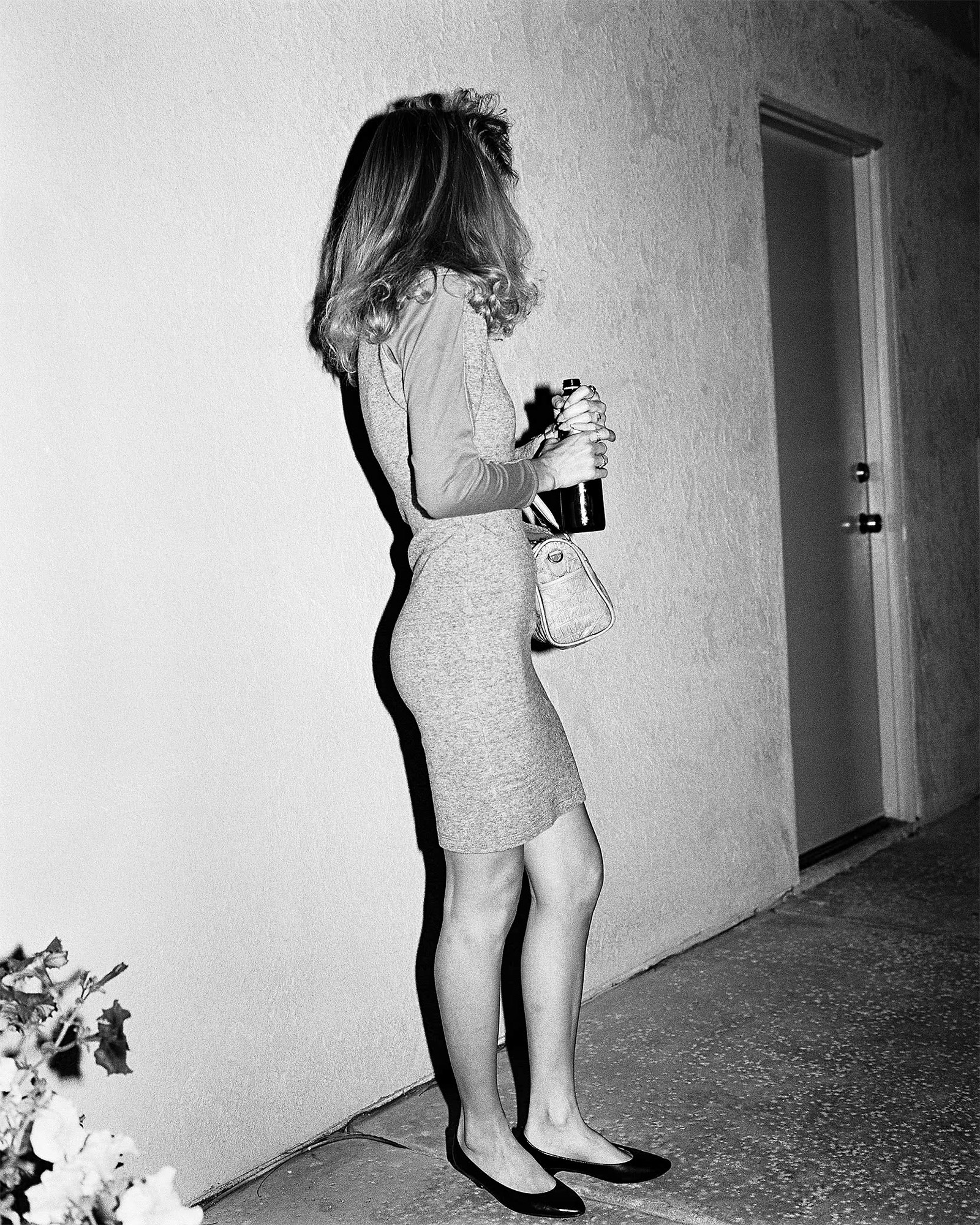
American photographer Mimi Plumb was nine years old when her mother, during the Cuban Missile Crisis in 1963, told her of a possible impending nuclear war. Plumb recalls the period of anxiety that followed: ‘I would wake up in the middle of the night to repeatedly look at the hallway clock, and worried about not sleeping. At school, my classmates and I practiced getting under our desks.’ It’s this sense of foreboding that resonates in her series Landfall of black and white images from the 1980s. From peculiar landscapes to video arcades, dioramas and flashbulb portraits of friends and strangers, Plumb’s ominous photographs form a dystopian narrative that is both unsettling and mesmerising at once. ‘Landfall’ is on view from 20 April – 29 June at San Francisco’s Robert Koch Gallery; a reception for the artist will take place on the evening of Thursday 2 May.
Pictured, KIM, 1987, by Mimi Plumb
Writer: Jessica Klingelfuss

Tyler Mitchell’s trajectory has been nothing short of stratospheric. At just 23 years old, the Brooklyn-based photographer was thrust into the limelight virtually overnight after shooting Beyoncé for the cover of Vogue – the first African-American photographer make the cover in the magazine’s 126-year history. Less than a year later, Mitchell is opening his first solo exhibition – at Amsterdam’s Foam museum no less. Serene candy colour palettes and natural light give way to Mitchell’s holistic vision of ‘a black utopia’, capturing his subjects in gardens and parks, or in front of idyllic studio backdrops. ‘I Can Make You Feel Good’ is on view from 19 April – 5 June at Foam.
Pictured, Untitled (Hat), 2018, by Tyler Mitchell. Courtesy of the artist
Writer: Jessica Klingelfuss

South African artist Nico Krijno defies categorisation: his bricolage works can read like photographs, sculpture, painting and collage all at once. He reworks found objects – scraps of granite or wood, veneer, plastic stacks, and cardboard cutouts – into captivating compositions, first by hand, later by pixel. They’re perspective-bending, certainly; take Composition with Painted Wood (pictured), that recalls the cubist paintings of George Braque, or Veneer Wood Wood, a tromp l’oeil of sorts that nods to Barbara Kasten and Laszlo Moholy-Nagy. ‘Leave Your Body Behind’ is on view 10 April – 25 May at New York’s Elizabeth Houston Gallery.
Pictured, Composition with Painted Wood, 2018, by Nico Krijno. Courtesy of the artist and Elizabeth Houston Gallery
Writer: Jessica Klingelfuss

After long days spent working in his studio, Burkina Faso photographer Sanlé Sory would often hit the town, capturing the vibrant nightlife of Bobo-Dioulasso and the surrounding areas over the course of several decades. Sanlé, too, was fascinated by the region’s ‘unique energy and passion’, and would stage his own bals poussière (dustball parties) in remote villages which often lasted until well after dawn – at which point the farmers and herders would head straight back to tend their fields and cattle. These photographs – part of Sory’s remarkable oeuvre that remained undiscovered until the artist was in his 70s – are being exhibited for the first time at David Hill Gallery in London. ‘Sanlé Sory: Peuple de la Nuit’ is on view 5 April – 31 May, coinciding with a book of the same name published by Stanley/Barker. See more of Sory Sanlé’s portraits of West African youth culture here.
Peuple de la Nuit, £35, published by Stanley/Barker. Pictured, L’équilibriste, 1972, by Sanlé Sory
Writer: Jessica Klingelfuss

Paris-based photographer Osma Harvilahti has built a name for himself in the fashion world, counting the likes of Hermès and Issey Miyake among his clients. Now, the artist is getting a homecoming of sorts at Helsinki’s Design Museum with his first solo exhibition in his native Finland. ‘Although the pictures are often completely constructed, they have the appearance of natural twists of everyday existence,’ notes Design Museum chief curator Suvi Saloniemi. Alongside commercial and personal work, Harvilahti will debut a brand new series commissioned by Louis Vuitton. His ongoing collaboration with the French fashion house is one to watch: in autumn, it will publish a book of photographs by Harvilahti exploring Saint-Tropez. ‘Osma Harvilahti: New Colour’ is on view from 5 April – 26 May.
Pictured, One White Sock, Cape Town, 2017, by Osma Harvilahti, from the series Cape Town Dance Company
Writer: Jessica Klingelfuss
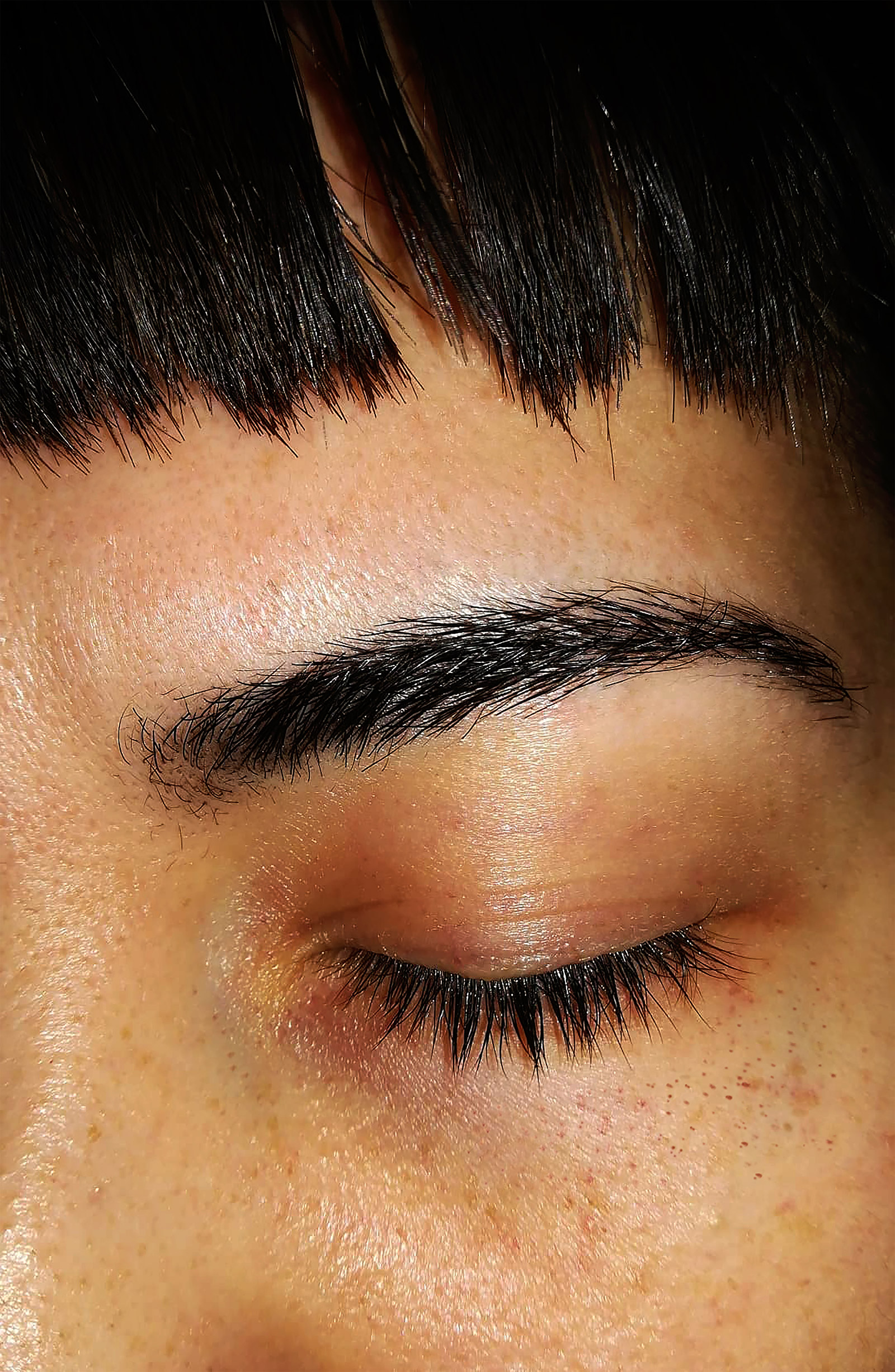
Opened at London gallery Seen Fifteen, ‘Intro:spective’ (5-7 April) explores notions of the self through diverse techniques, from medical imaging, to smartphones, sculpture, installation and performance. The Revolve Collective worked closely with gallery director Vivienne Gamble to shed light on fabricated and established notions of the self. The exhibition includes works by Krasimira Butseva, Lina Ivanova, Ibrahim Azab, Lucas Gabellini-Fava, Tom Lovelace, Josh Moseley, Elena Helfrecht, Victoria Louise Doyle, Katy Hundertmark and Niamh Treacy.
Pictured, Tobacco meeting again for the first time, 2019, by Krasimira Butseva. © The artist
Writer: Sophie Gladstone
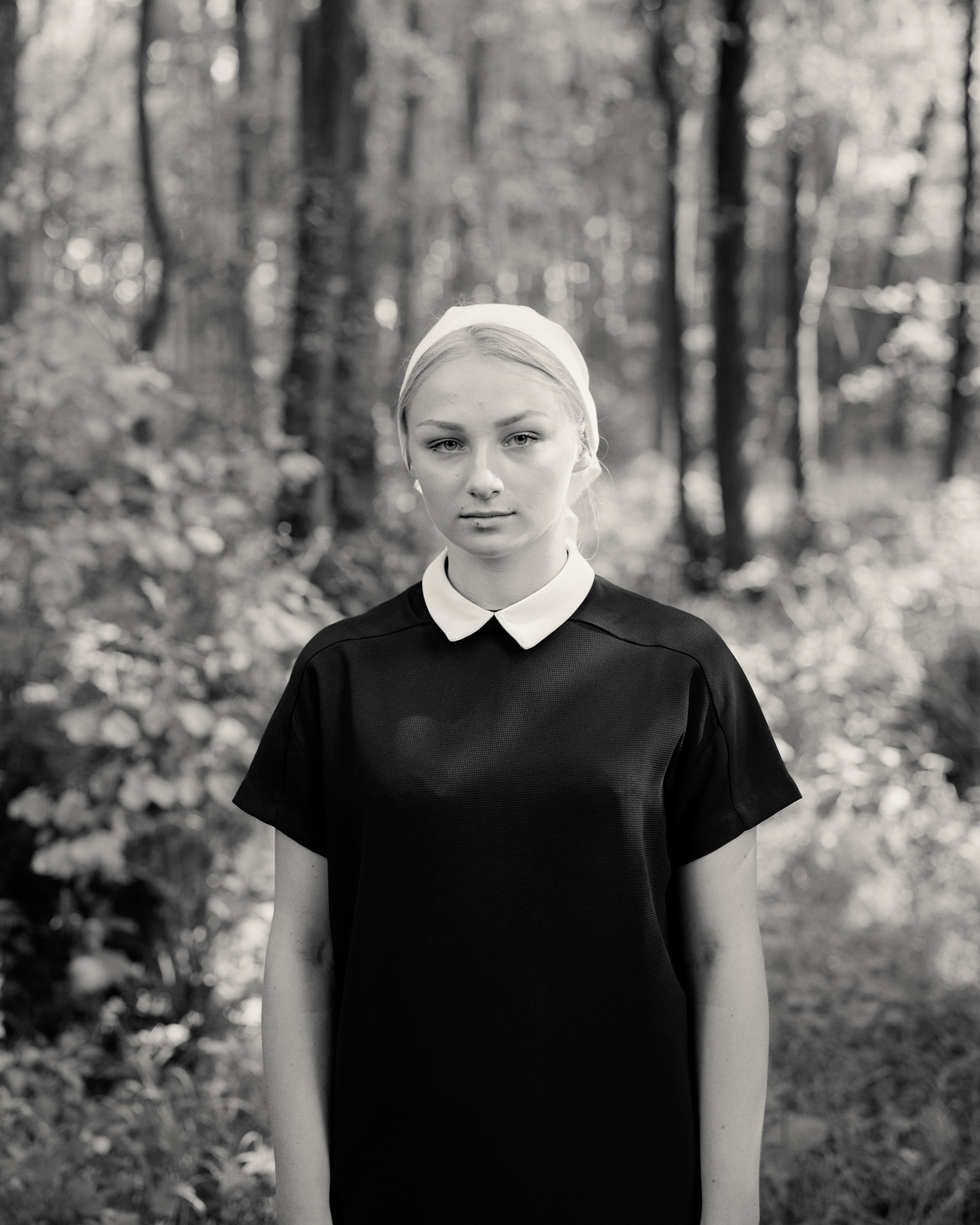
Photographer Alys Tomlinson has captured the stillness of spiritual life for Ex-Voto, published by GOST Books. Over five years, Tomlinson journeyed to Catholic pilgrimage sites in Ballyvourney (Ireland), Mount Grabarka (Poland), and Lourdes (France). Narratives of miracle cures and visions experienced by visiting pilgrims date back to the sixth century. Distancing her portraits, landscapes and still lifes from present-day agitations, Tomlinson’s monochromatic gaze will surely draw in modern-day believers with her serene and contemplative outlook. Coinciding with the publication of the book, the series will be exhibited across the UK including London’s HackelBury Fine Art (7 March – 18 April), Chichester Cathedral (2 March – 23 April) and Newcastle’s SIDE Gallery (6 April – 9 June).
Ex-Voto, £35, published by GOST Books. Pictured, Untitled (#16), 2016-2018, by Alys Tomlinson
Writer: Sophie Gladstone
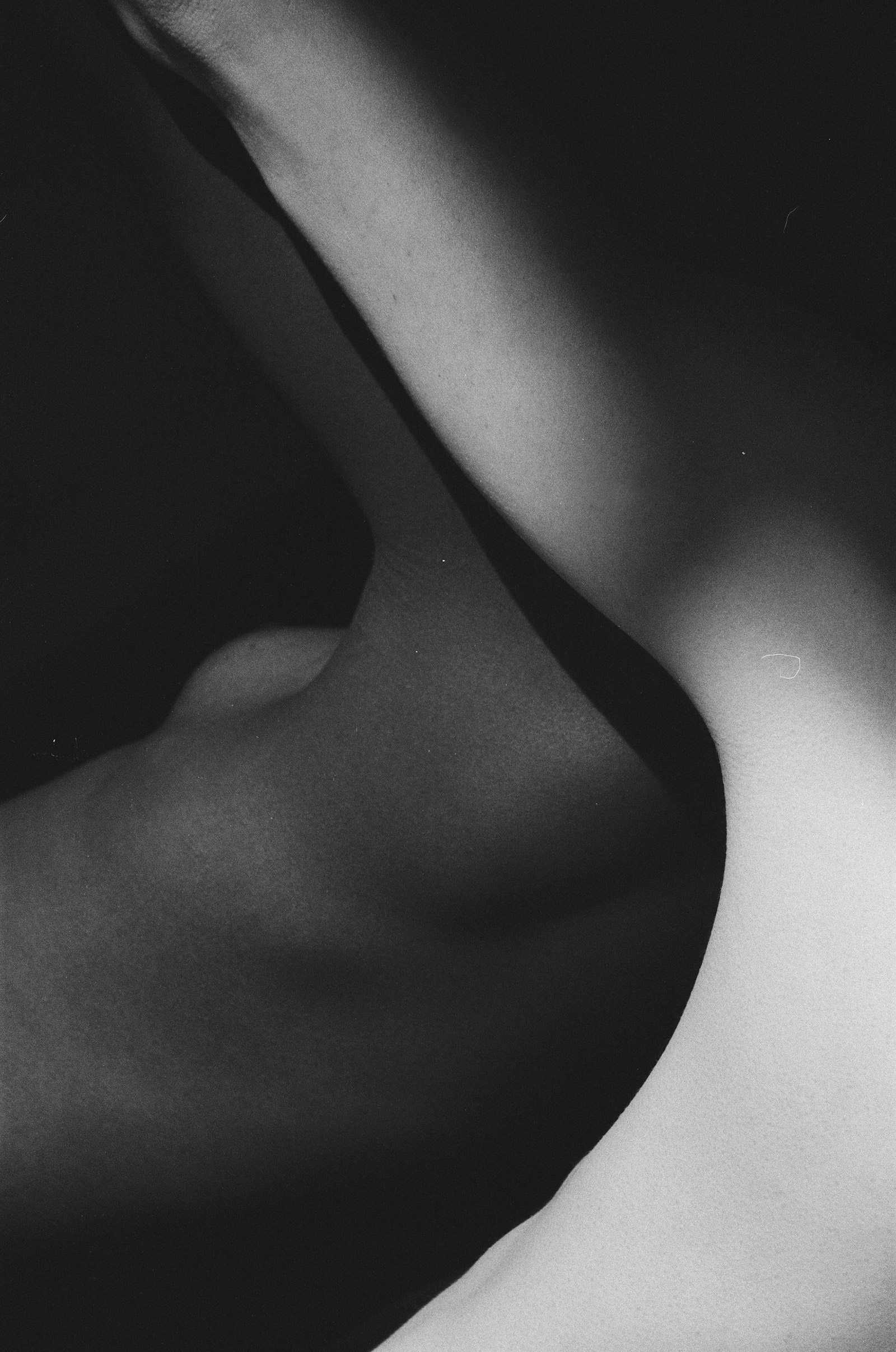
Just as Alexandria Coe and Kirk Truman – the creative duo behind Body – are partners in life, the charcoal drawings (by Coe) and photographs (Truman) go hand in hand. The self-published book delves into the relationship between image-making and the body, providing a perspective that the nude is more than a naked form: it is a vessel through which a creative collaboration is expressed. Mirroring the nature of the work, a poetic introduction by writer Olivia Sudjic accompanies the monochromatic art.
Body, £55, published by Alexandria Coe
Writer: Sophie Gladstone
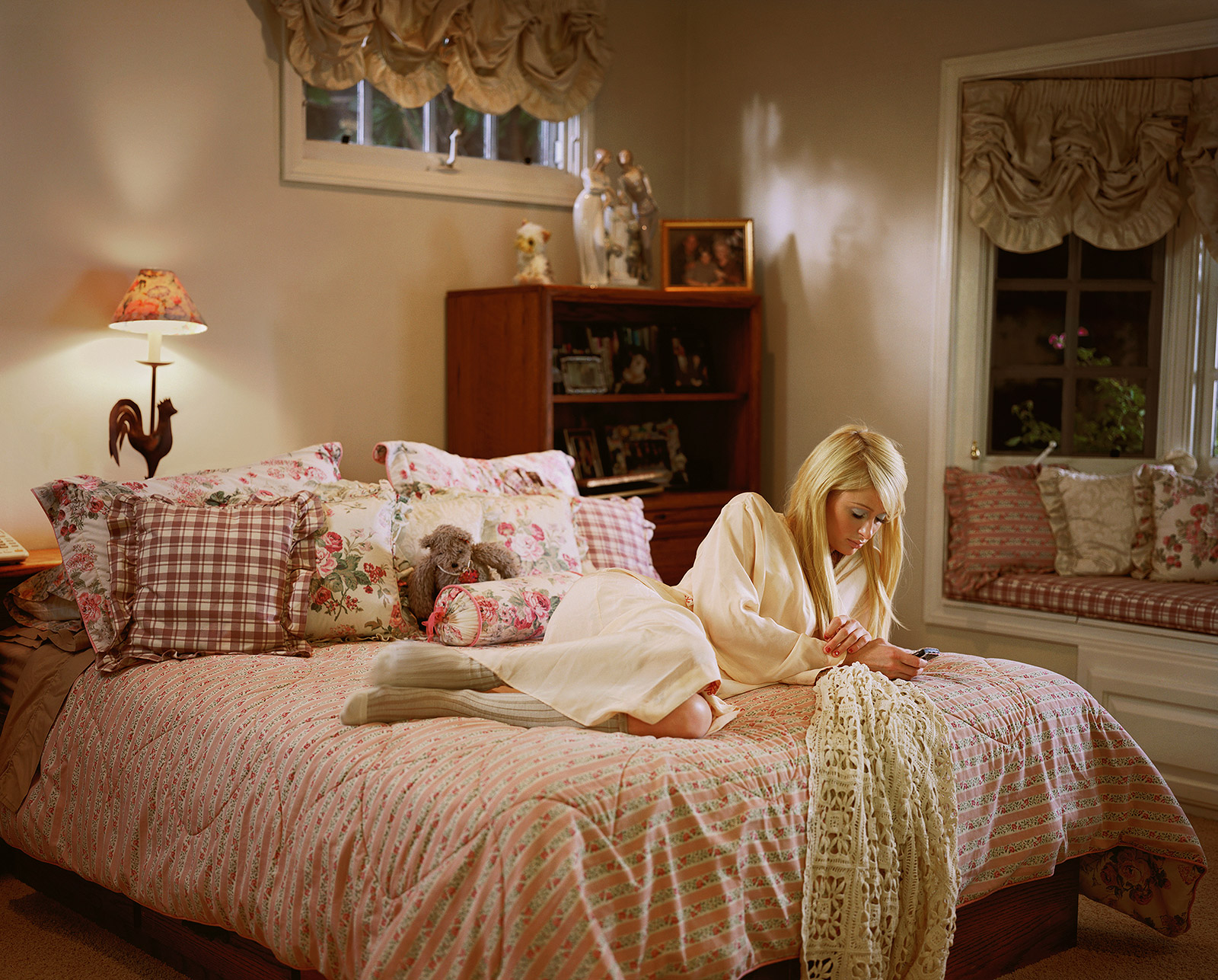
The common denominator among photographers Erica Deeman, Mark McKnight, Eva O’Leary and Larry Sultan is a deep engagement with social and political structures that draws on their personal histories. Brown by Deeman is a moving yet direct look at black male portraiture. McKnight, meanwhile, creates a dialogue between queer bodily forms and scenes of architecture, urban spaces and landscape. Merging fact and fiction in suburban life, Sultan presents surreal yet familiar narratives. O’Leary’s photographs, produced around Happy Valley, highlight gendered power dynamics for those coming of age in the college town. ‘Close to Home’ is on view from 2 March – 6 April at Shulamit Nazarian in Los Angeles.
Pictured, Paris on my Parents’ Bed, 2007, by Larry Sultan
Writer: Sophie Gladstone
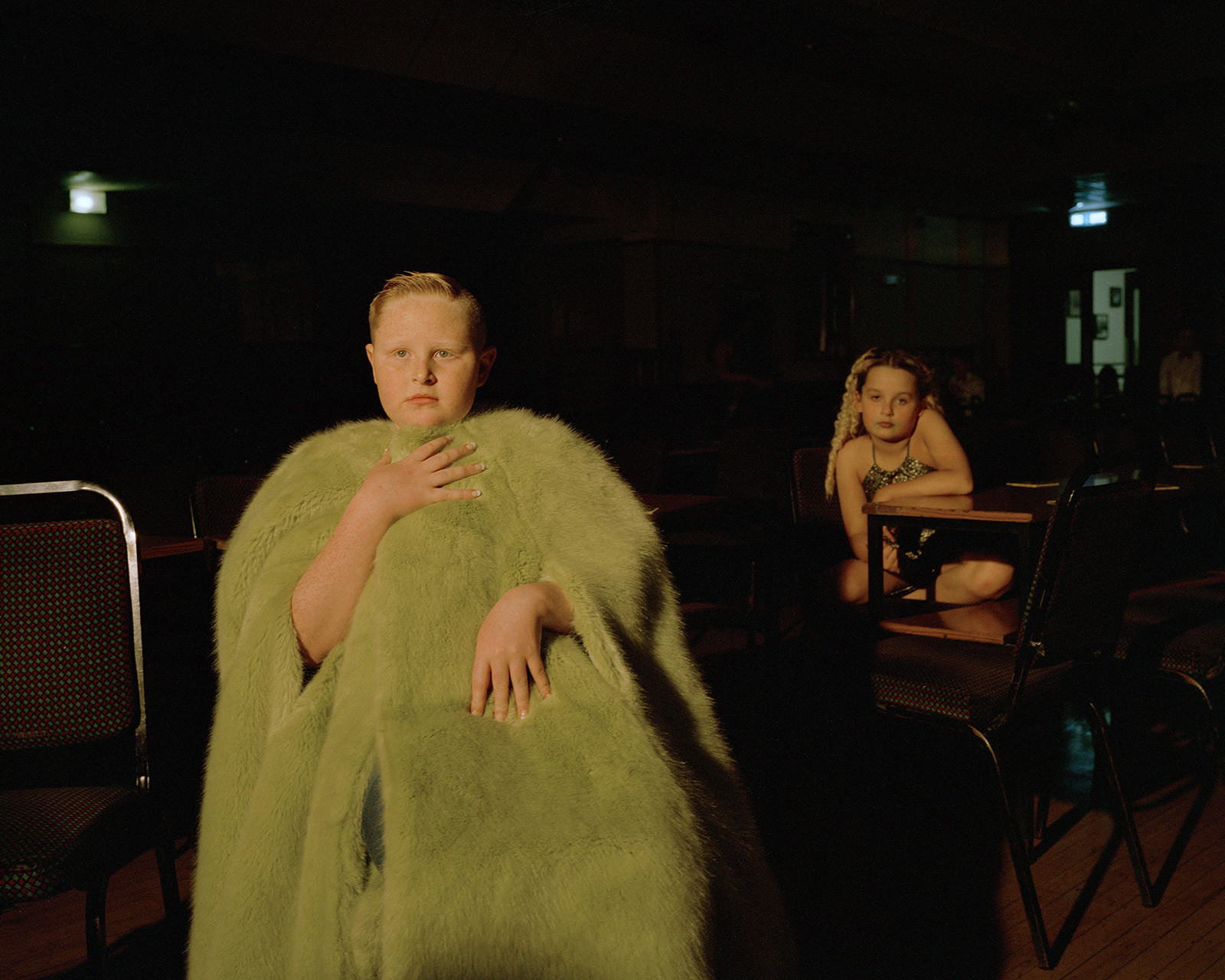
Stemming from fashion-themed workshops led by Charlotte James and photographer Clémentine Schneidermann in youth centres across the South Wales Valleys, ‘It’s Called Ffasiwn’ brings together social documentary, fashion, portraiture, performance and landscape photography. The workshop participants, aged between 8-14, learned fashion-focused skills such as customising clothes, sewing and styling. These local children channelled their newfound creative abilities to get into character against a backdrop of mountains, working men’s clubs and pebbledash houses. There’s something surreal and affecting about the weight of documentary, combined with childhood playfulness and the allure of fashion. On view at the Martin Parr Foundation in Bristol from 27 March – 25 May, the exhibition successfully subverts the stereotypes typical of the Welsh valleys and its working-class residents.
Pictured, Rio, Labour Club, Merthyr Tydfil, 2017. © Clémentine Schneidermann and Charlotte James
Writer: Sophie Gladstone

As Laura Coulson’s observations have a soothing serendipity, ‘Pleasing’ is a fitting title for her exhibition at London’s Webber Gallery (29 March – 28 April) and photobook with Paris-based publisher Libraryman. With an eye for curious moments, the British artist photographs intuitively, this body of work drawn from five years of traveling on assignment. Interaction with surface appears as a theme; bodies pressed against steamy beauty salon windows, a dust coated windshield, petals floating on a puddle, colour bursting through a plastic bag, and light falling upon carpet.
Pleasing, €35, published by Libraryman. Pictured, Untitled, from the series Pleasing, 2019, by Laura Coulson, C-Type, edition of 3
Writer: Sophie Gladstone

Alec Soth is celebrated for the rich narratives he provides of overlooked pockets of America, from Mississippi to Niagra. His new monograph, I Know How Furiously Your Heart is Beating, focuses on the individual, exploring what is revealed through the dynamic between subject and photographer. Soth explains, ‘This project isn’t about geography, nationality, or other ways we conceptually try to understand each other. It’s simply about walking into another person’s room and beholding the fragile, enigmatic beauty of another person’s life.’ The book launch coincides with four exhibitions in San Francisco (Fraenkel Gallery), New York (Sean Kelly), Minneapolis (Weinstein Hammons) and Berlin (Loock Gallery).
I Know How Furiously Your Heart is Beating, £50, published by MACK. Pictured, Galina. Odessa, 2018, by Alec Soth. © Alec Soth. Courtesy of Sean Kelly, New York
Writer: Sophie Gladstone
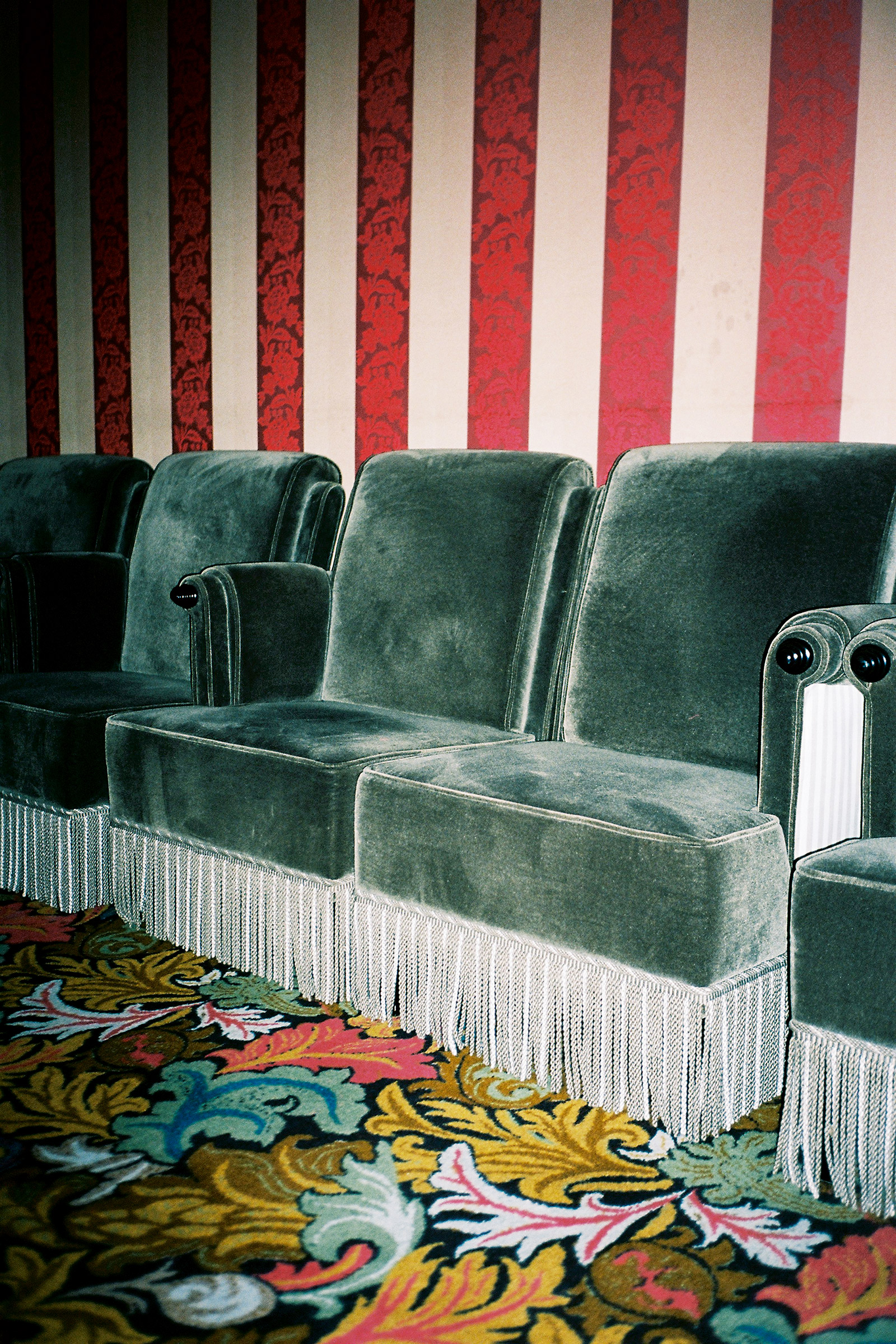
On view from 22-24 March at London’s AMP Studios, the group exhibition ‘Construction’ features works by established and emerging photographers. Parisian photographer Marguerite Bornhauser’s 8 (pictured) is a story of luck inspired by the writing of the late French author Françoise Sagan; the life of the lucky number is visually interpreted through hotels, beaches and casinos. Elsewhere, British photographer Suzie Howell ilso showing her poetic exploration of the rugged terrain of Sardinia. With constructed forms and elements of nature, the multimedia piece serves as a sketchbook for the study of an unfamiliar environment. Curated by Hannah Gedes and Max Ferguson, the exhibition is raising money for Protection Approaches, a charity working to end identity-based mass violence.
Writer: Sophie Gladstone

One of the UK’s most acclaimed photographers, Martin Parr has long conveyed his wry affection for the country’s national identity and its uniquely British quirks through his intimate portraits of modern life. Supported by Gucci and the Bern Schartz Family Foundation, an exhibition of new and previously unseen images by Parr have gone on display at London’s National Portrait Gallery. With Brexit on the horizon, this spotlight on British identity couldn’t be timelier. But it’s not so serious – it never is with Parr, thankfully. His witty self-portraits lighten the mood, exhibited along his celebrated images of food and characterful photos of artists Tracey Emin and Grayson Perry. ‘For Only Human: Martin Parr’ is on view until 27 May.
Pictured, Preparing lobster pots, Newlyn Harbour, Cornwall, England, 2018, by Martin Parr. © Martin Parr / Magnum
Writer: Sophie Gladstone

Amsterdam’s Huis Marseille is exhibiting the work of four female Dutch photographers hailing from diverse backgrounds, who share a kinship in their remarkable abilities to engage with their subjects. Céline van Balen and Esther Kroon’s promising careers both met an untimely end (the latter was brutally murdered while on assignment in Guatemala in 1992). Poland-born German photographer Helga Paris, meanwhile, only found recognition later in life due to the Cold War. And recent Central St Martins graduate Julie Greve – who is just starting out in her career – has already developed a distinctive style. The portrait work by this powerful quartet in ‘Futures Past & Present’ (9 March – 2 June) is full of personality and dignity, likely a consequence of the close connections they all had a fluency for.
Pictured, Grunder, Amsterdam, 1989, by Esther Kroon. Courtesy of Nederlands, Fotomuseum, Rotterdam
Writer: Sophie Gladstone
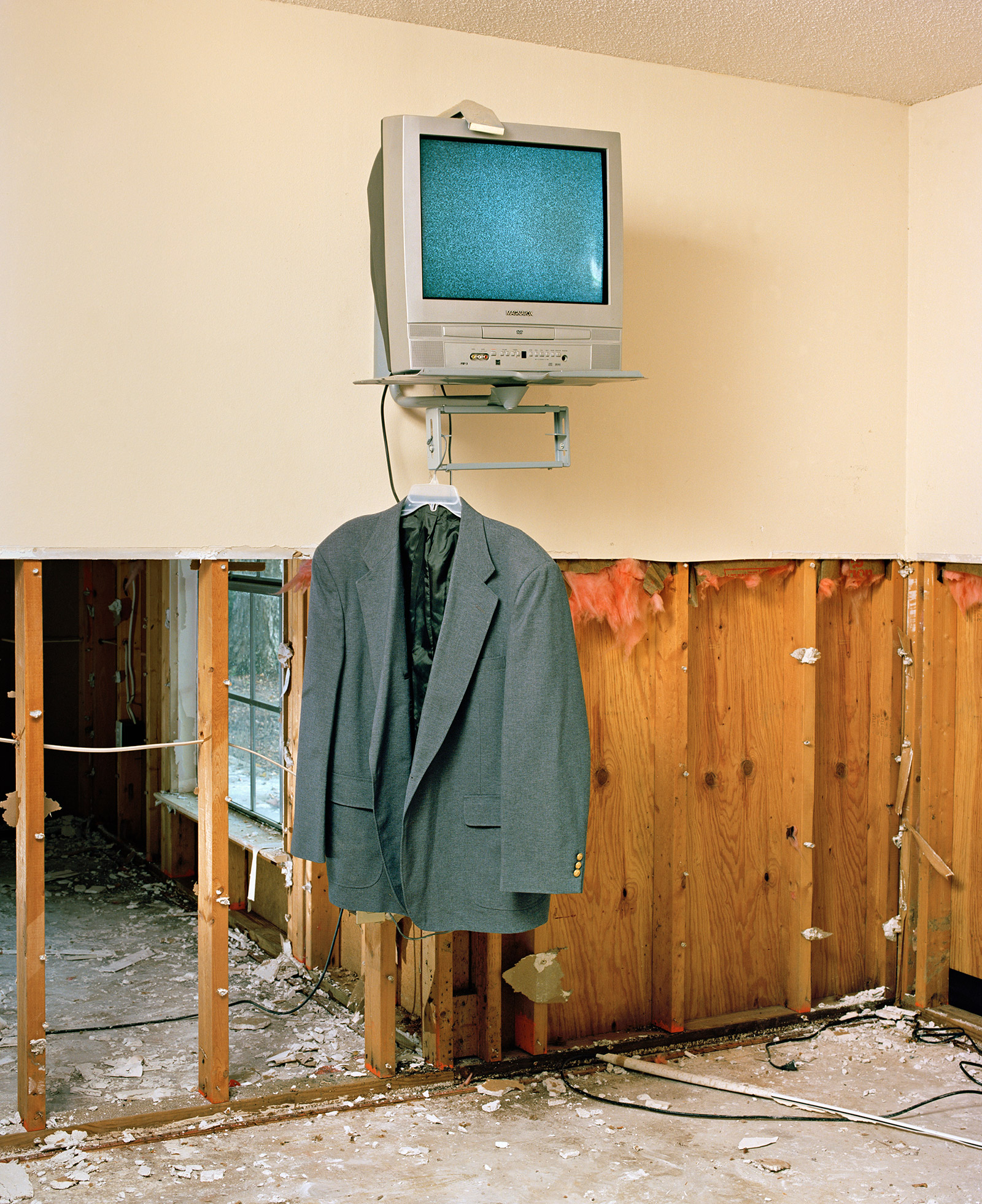
Part of FORMAT19, the UK’s largest photography festival, ‘Mutable, Multiple’ (15 March – 14 April) is a query into narrative, history, memory and myth. Six artists – including Max Pinckers, Edgar Martins, Stefanie Moshammer, Amani Willet, Anne Golaz and Virginie Rebetez – subvert photography’s ability to convey complex realities through widely different approaches. Subject matter ranges from an unsolicited fantasy, absence through enforced separation, a folkloric hermit, the drama and demise of a farm, and an unsolved disappearance of a child. An exploration of time, the festival’s wider theme of ‘FOREVER/NOW’ bears witness to our ever-changing world.
Pictured, Margins of Excess, 2018, by Max Pinckers. Courtesy of FORMAT19
Writer: Sophie Gladstone
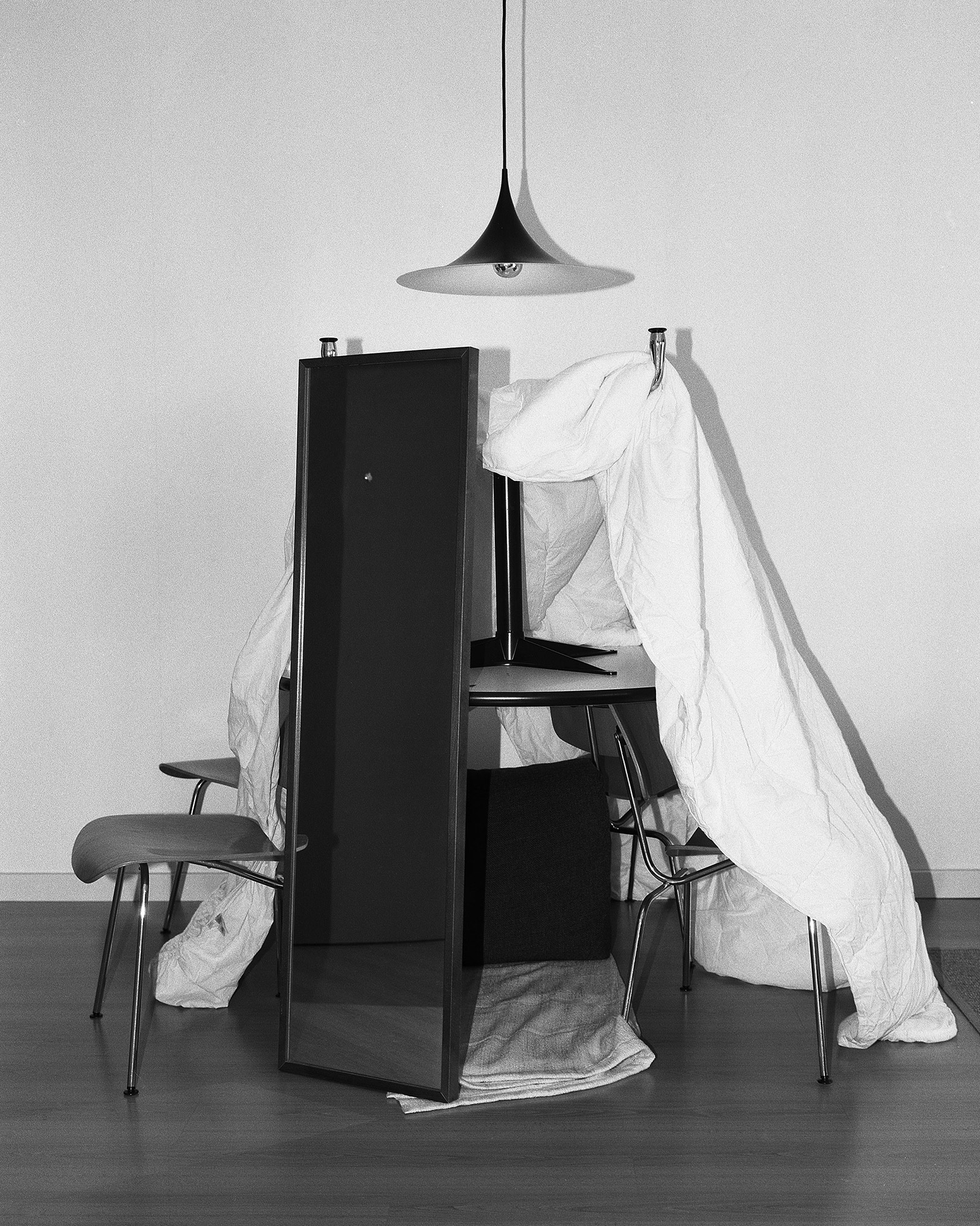
For her first solo exhibition in the UK at London’s Tate Britain, Polish photographer Joanna Piotrowska navigates the intricate power dynamics in human relationships through gestural photographs and 16mm films. The show combines two bodies of works reconfigured in a new installation. Shelters depicts locals from Lisbon, Warsaw, London and Rio de Janeiro in makeshift domestic structures. Self Defense, meanwhile, captures young women performing actions from self-defence manuals in a series of images that both implies female empowerment and violence against them. In both, the movements are carefuly staged and directed, serving as documents of performance for the camera. ‘All Our False Devices’ is on view until 9 June.
Pictured, Untitled, 2016, by Joanna Piotrowska. Courtesy of Madragoa and Southard Reid
Writer: Sophie Gladstone
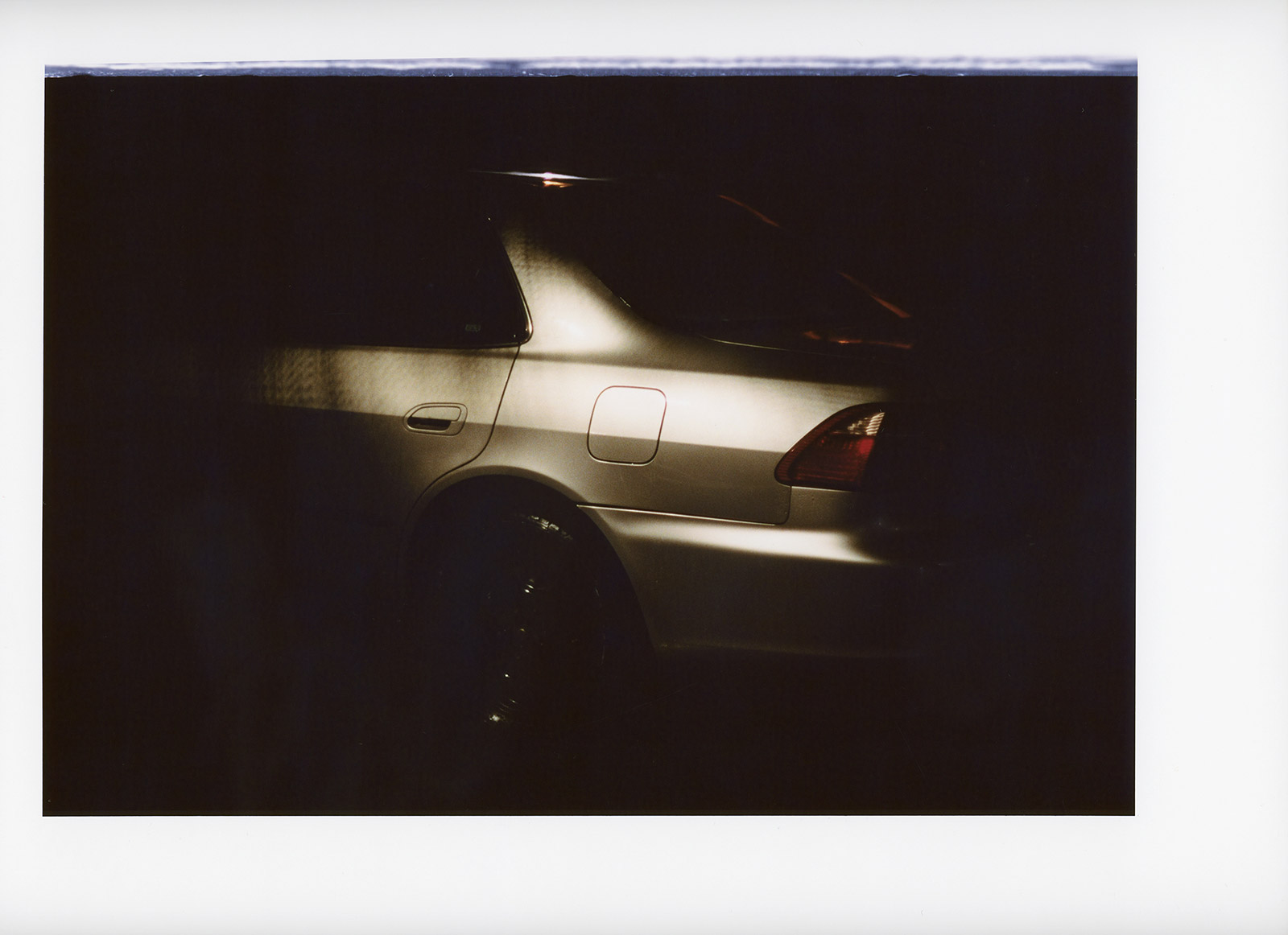
Paris-based fashion photographer Suffo Moncloa has released his first book, Evidences, containing a mysterious series of genre-spanning images. Abstract choreographies of light and form are interjected with scenes alluding to cryptic narratives, and otherworldly landscapes. Moncloa’s tactic of decontextualisation simultaneously holds thesm together and disconnects them from reality. Taken over five years, 79 photographs from France, Spain, Iceland and the US merge into a non-linear, poetic language that includes hints of the artist’s darkroom process.
Evidences, €67.75, self published, available from Idea Books and twelvebooks. Pictured, Late Night Tale, 2016, by Suffo Moncloa, chromogenic colour print
Writer: Sophie Gladstone
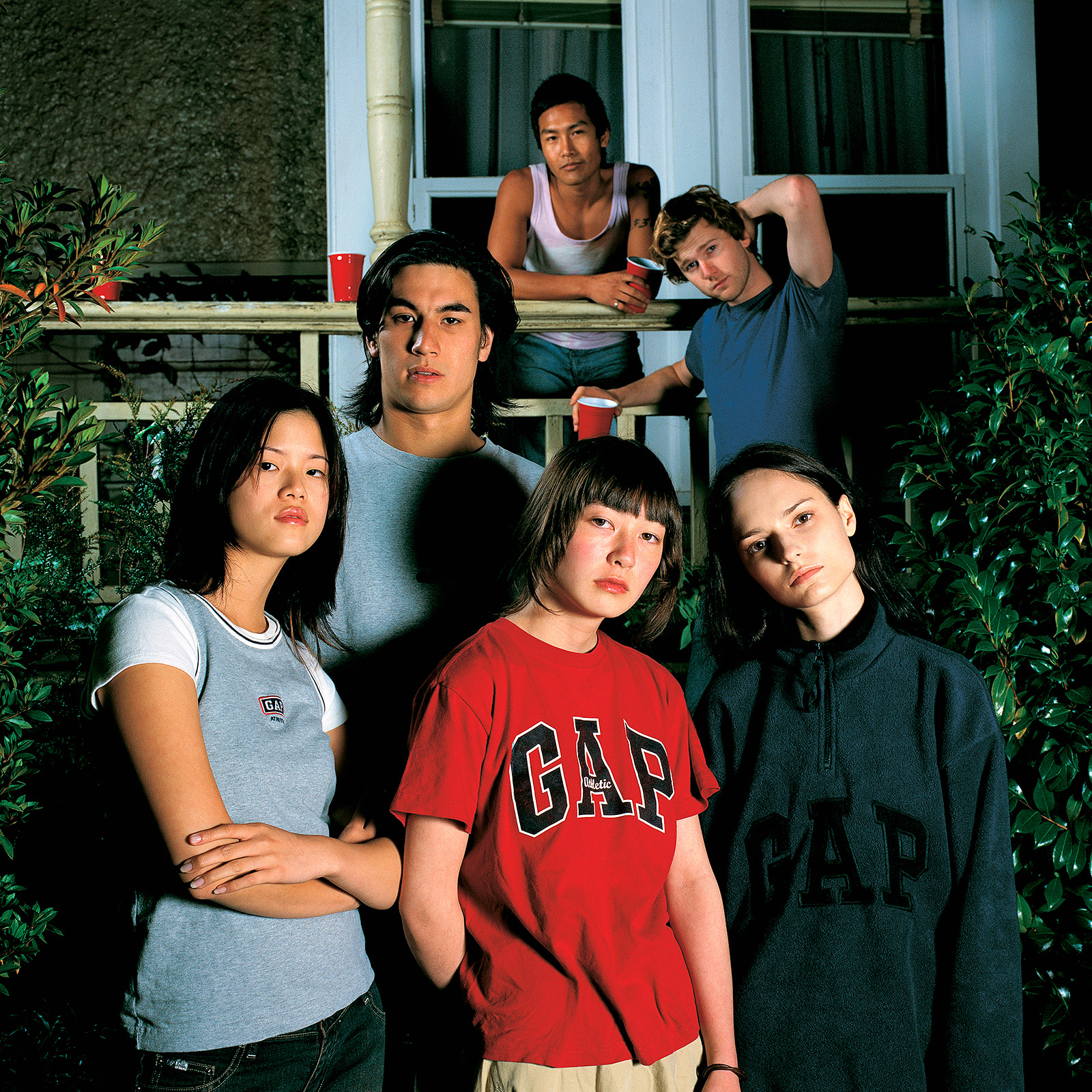
Running throughout Darren Sylvester’s art is a fascination with consumption, the banal, love and mortality. These potent themes are explored through hyper-stylised scenes, such as smiling teenagers tucking into a spread of KFC, a woman wearing a facemask on the phone, or a collapsed model on the catwalk. On show at The National Gallery of Victoria’s Ian Potter Centre in Australia until 30 June 30, ‘Carve A Future, Devour Everything’ features meticulously constructed photographs that comment on advertising and branding’s influence on our lives. Accompanying the images are sculptures, music and large-scale installations.
Pictured, The object of social acceptance is to forfeit individual dreams, 2003, by Darren Sylvester, digital type C print. Collection of the artist, Melbourne. © Darren Sylvester
Writer: Sophie Gladstone

On view at London’s Hayward Gallery until 6 May, ‘Diane Arbus: In the Beginning’ chronicles the formative first half of the photographer’s career. Crossing social barriers, Diane Arbus’ images reflected those who fit the norms of American society and those who were considered the ‘other’ – with paralleling intensity. Alongside Arbus’ iconic portraits, there are haunting photographs of movie theatre projections, shop windows and Disneyland. ‘I do feel I have some slight corner on something about the quality of things,’ Arbus once explained. ‘I mean it’s very subtle and a little embarrassing to me but I really believe there are things which nobody would see unless I photographed them.’ Of the nearly 100 photographs on show – largely printed by Arbus herself – around half have never before been exhibited in Europe before.
Pictured, Boy stepping off the curb, N.Y.C. 1957–58, by Diane Arbus. © The Estate of Diane, Arbus, LLC
Writer: Sophie Gladstone
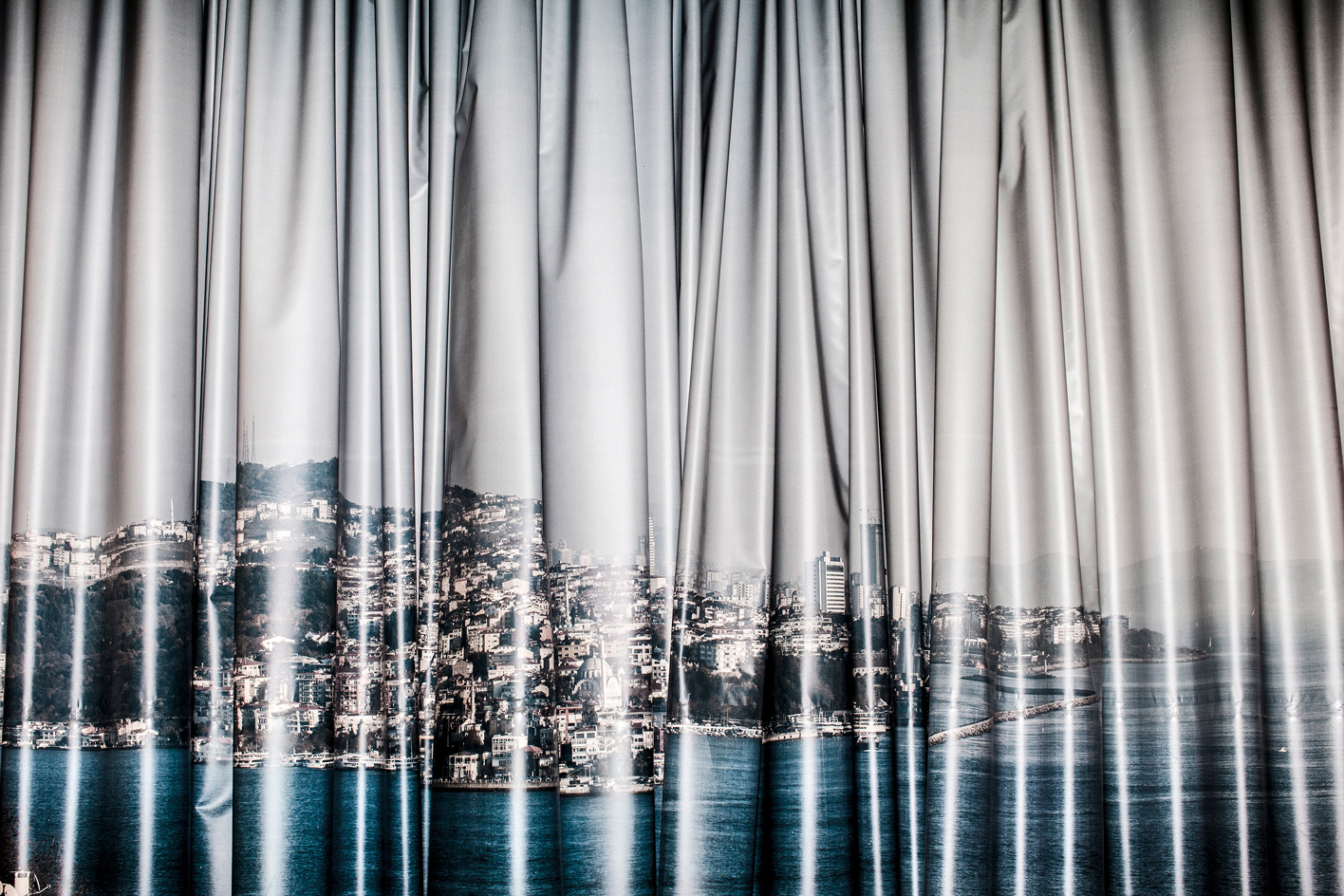
An examination Turkey’s soap opera and film industry in the context of its volatile political situation, Guy Martin’s The Parallel State, blurs the line between truth and fiction. Having lived and worked in The Middle East for most of his career, Martin is familiar with the region’s many complexities. Instability and entertainment are merged, emphasising the difficulty of capturing an authentic moment. ‘Turkey is a model for the ways in which authoritarianism might be sewn almost imperceptibly into the fabric of a society,’ explains Martin, ‘The deliberate shattering of citizens’ sense of security, community, and ability to distinguish between fact and fiction ensures only one state-approved narrative prevails.’
The Parallel State, £50, published by GOST Books. Pictured, Untitled, by Guy Martin. © The artist
Writer: Sophie Gladstone

After dipping into Dadaism early in his career, German-born photographer Erwin Blumenfeld (1897-1969) mastered the art of fashion photography in Paris and moved to the US just a few laters. Experimentation with techniques such as double exposure, distortion and solarisation set him apart from other photographers of the time. On view at Foam in Amsterdam until 14 April is a selection of Blumenfeld’s iconic colour photography, shot in New York during the years he gained worldwide recognition.
Pictured, Pat Blake for Vogue NY, 1954, by Erwin Blumenfeld. Courtesy of The Estate of Erwin Blumenfeld
Writer: Sophie Gladstone
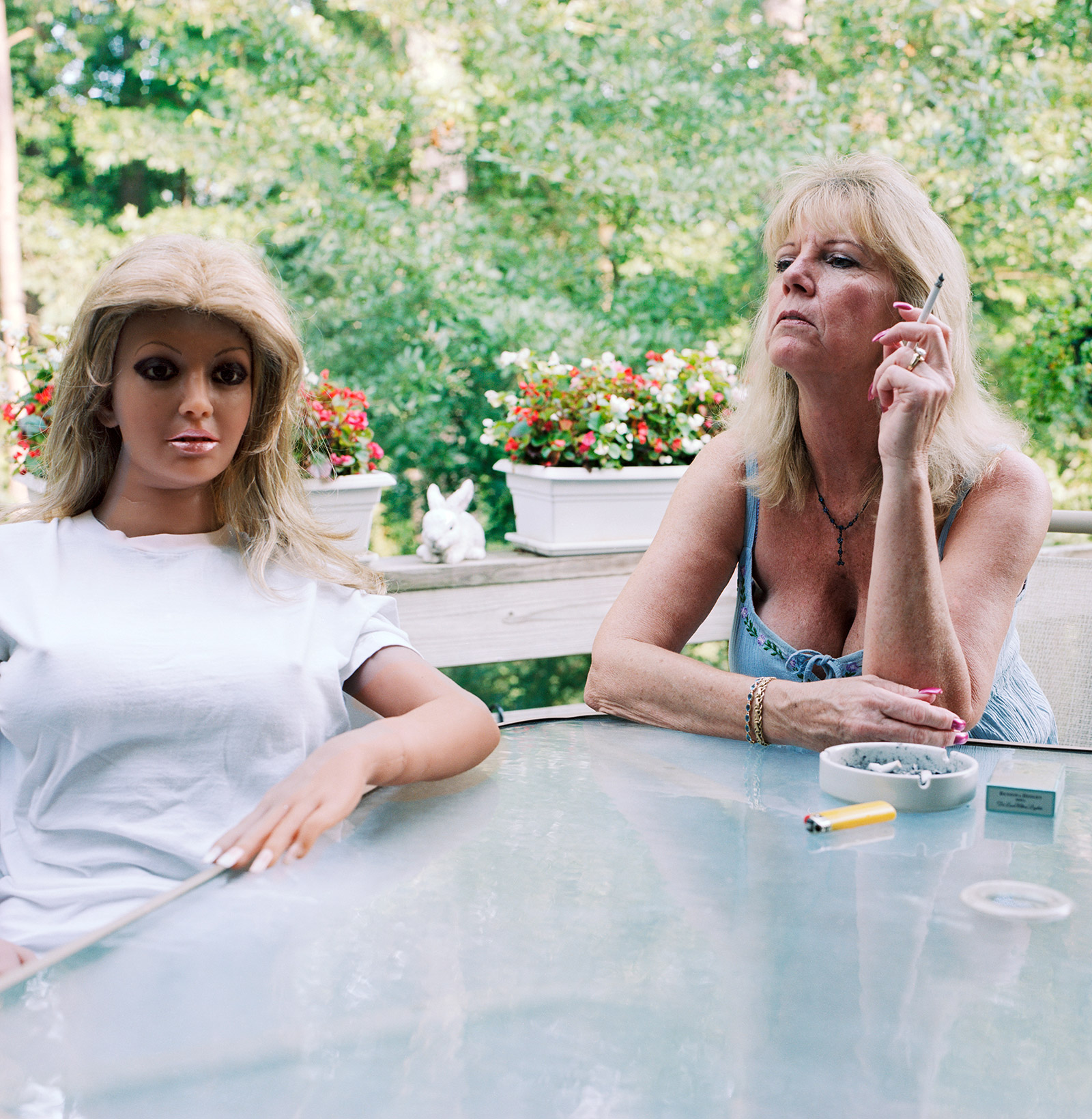
Silicone and flesh come together for ‘Surrogati. Un amore ideale’, on view at Milan’s Fondazione Prada until 22 July. Exploring romantic and sexual love, the exhibited works by American photographers Jamie Diamond and Elena Dorfman offer a nonjudgmental look at the complex emotional connection between humans and lifelike surrogates. On the one hand, Dorfman’s images focus on the domestic relationships of those who devote themselves to sex dolls. Diamond, meanwhile, plays the role of a ‘perfect’ mother in her analysis of cultural conventions, explored through artists who handmake hyperrealistic dolls, fulfilling their maternal needs.
Pictured, CJ 3, 2002, by Elena Dorfman. Courtesy of the artist
Writer: Sophie Gladstone
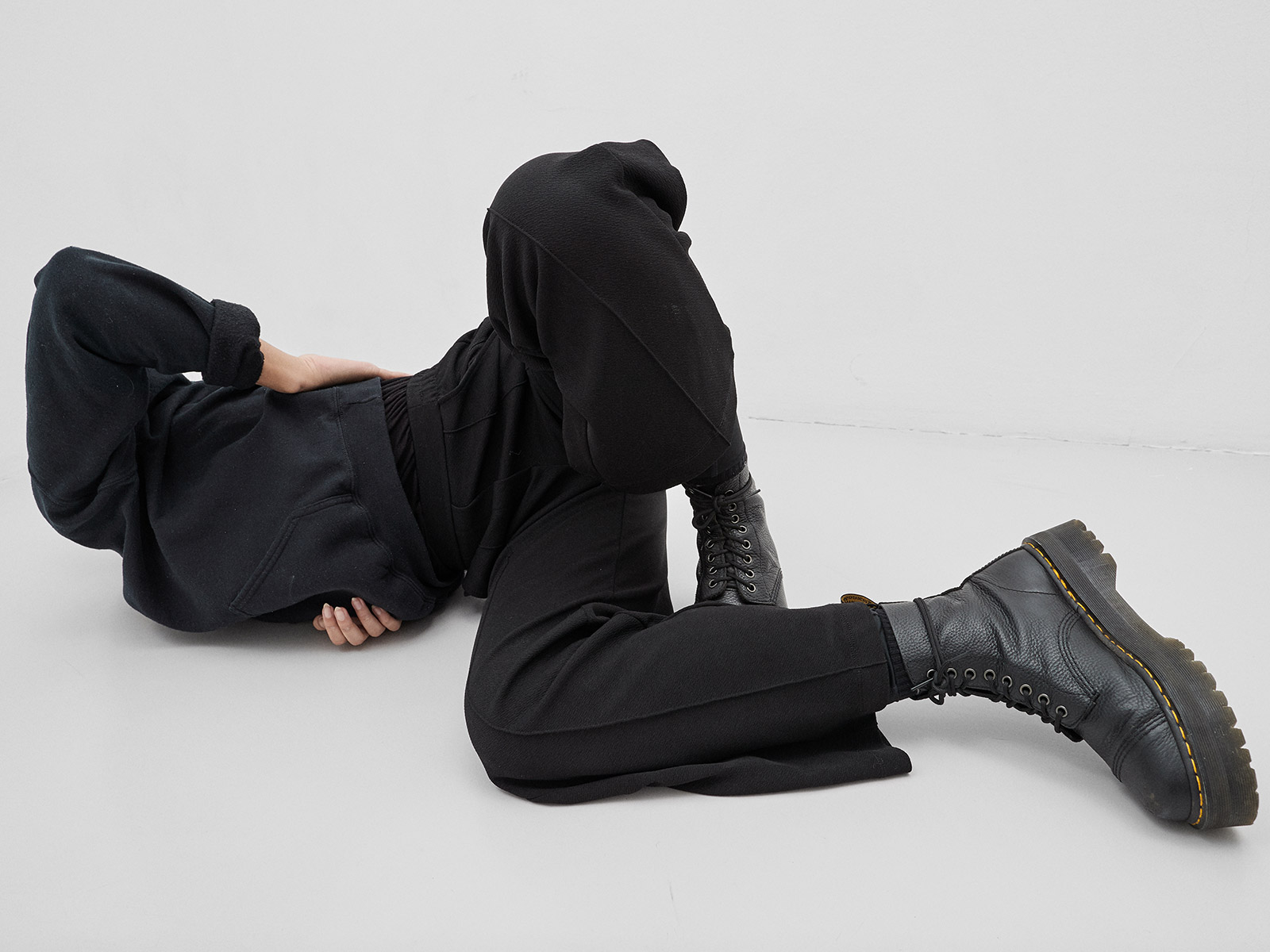
A continuation of his response to emotional and physical impacts on the body, Italian photographer Alessio Bolzoni’s book Abuse II, The Uncanny creates a disconcerting study of the human form. Contorting bodies lay sprawled on the floor, twisted to the point of anonymity: it becomes difficult to read their gender, nationality or age. Not least the question of whether Bolzoni’s subjects are in ecstasy or pain. This unnerving approach is enhanced by photographs of clothing worn by refugees during the dangerous journey across the Mediterranean, creating a reflection of the threshold between life and death.
Pictured, Abuse II, The Uncanny, 2018, by Alessio Bolzoni. © the artist
Writer: Sophie Gladstone
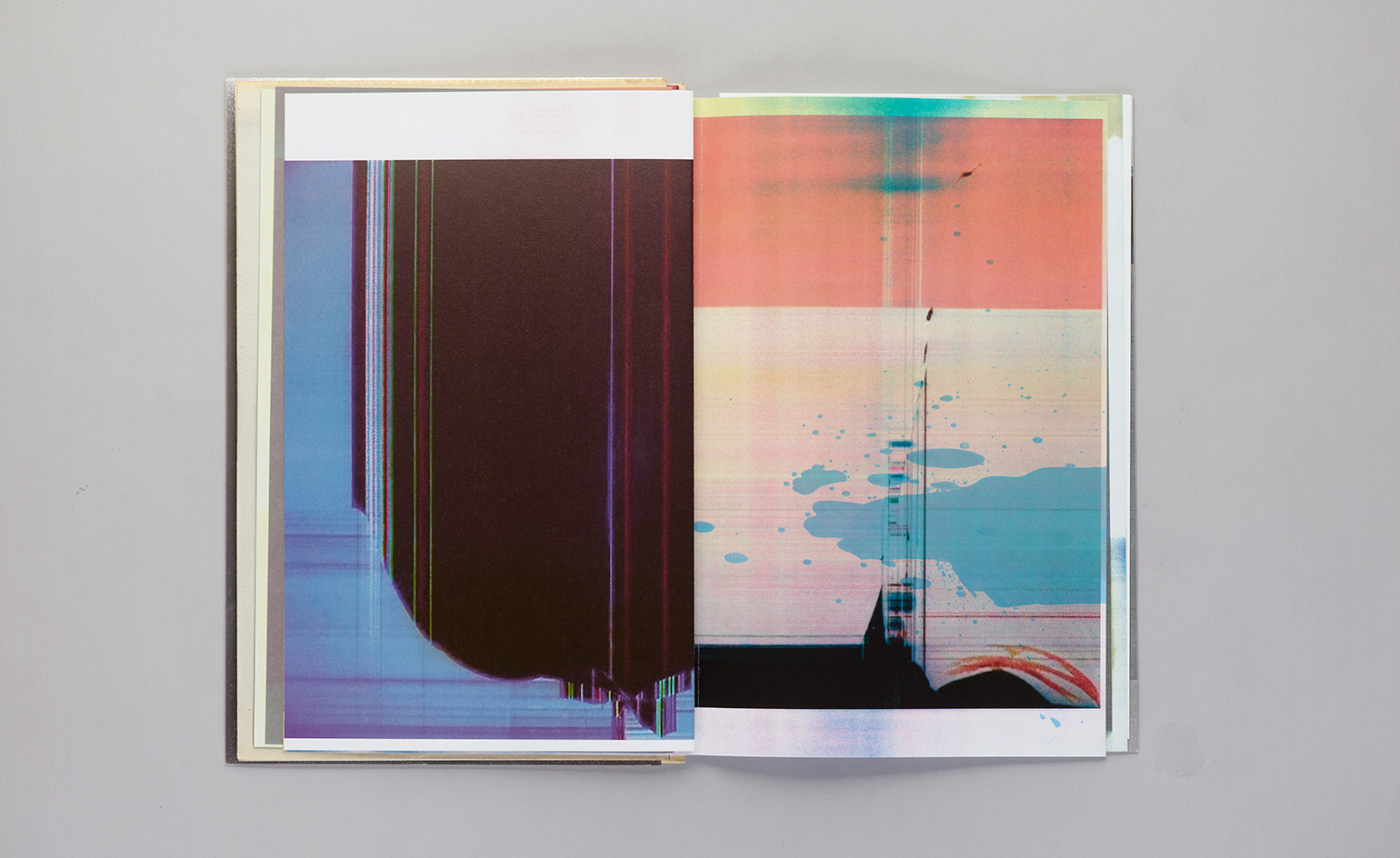
Fractured TV screens as well as computer and laptop monitors found for sale online find a new lease of life in Penelope Umbirico’s book Out Of Order: Bad Display III. Layered together, the corrupted displays are an expression of the materiality often absent when interacting with them. With each book a unique edition of sorts (the artist purposely over-inked the press during printing), there is something heartfelt about the transformation of obsolete technology into tangible objects with individual identities. Published by RVB Books in an edition of 100, each copy also contains a polarising film from a disassembled laptop screen.
Out Of Order: Bad Display III, €80, published by RVB Books
Writer: Sophie Gladstone

As a black photographer living under apartheid in South Africa, Johannesburg-born Santu Mofokeng is more familiar than most with living in unjust – and often dangerous – times. Responding to the violence and inequality of this era with an equivocal eye, Mofokeng resisted the sensationalism that dominated the media. Open at Amsterdam’s Foam museum, ‘Stories’ (15 February – 28 April) brings together 11 visual narratives by the photographer that sheds light on the turbulent reality for South Africa’s rural sharecroppers and labourers.
Pictured, still from the series Politics. © Santu Mofokeng Foundation. Courtesy of Lunetta Bartz, MAKER, Johanesburg and Steel and GmbH
Writer: Sophie Gladstone
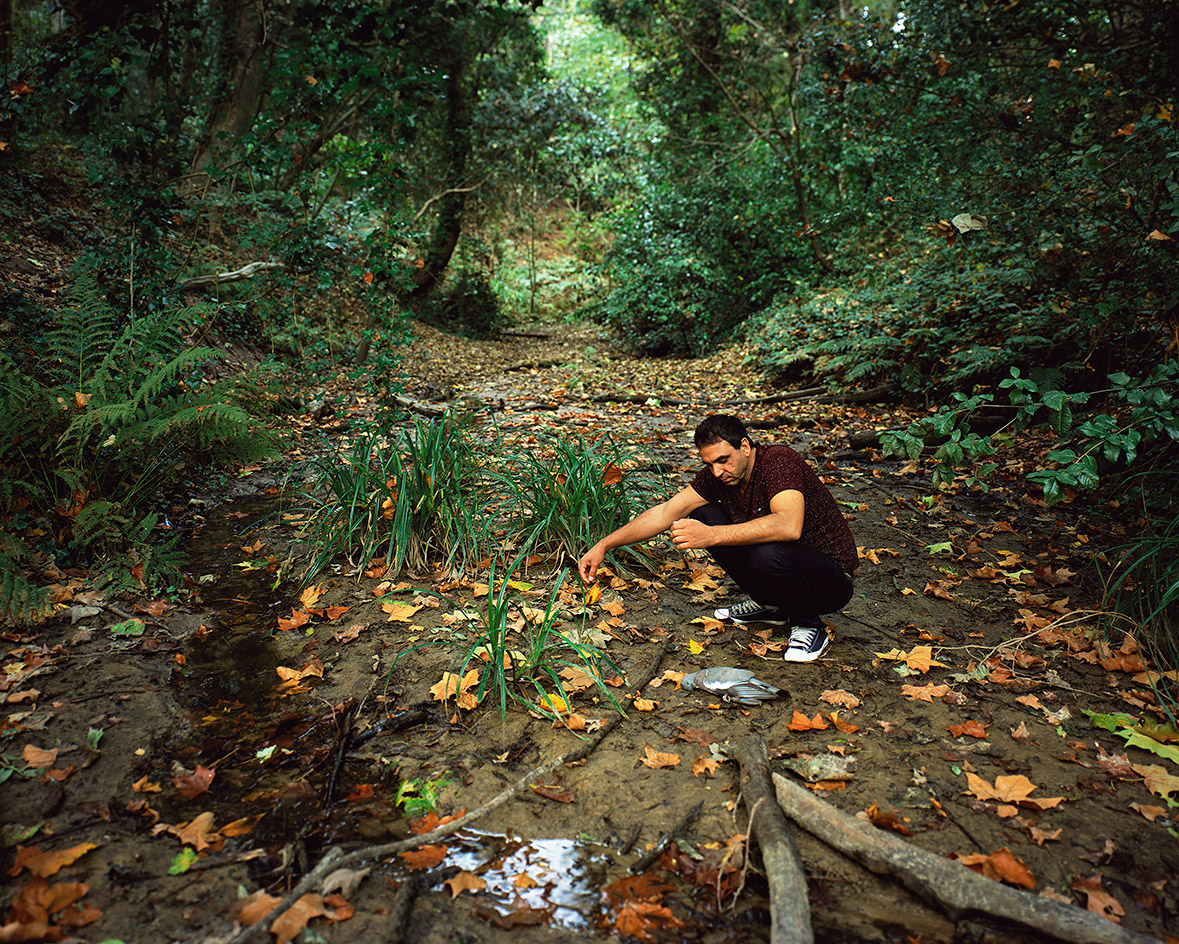
Artists have long been drawn to the unique quality of light in Hastings, UK. Tom Hunter is the latest to find himself enthralled with the English coastal town, collaborating with local taxi drivers to capture a series during the atmospheric blue and golden hours that surround dawn and dusk. Drivers chose the painterly settings to be photographed in, creating scenes that are meaningful to the town’s current inhabitants and also connected to artists of Hasting’s past, such as William Turner. Curated by Lucy Bell and David Rhodes, ‘A Journey Home’ is on view at Hastings Museum & Art Gallery until 2 June.
Pictured, Kasim – Summerfield, by Tom Hunter
Writer: Sophie Gladstone
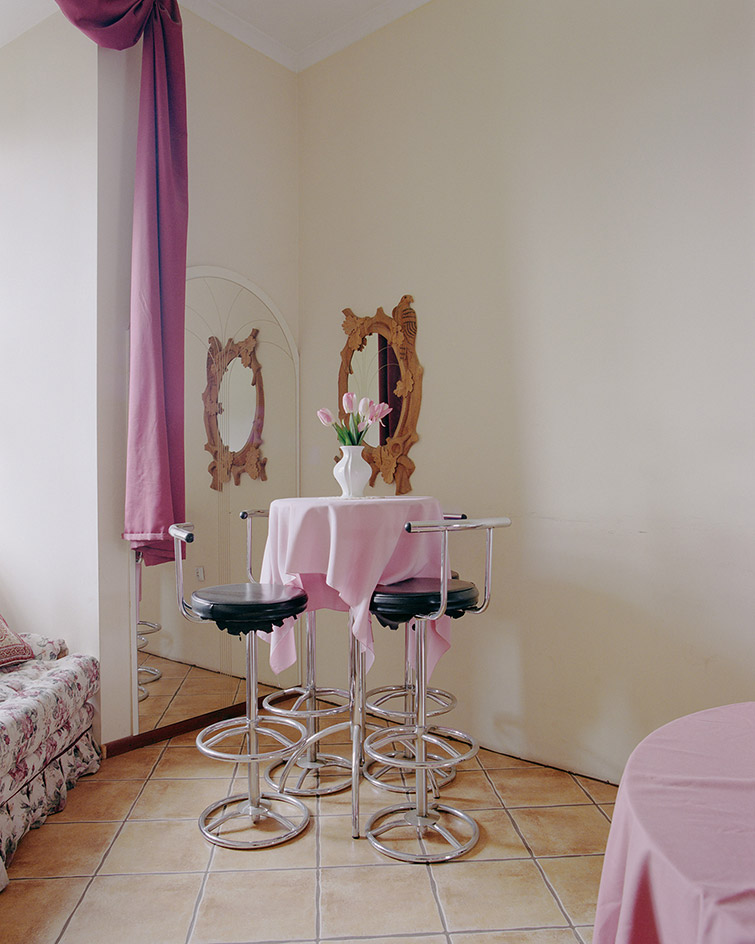
Recently published by Wschód Gallery and the Łódź Film School, Futerał by Anna Orlowska highlights the transformative potential of architecture and what it may reveal during times of political change. Following a campaign of forced nationalisation in Poland after the Second World War, authorities claimed ownership of castles and palaces, subsequently adapting them to fit new purposes. However, vestiges of the buildings’ previously ostentatious lives remained, with post-war authorities appropriating what they didn’t manage to exploit or destroy.
Futerał, £32, available from Palm Studios
Writer: Sophie Gladstone

With three winners selected from the Free Range graduate exhibitions, the third edition of FR Awards returns to London’s Truman Brewery for a showcase of emerging photography and fine art talen, running from 7-14 February. Each winner has been granted a solo exhibition: Cole Flynn Quirke’s series A Bird Flies Backwards (pictured) is a moving look at human existence following his grandmother’s passing. Meanwhile, Zimbabwe-born Jasper Pedyo will show large-scale works from Lost In the Sauce, breaking the boundaries between sculpture and painting. Presented by Polly Evans, No Man is a Island is a biting examination of social and political problems in Britain today through video, sound and spoken word.
Writer: Sophie Gladstone
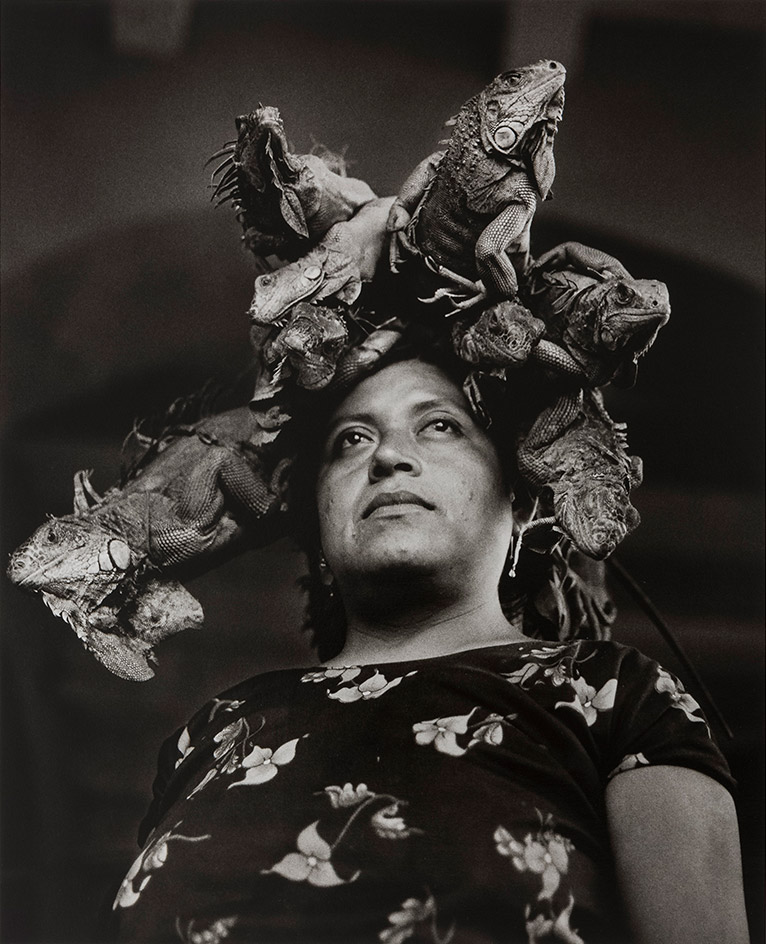
Graciela Iturbide’s poetic depiction of her native Mexico is on view at the Museum of Fine Arts in Boston until 12 May. Drawn from her five-decade-long career, Itubide’s black and white images show a country in a fluid state of harmony and tension, oscillating between urban and rural, tradition and evolution. For all Mexico’s exotic mysticism, Iturbide’s photographs resist any stereotypical sense of the ‘other’. It is more an expression of the pluralities that exist within the country’s political, cultural, economic and social landscape.
Pictured, Our Lady of the Iguanas, Juchitán, México / Nuestra Señora de las Iguanas, 1979, by Graciela Iturbide
Writer: Sophie Gladstone
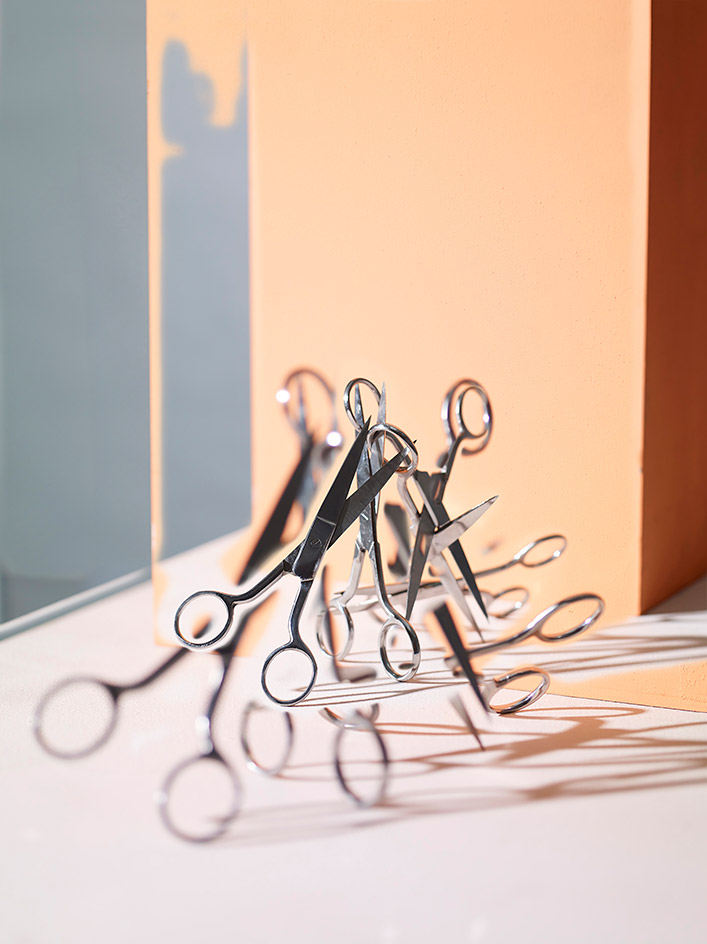
Commercial work has its constraints: artists must navigate this territory’s structural expectations, something very familiar to photographer Benjamin Swanson and set designer Imogen Frost. Looking to flex their creativity, the pair have collaborated for a new exhibition ‘Subversive Syndication’ on view at London Gallery West from 31 January until 13 February. Focus stacking software is disrupted by Swanson’s input of inaccurate images, automating sculptural errors that query the digital form. The installation itself follows this, with a range of image sizes displayed on varying mounts creating a curious ‘depth map’ within the space.
Pictured, Subversive Syndication, 2019, by Benjamin Swanson. Courtesy of the artist
Writer: Sophie Gladstone

It’s been called the ‘Olympics for nomads’: the World Nomad Games is among one of the world’s most unusual sporting events. Swiss-born photographer René Habermacher – whose work normally graces the glossy pages of fashion publications – trekked to the shores of lake Issyk-Kul and the Kyrchyn gorge in Kyrgyzstan to capture a revealing look at this celebration of nomadic heritage. Chances are you won’t have heard of dalba (hunting with a falcon) or toguz korgool (a traditional Kyrgyz game of intellect) before, but they certainly make for compelling viewing. Habermarcher’s Nomadland centres on his endlessly fascinating portraits of the Games’ participants, who hail from 75 different countries. Take the Mongolian archers in their deel (pictured), the traditional dress of their culture, or the competitor from the Republic of Bashkortostan, five months pregnant with her first child. Nomadsland is being exhibited at 0fr Gallery Paris from 29 January onwards, where a limited-edition newspaper of the project is also available to buy.
Writer: Jessica Klingelfuss
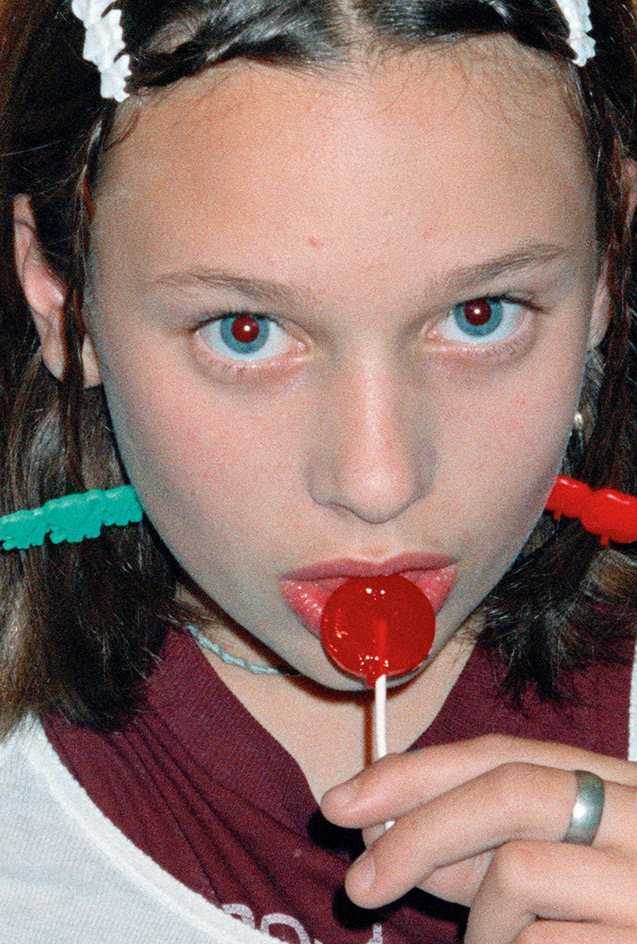
Family, teenage friends, lovers, self-portraits, still lifes, street photographs and even staged murder scenes: Talia Chetrit’s first book, Showcaller, is all-embracing. The title references the performative dynamic present in the images that calls into question the social, conceptual, and technical facets of photography. Spanning 24 years with early works from Chetrit’s adolescence, there is a potent tenderness throughout the seamlessly edited series. Chetrit successfully merges the roles of photographer, spectator, actor and object – a powerful act in a culture that is contentious in its depictions of women’s bodies.
Showcaller, £30, published by MACK. Pictured, Face #1, 1994/2017, by Talia Chetrit. Courtesy of the artist and MACK
Writer: Sophie Gladstone

At the heart of Eva Vermandel’s work is a fine-tuned awareness of the effect that technological progress has had on our experience of time and how we relate to one another. With works that show us a freedom from the performative perfection encouraged by commodification, there is a shift created in the viewer: an uncomfortable realisation that the serenity and intimacy in Vermandel’s photographs does not reassure, but rather unnerves. Presented by Die Plek, ‘The Trespasser’ is on view at Antwerp gallery Rossaert from 13 January – 10 February.
Pictured, The acrobat, Sydney, 2016, by Eva Vermandel. © The artist
Writer: Sophie Gladstone
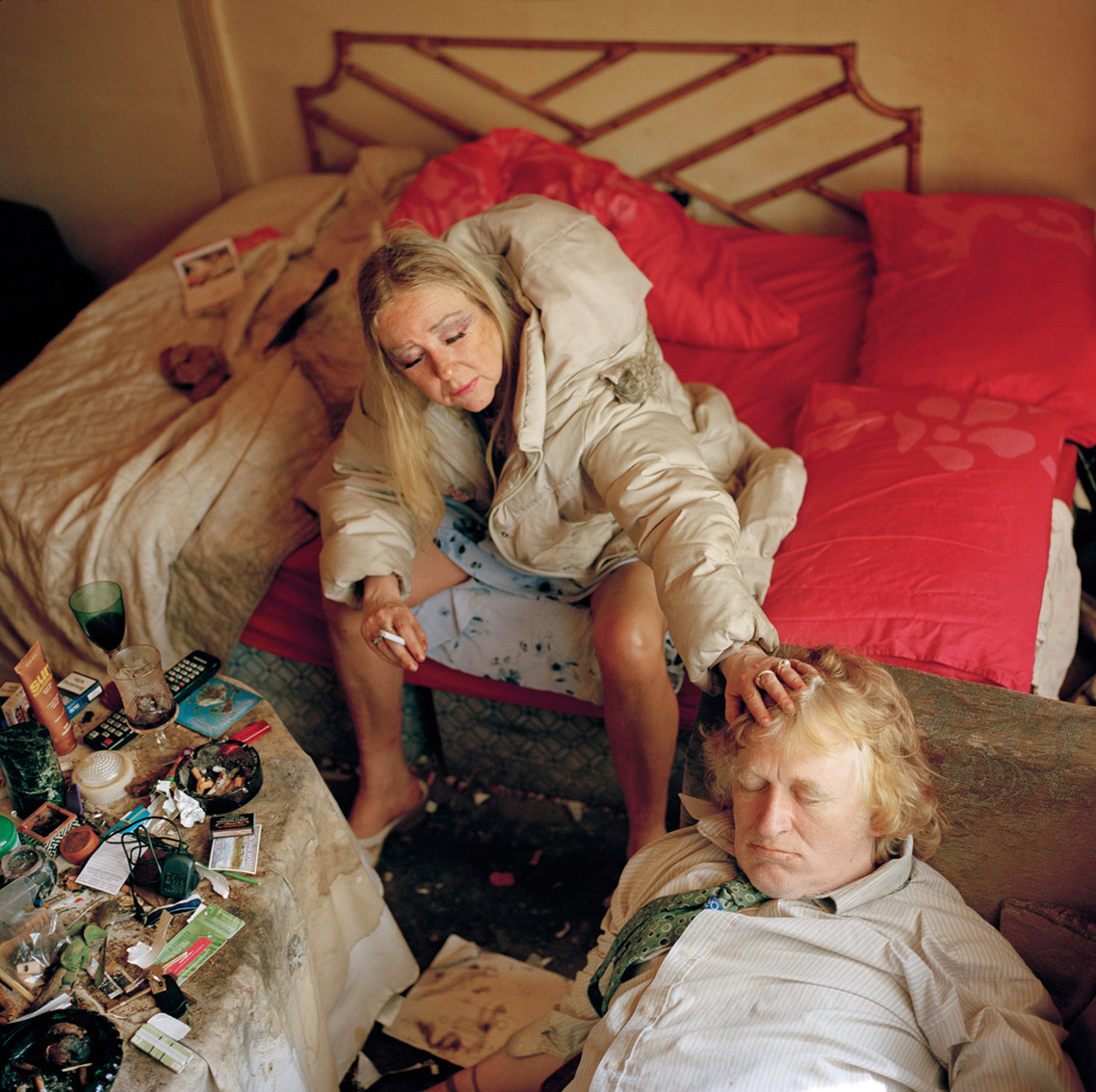
History, class, race, identity, and memory are drawn upon for ‘Who’s looking at the family, now?’, on view at London Art Fair for Photo50 (16–20 January). Curated by Tim Clarke, the exhibition provides the opportunity to reflect on how both photography and the family have evolved in the 25 years since curator Val Williams’ renowned Barbican show exploring the breadth of familial complexities. Photographers include Matt Finn, Léonie Hampton, Louis Quail, Mar Sáez, Trish Morrissey, Erik Kessels, Mariela Sancari, Alba Zari, Poulomi Basu and Jonny Briggs.
Pictured, from the series Big Brother, by Louis Quail. © The artist
Writer: Sophie Gladstone
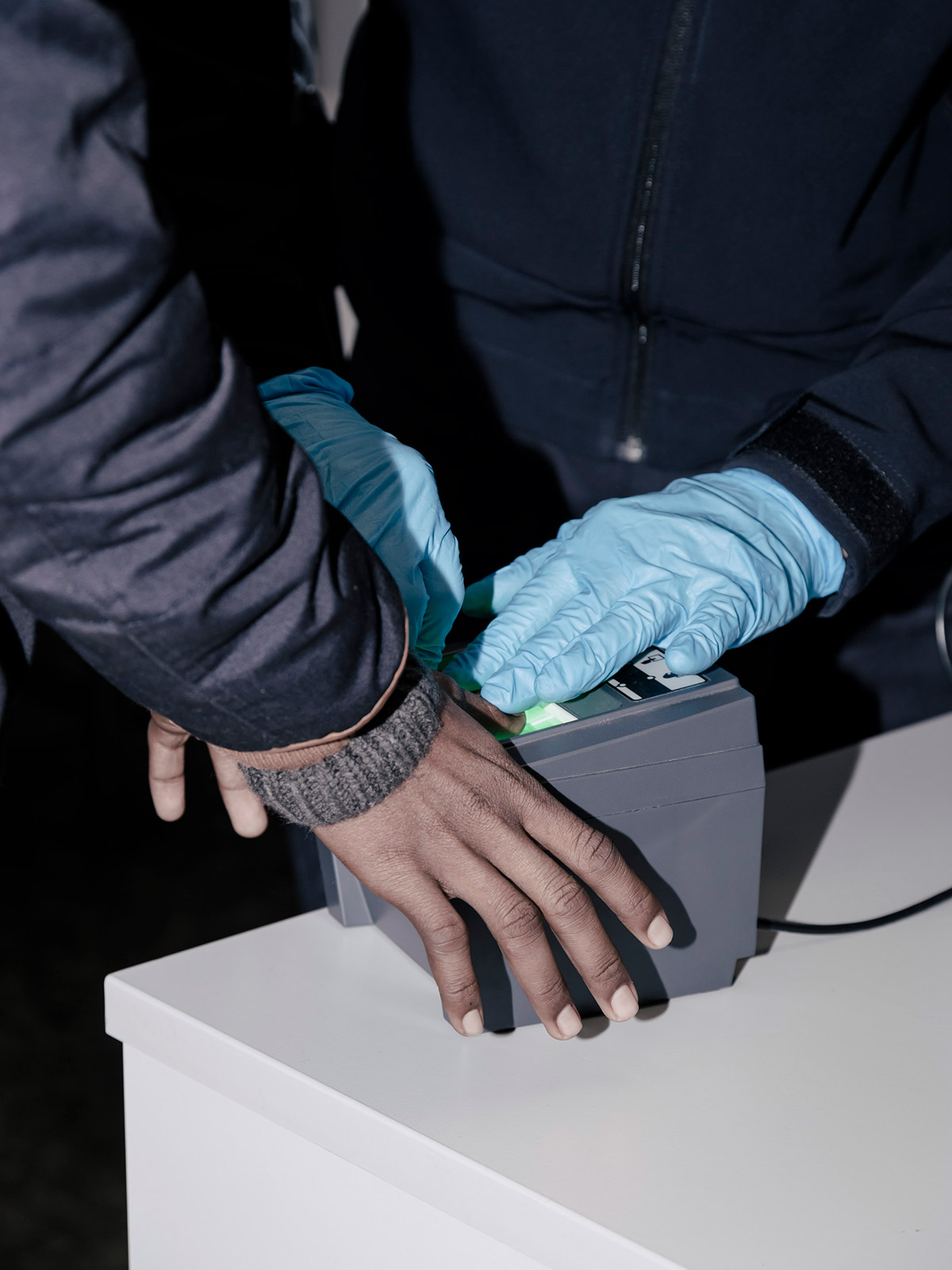
Social, political and environmental concerns are explored amid identity and personal representations in Foam Next Door, a temporary venue established by Amsterdam museum Foam inside a former office building. In a thrilling presentation of the 20 emerging photographers selected for Foam Talent 2019, classic two-dimensional images are shown alongside object installations and unusual uses of archival materials. Winners from all across the globe include Carmen Winant, Eric Gyamfi, Maisie Cousins and Daniel Shea. The exhibition is on view at Keizersgracht 617 from 12 January – 3 March, and will travel to New York, London and Frankfurt for further showings.
Pictured, Untitled, by Salvatore Vitale, from the series How to Secure a Country, 2015-2018. © The artist
Writer: Sophie Gladstone
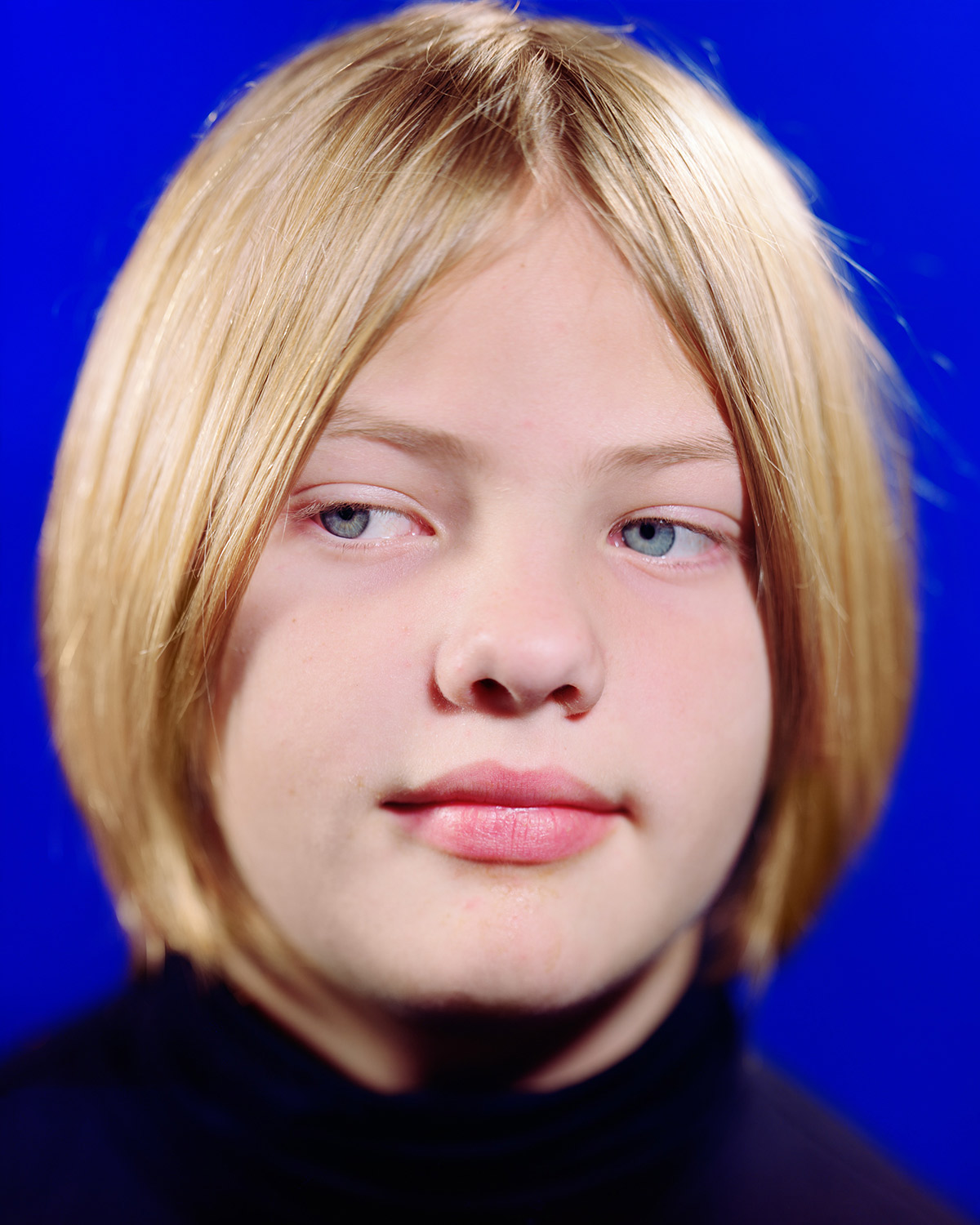
Known for her compelling insights into society’s contemporary power structures and beauty ideals, Eva O’Leary is showing her award-winning series Spitting Image at Butler Gallery in Ireland, on view 12 January – 3 March. Portraits of female-identifying adolescents taken through a two-way mirror highlight the impact of coming of age in a world where your looks are a significant decider of your worth. The portraits’ impact is intensified by a video projection of the girls analysing their reflections. Their self-conscious discomfort isn’t easy to digest, but that is exactly why we should be paying attention.
Pictured, Sadie, by Eva O’Leary
Writer: Sophie Gladstone
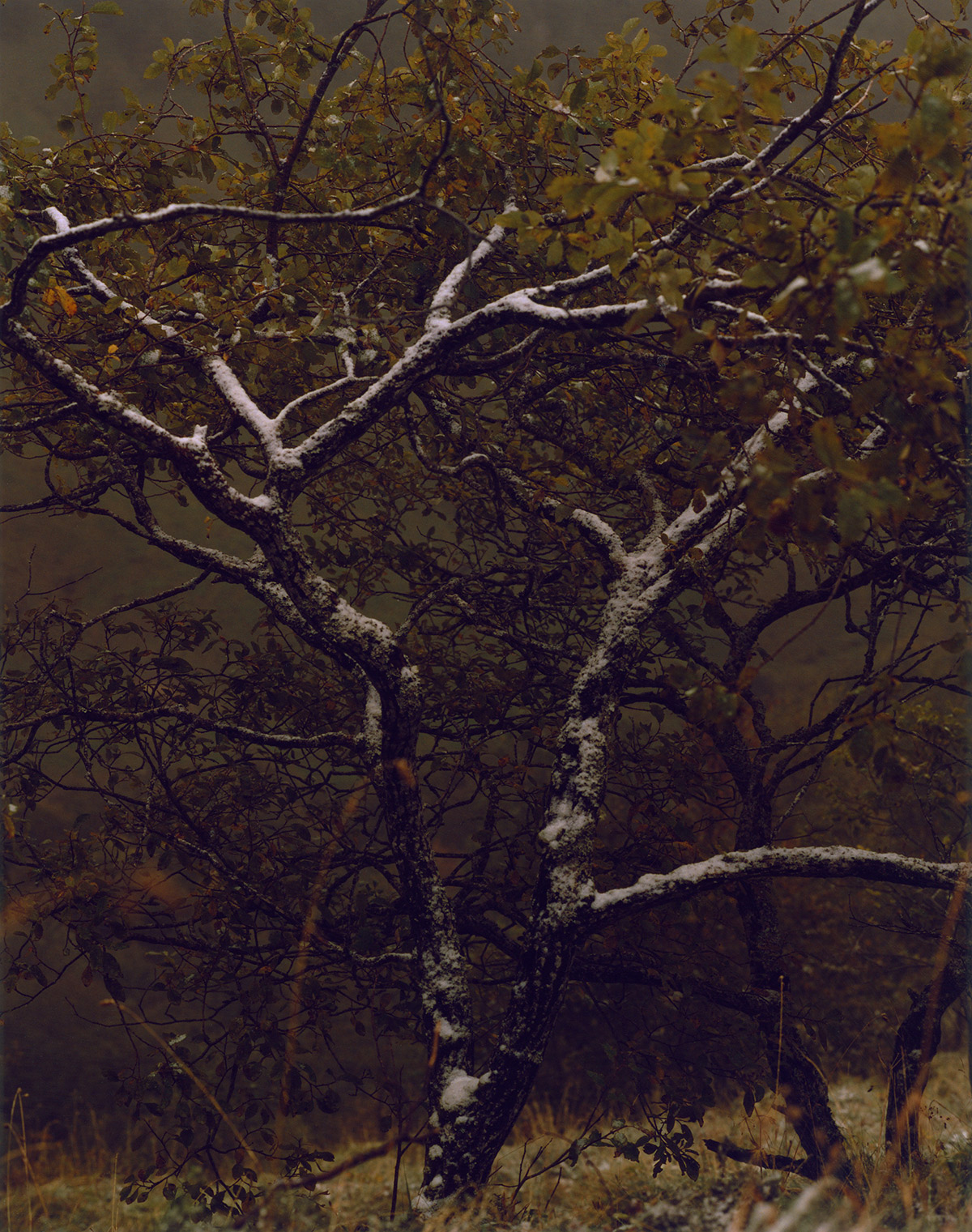
For Arno Schidlowski’s series Inner Skies, photography becomes a tool through which nature’s ability to convey a state of mind is harnessed. Literary and artistic romantic traditions have inspired the luminous images taken in European mountains and woodlands. The repetitive nature and technical process of photography is of great importance to Schidlowski: shooting on film and hand-printing gives him a very particular kind of control, one that produces ethereal yet weighty images. ‘Inner Skies’ is on view at the Photographers’ Gallery in London from 10 January – 3 March.
Pictured, JASMUND #3, by Arno Schidlowski
Writer: Sophie Gladstone
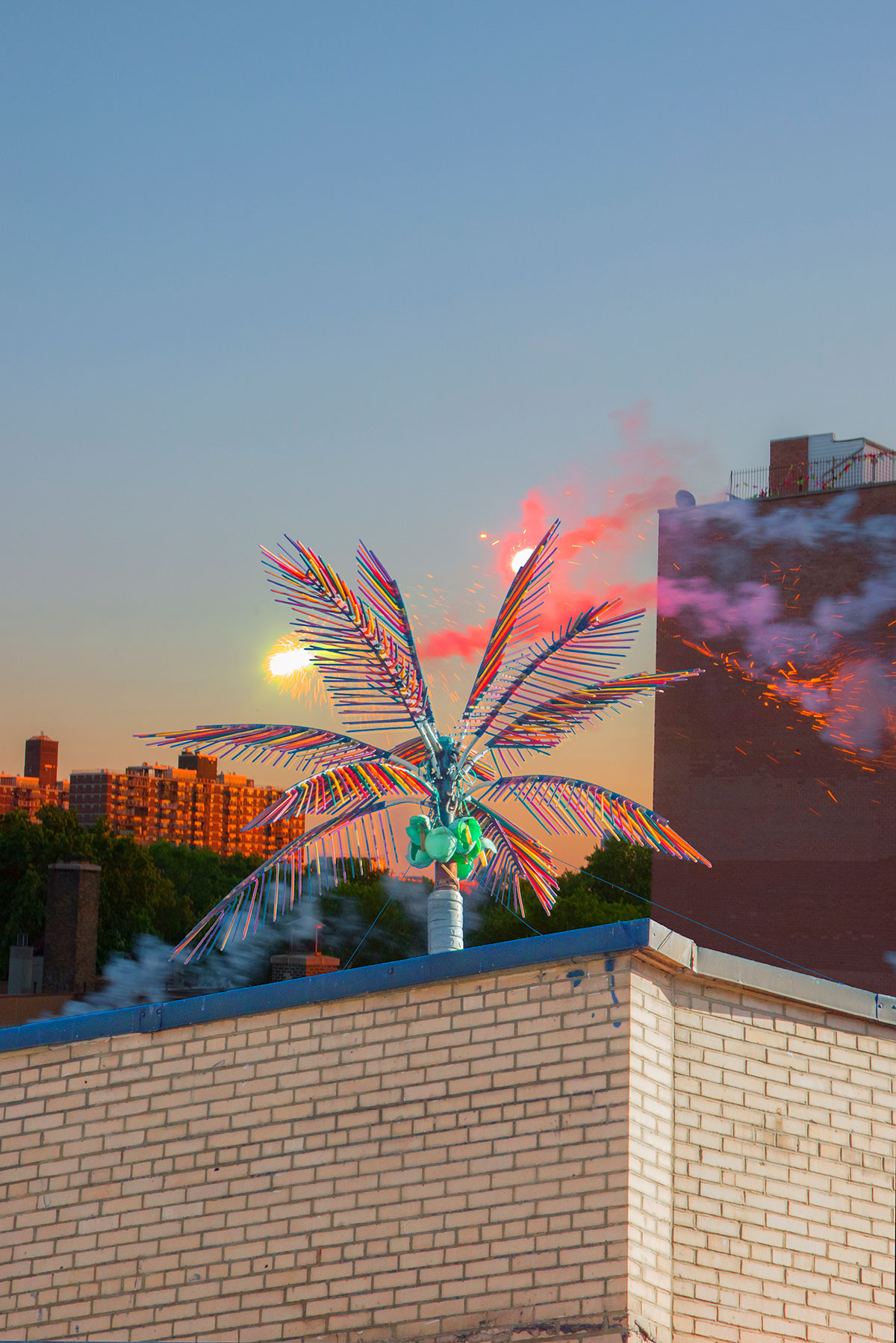
Drawn from her ongoing Street Errands project, Kanghee Kim’s new book Golden Hour transforms everyday encounters into something beyond reality. Through collaged photographs Kim recreates the magical window of time that occurs around sunrise and sunset. This ethereal form of escapism is especially poignant for the Korean-born photographer, who has been unable to leave the US for ten years due to visa restrictions. The freedom that Kim seeks is echoed in sunlit puddles and otherworldly skies viewed through train windows.
Golden Hour, edition of 666, published by Same Paper
Writer: Sophie Gladstone
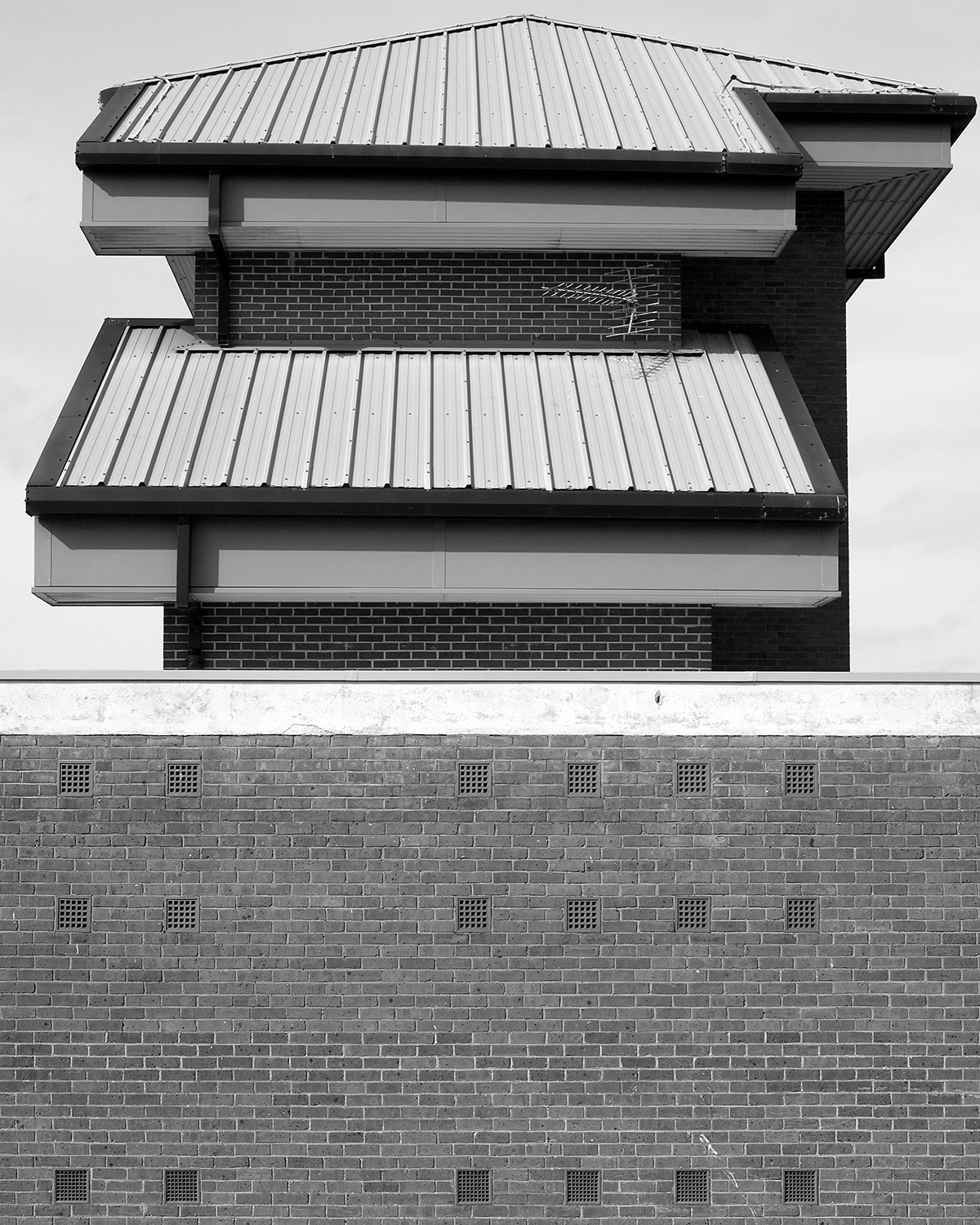
Flowers Gallery is showing works across a broad range of themes from its high-caliber stable of artists in its New York gallery (19 January – 23 March) and both London locations (9 January – 9 February) in ‘Flowers Contemporary I, II and III’. Simon Roberts will be exhibiting The Brexit Lexicon, which is a language-centred enquiry into the current relationships between politics, media and truth. Also on show will be Edmund Clark’s thoughtful photographs taken at HMP Grendon, the only therapeutic prison in Europe. Other artists include Edward Burtynksy, Scarlett Hooft Graafland and John MacLean.
Pictured, My Shadow’s Reflection – Architecture 1, 2017, by Edmund Clark. © Edmund Clark. Courtesy of Ikon and Flowers Gallery
Writer: Sophie Gladstone
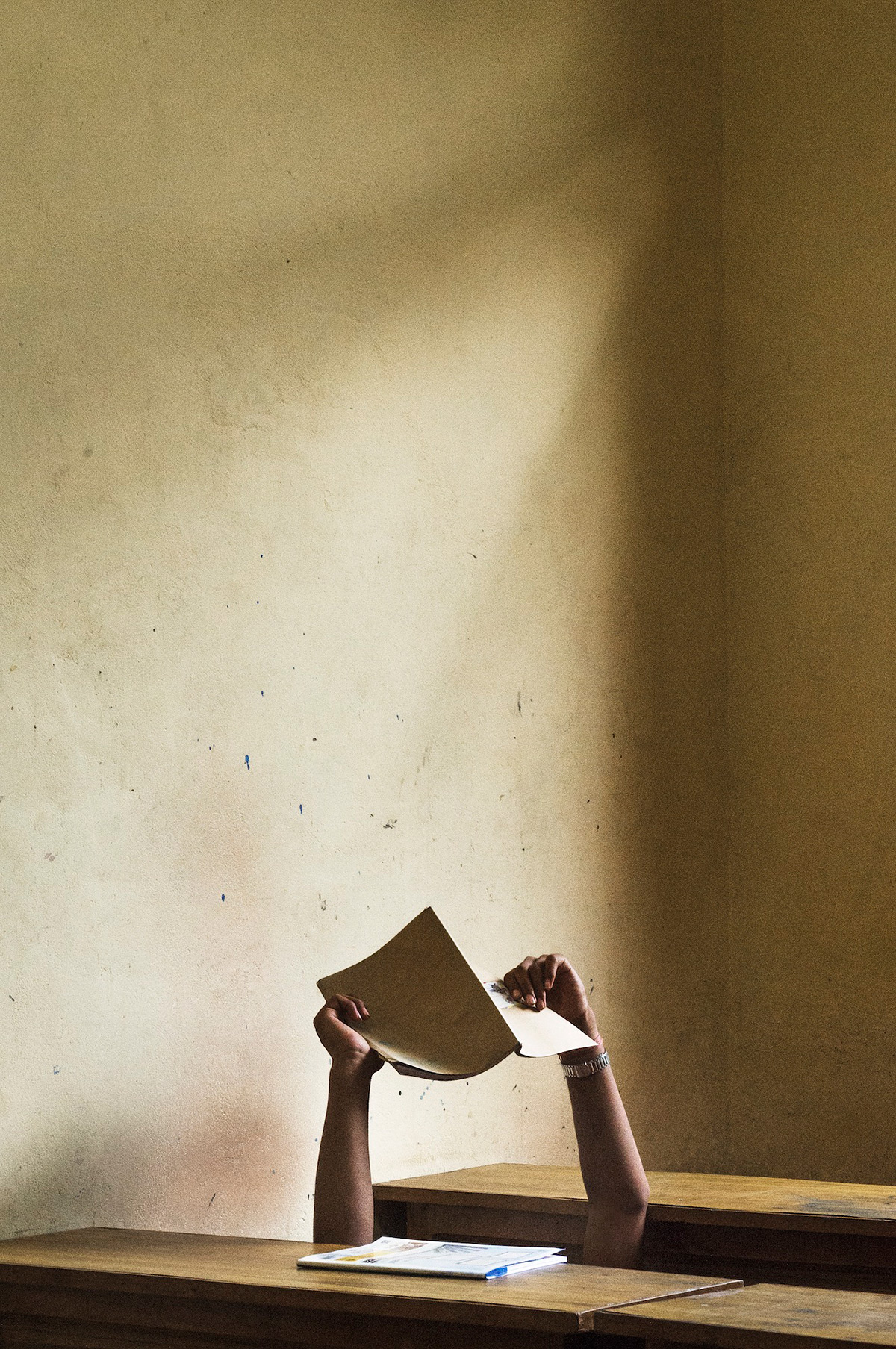
With a foreword written by His Holiness the Dalai Lama, Australian photographer Tobi Wilkinson’s book Gyuto offers a graceful and sensitive insight into life within a Tibetan monastery. Produced over nine years, the series goes into depth to illustrate the spiritual journey of the monks and their monumental dedication to traditions unbroken for 600 years. Galerie Thierry Bigaignon in Paris will host a book launch and exhibition (5 January – 2 February) as part of its new programme focusing on meaningful documentary subjects.
Pictured, Repletion, by Tobi Wilkinson. Courtesy of Galerie Thierry Bigaignon
Writer: Sophie Gladstone
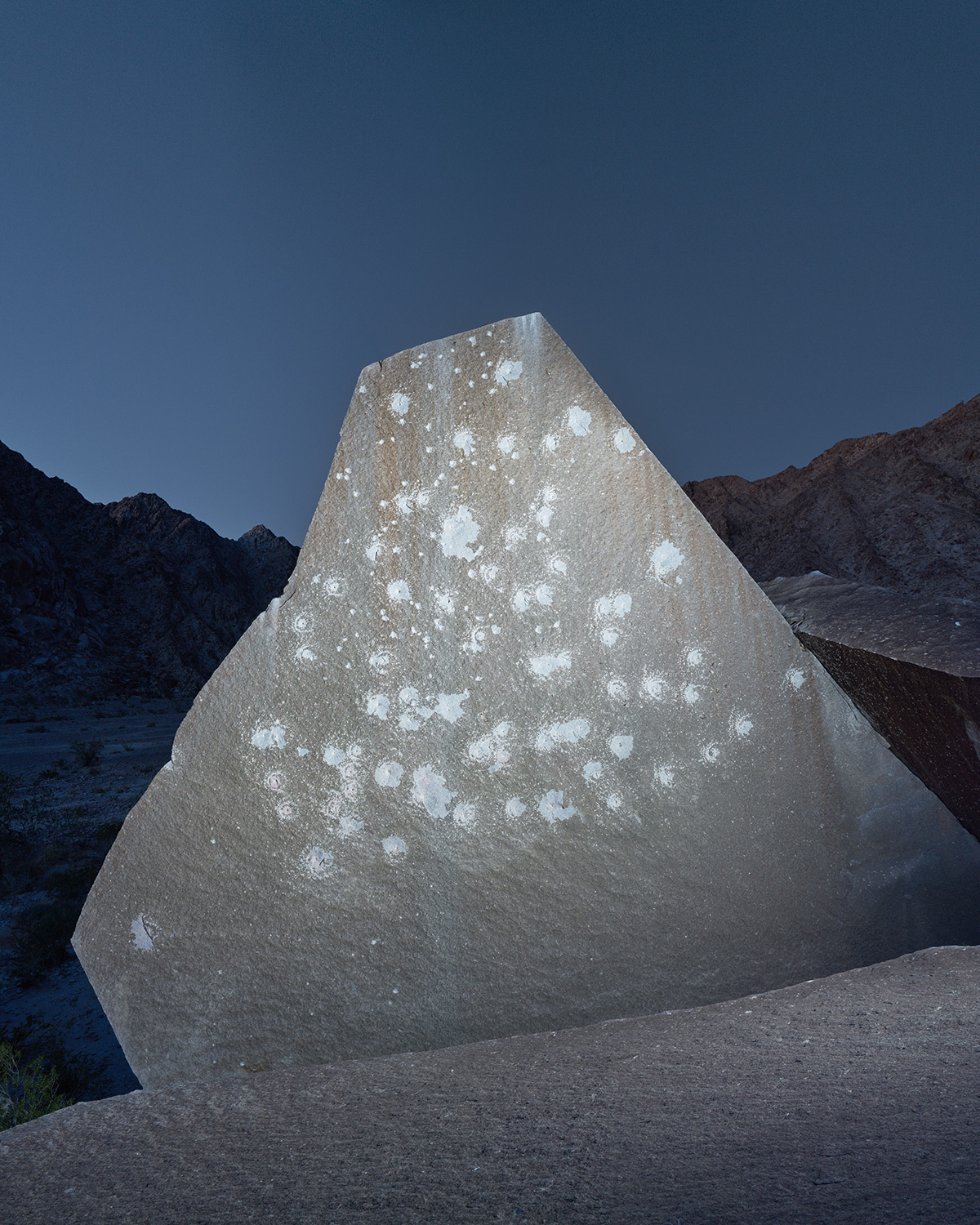
An unnerving beauty is present in Michael Lundgren’s Geomancy, shot in the American Southwest and Mexico. On view at San Francisco’s Euqinom Gallery from 5 January – 23 March, the series delves into photography’s somewhat contradictory ability to both reflect and reconstruct nature. This enigma is perpetuated by Lundgren’s focus on spaces and objects that reference the history of an occupied land. Aiming to intervene with our conceptions of the world, the sculptural and symbolic nature of the objects is enhanced by Lundgren’s process of image manipulation within the camera, darkroom and computer.
Pictured, Impact, 2017, by Michael Lundgren. © Michael Lundgren, Courtesy of Euqinom Gallery
Writer: Sophie Gladstone
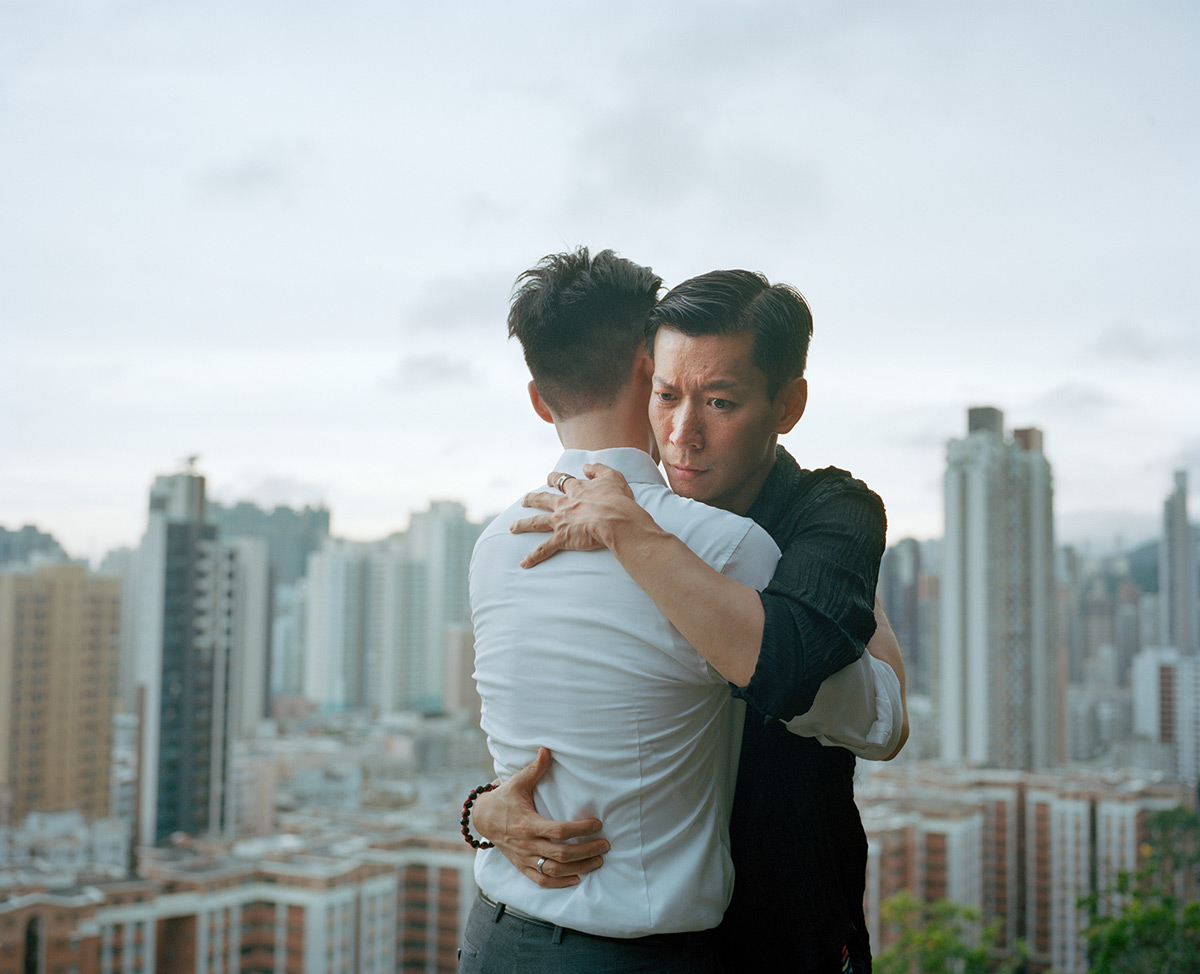
Photographer and video artist Ka-Man Tse – winner of Aperture’s 2018 Portfolio Prize – offers a revealing look at Asian Pacific Islander and LGBTQ communities in her latest series. Each meticulously composed frame offers a quiet moments of introspection, from the tender embrace of two men against Hong Kong’s commanding skyline to a gender-nonconforming person looking upon their reflection in a mirror. ‘In the contested and contingent spaces in the home, in the public realm, holding a space and a conversation is an act,’ explains the photographer in her project statement. ‘Ka-Man Tse: narrow distances’ is on view at New York’s Aperture Foundation until 2 February.
Pictured, Untitled, 2017, by Ka-Man Tse. Courtesy of the artist
Writer: Jessica Klingelfuss
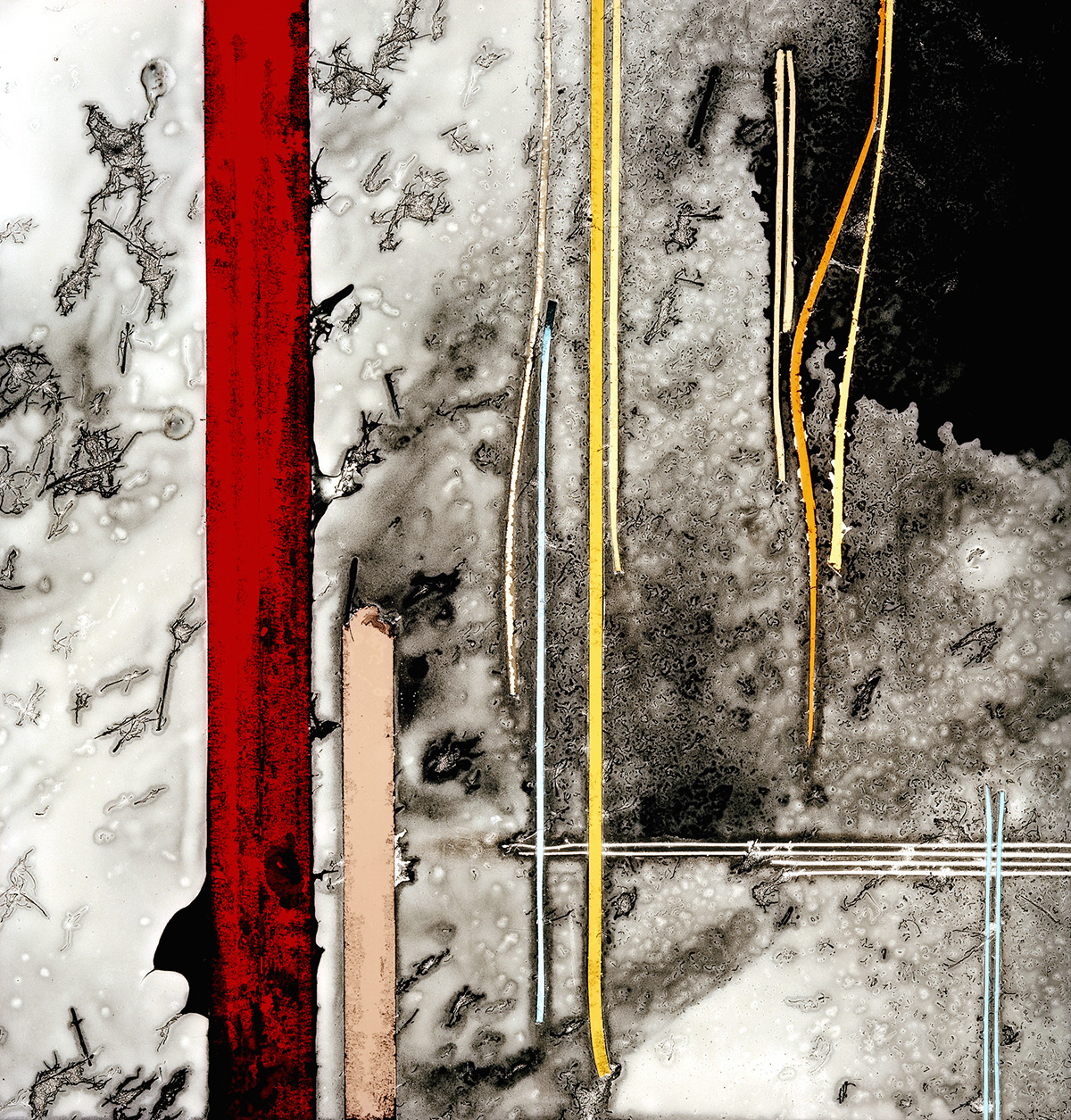
In her newest series, Amy Finkelstein manipulates India ink on drafting film, backlighting her organic compositions and then capturing the results on a film camera. The South Carolina-born artist’s seeks to capture ‘unpredictable evidence of force and noise’ in her chromogenic prints, alluding to natural systems dictated by a systematic chaos. The hand-crafted, entropic quality of her images recall the works of sculptor Eva Hesse and abstract painter Agnes Martin, eschewing ‘industrial sterility’. ‘If Only’ is on view at New York’s Elizabeth Houston Gallery until 26 January.
Writer: Jessica Klingelfuss
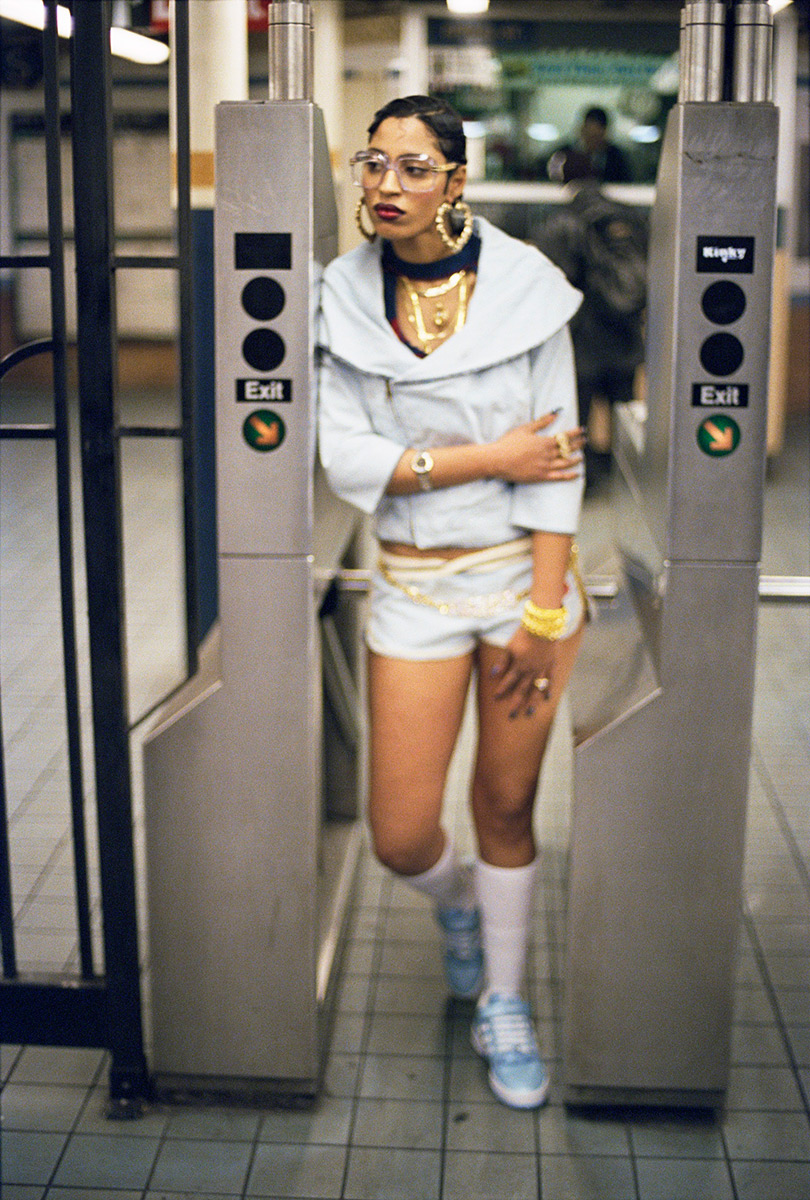
Whether’s it’s urban architecture or colourful characters, New York has long fascinated photographers. A new exhibition ‘City Metro’ – on view until 2 February at Cologne’s Galerie Bene Taschen – reveals a different side of the Big Apple through the lens of Jamel Shabazz. The Brooklyn-born photographer captures passengers on New York’s transit system through his ‘unclouded gaze’, weaving a visual tapestry of the city’s social fabric and his subjects’ fashion and moods.
Pictured, Fly Girl, SoHo, NYC, 2004, by Jamel Shabazz. © Jamel Shabazz. Courtesy of Galerie Bene Taschen
Writer: Jessica Klingelfuss
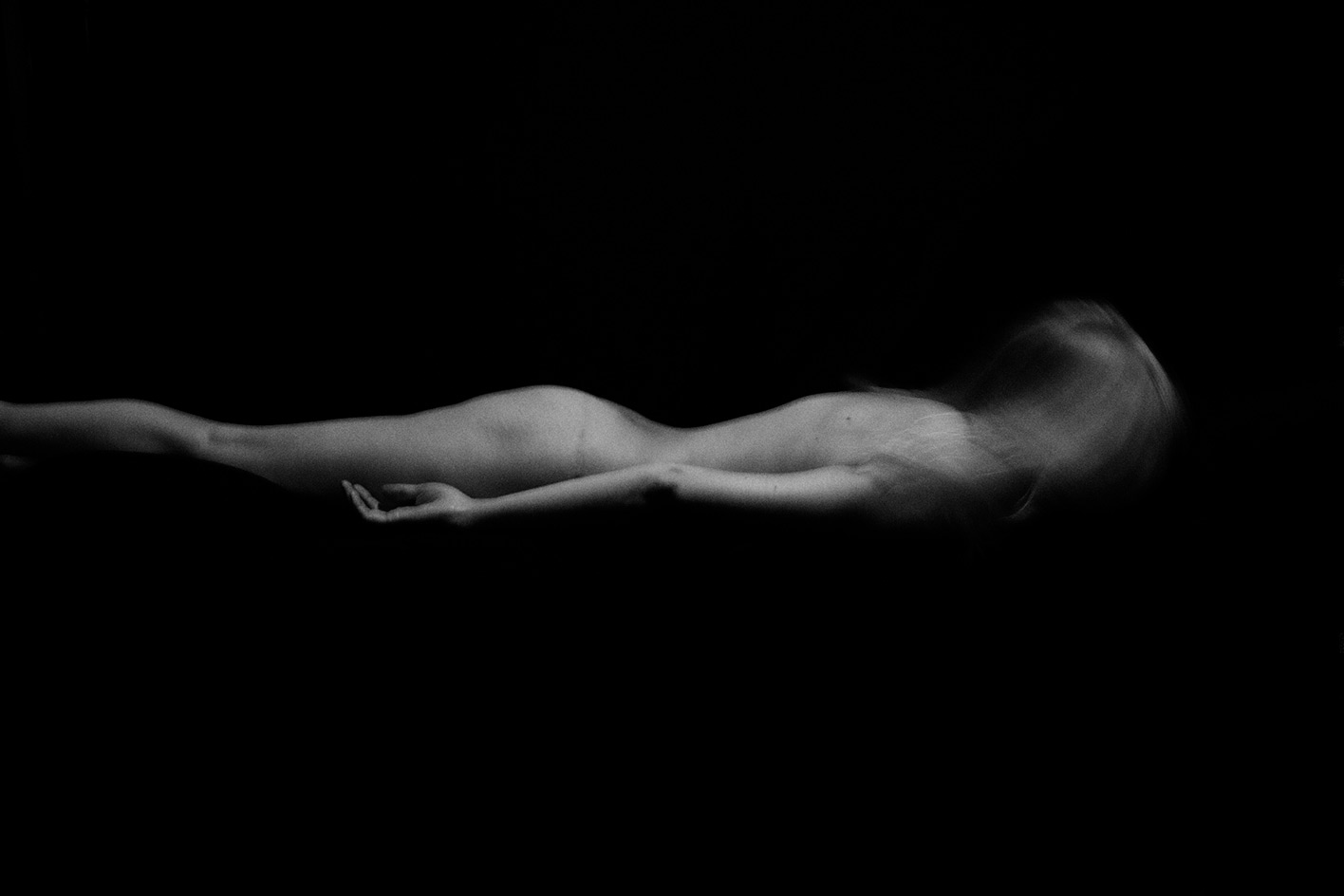
‘Neither a “lost generation” nor a “futureless generation”, they are the generation of the in-between,’ explains project creator and curator Klavdij Sluban of the 18 photographers he has brought together for ‘If Slovenia Were’. Realised as a limited-edition book and exhibition at Brestanica’s Rajhenburg Castle (on view until 21 April), the project presents a photographic vision of Slovenia through the eyes of Ciril Jazbec, Irena Jurca (whose Endless Dream is pictured here), Katja Goljat and more. Each photographer developed a body of work specifically for ‘If Slovenia Were’, mining their own personal experiences, and subjects ranging from globalised suburbia to immigration and Slovenia’s own fraught history.
Writer: Jessica Klingelfuss
-
 Curvilinear futurism meets subtropical beaches at Not A Hotel’s ZHA-designed Okinawa retreat
Curvilinear futurism meets subtropical beaches at Not A Hotel’s ZHA-designed Okinawa retreatZaha Hadid Architects has revealed the design for the first property in Not A Hotel’s futuristic new Vertex collection, coming soon to southern Japan
-
 Gorden Wagener leaves the helm of Mercedes-Benz design after 28 years with the company
Gorden Wagener leaves the helm of Mercedes-Benz design after 28 years with the companyThe German designer is stepping down from the role of chief design officer at Mercedes-Benz. We look back at his influence and impact on the world of automotive and luxury design
-
 These Christmas cards sent by 20th-century architects tell their own stories
These Christmas cards sent by 20th-century architects tell their own storiesHandcrafted holiday greetings reveal the personal side of architecture and design legends such as Charles and Ray Eames, Frank Lloyd Wright and Ludwig Mies van der Rohe